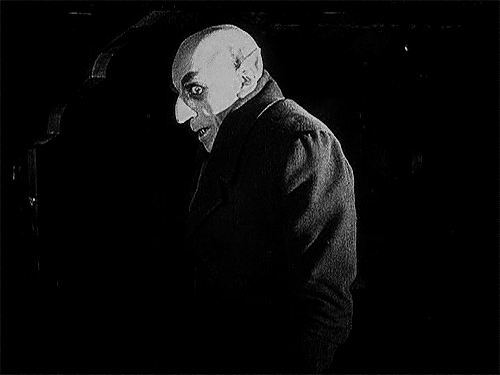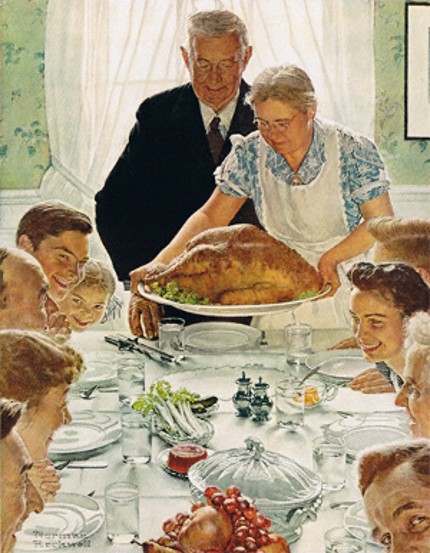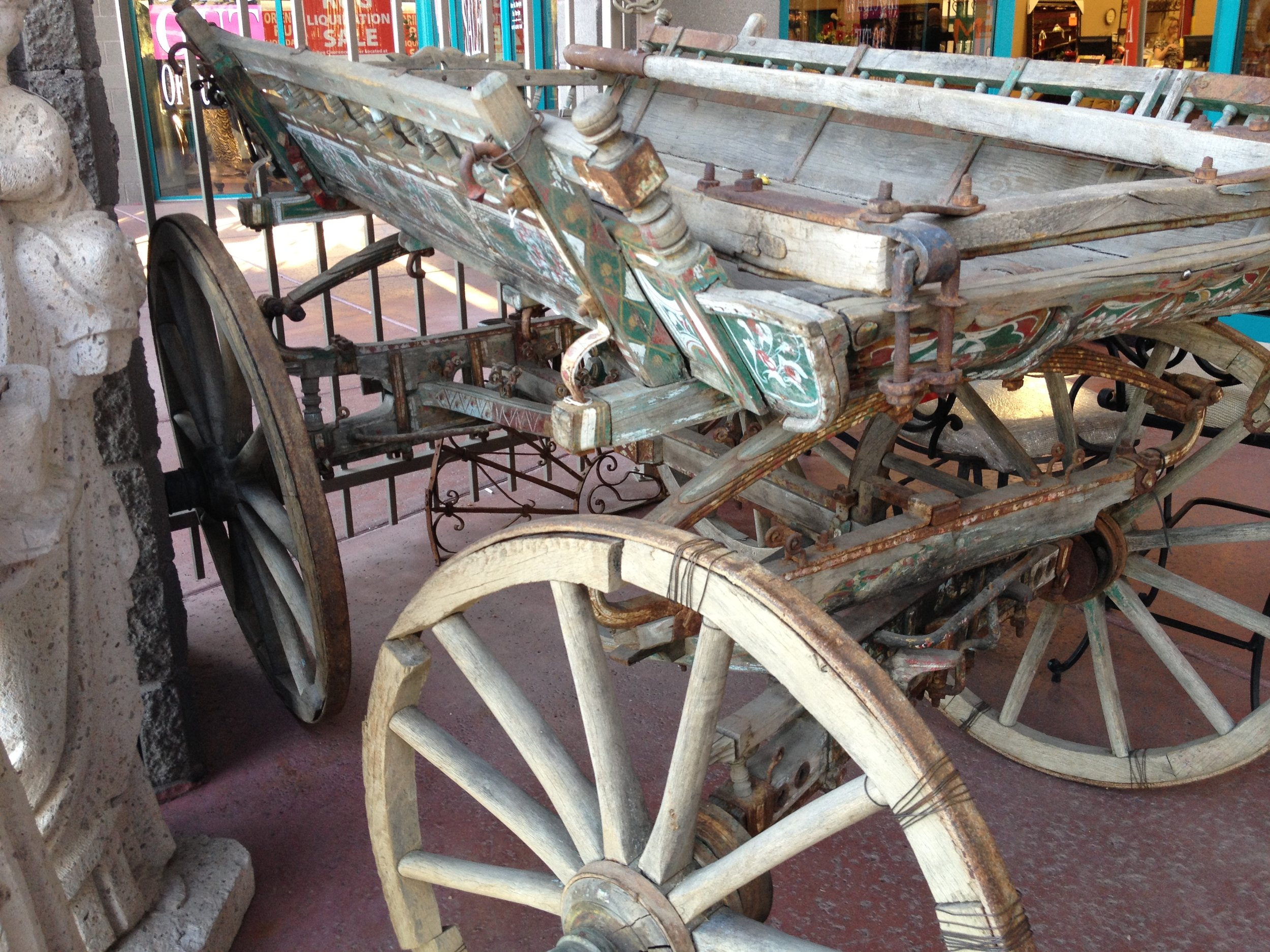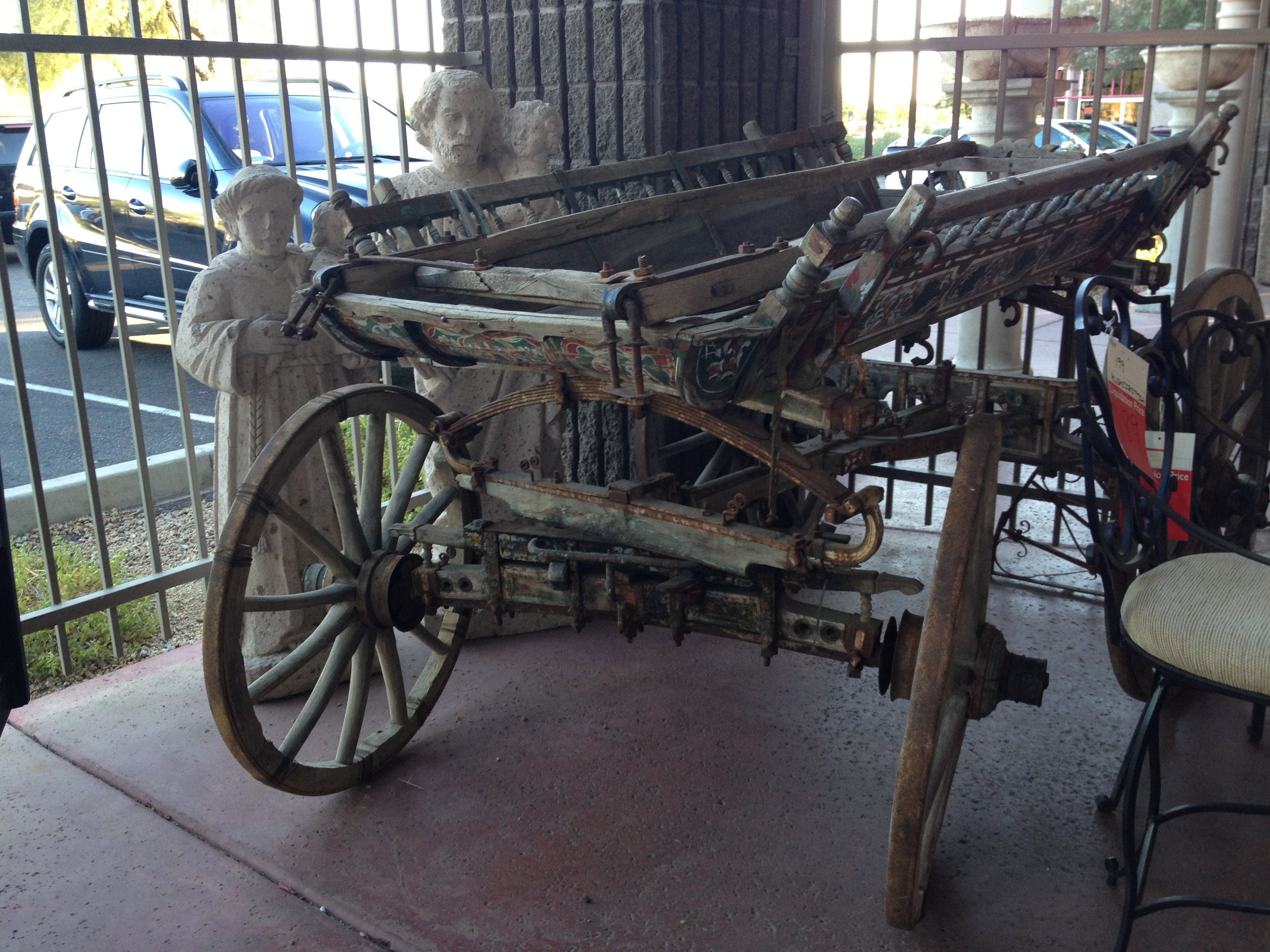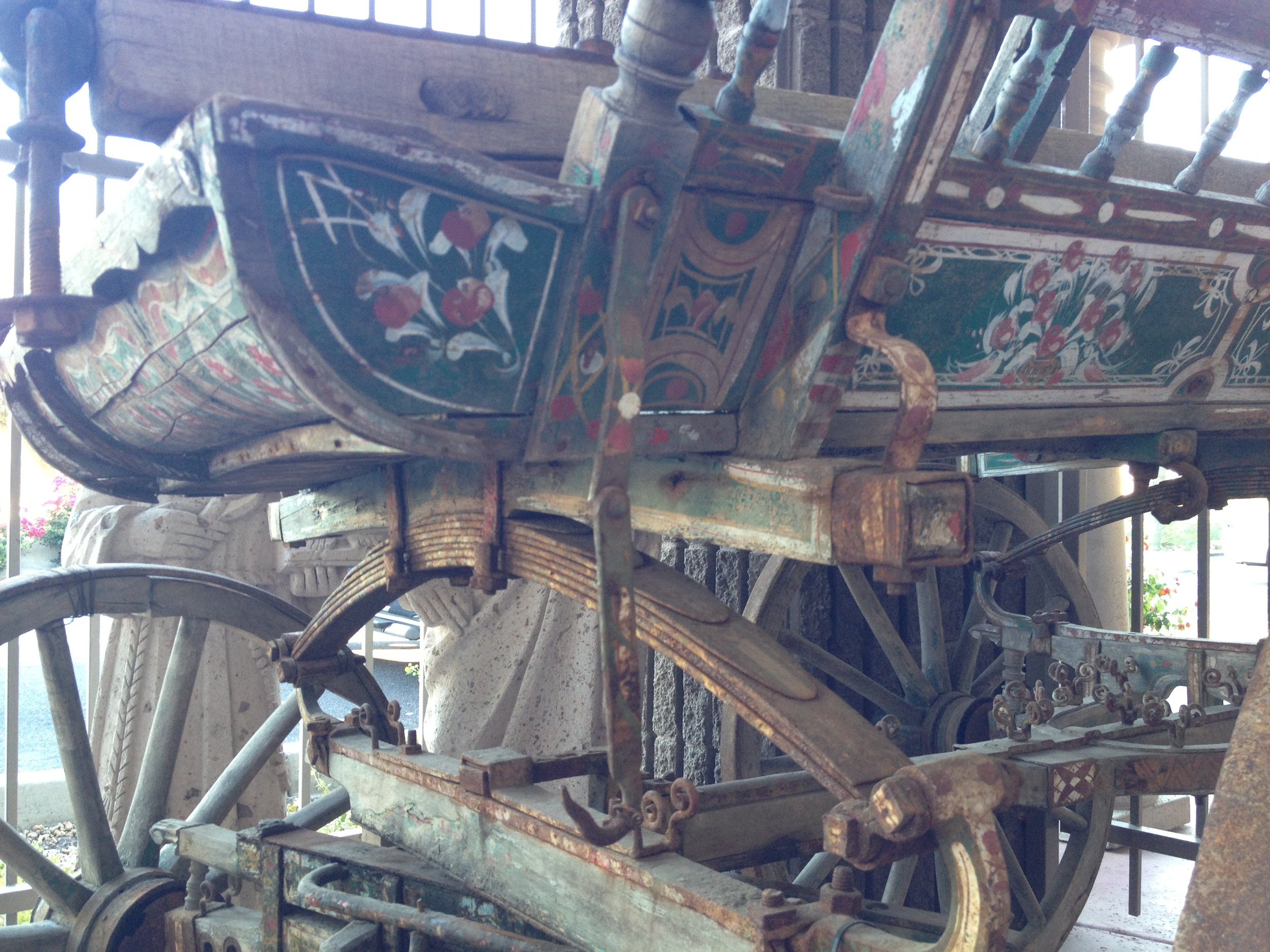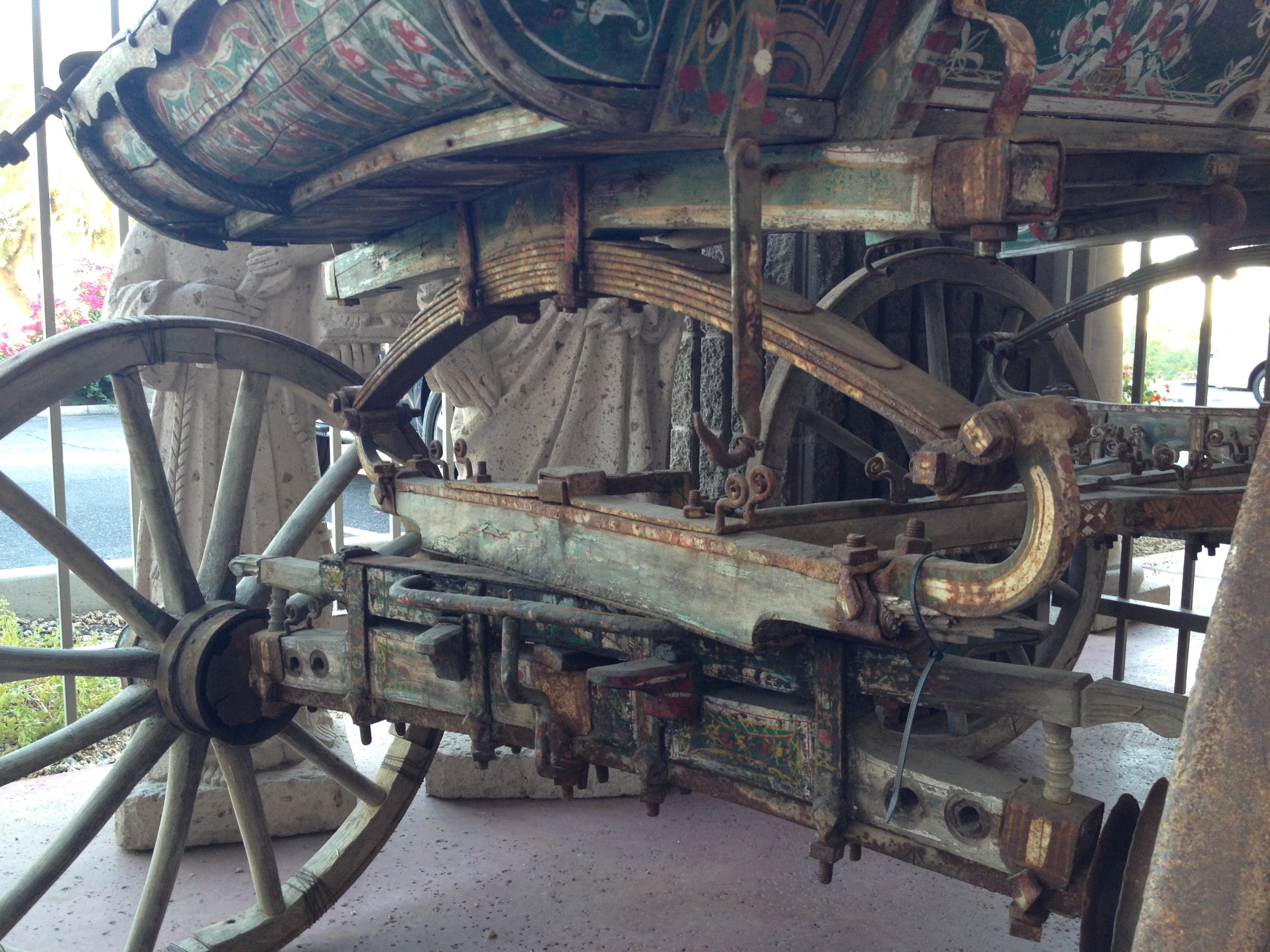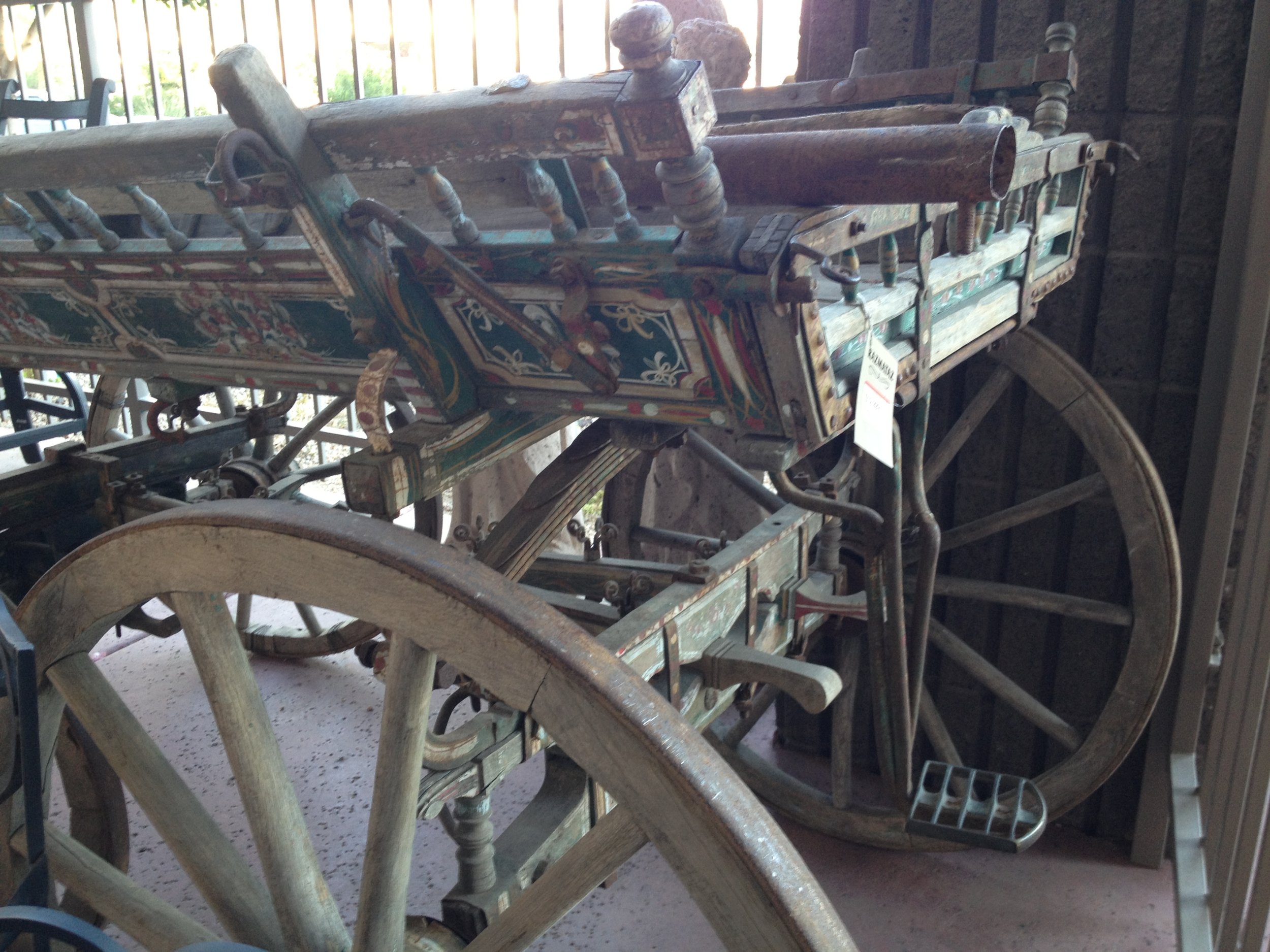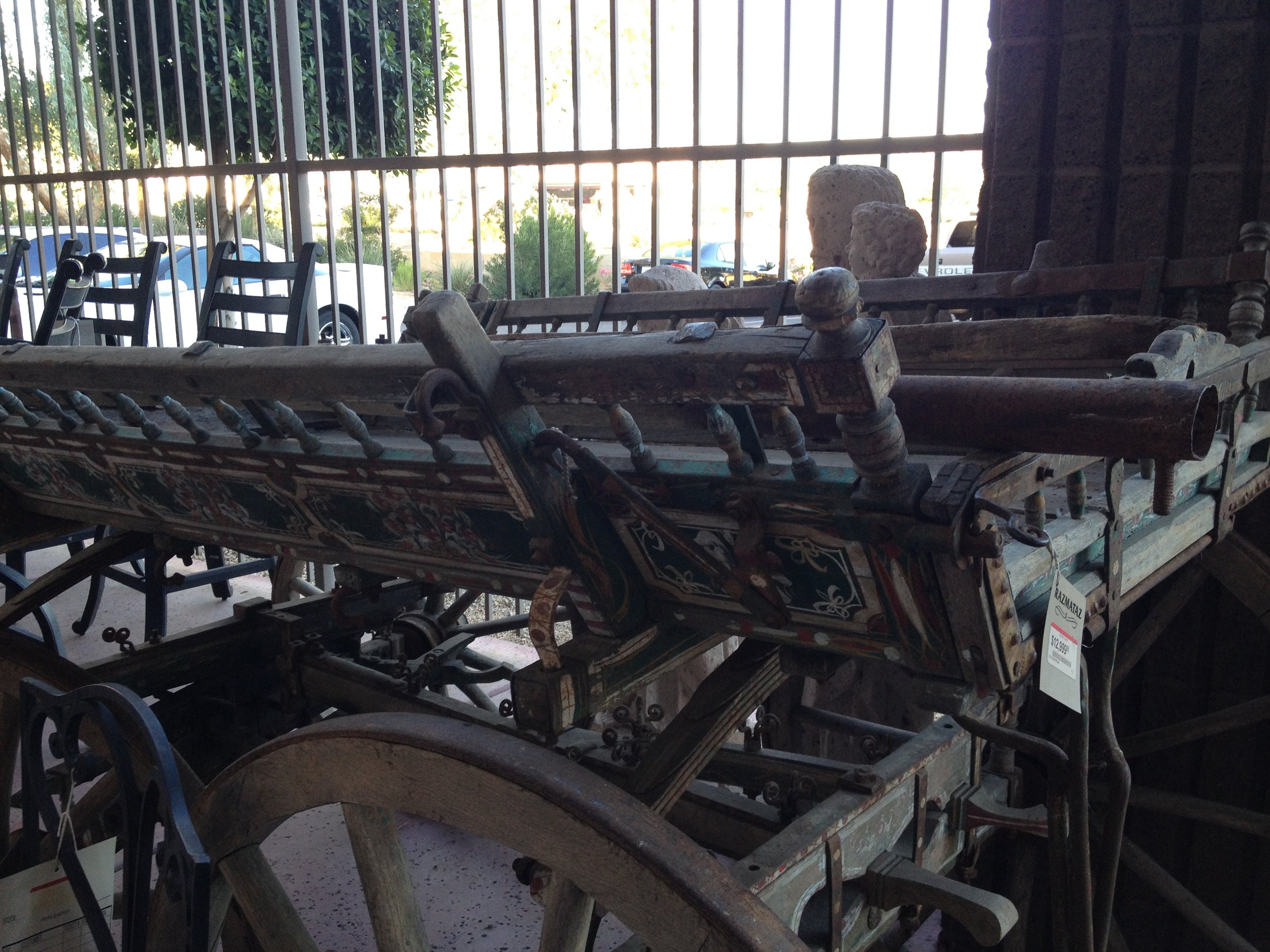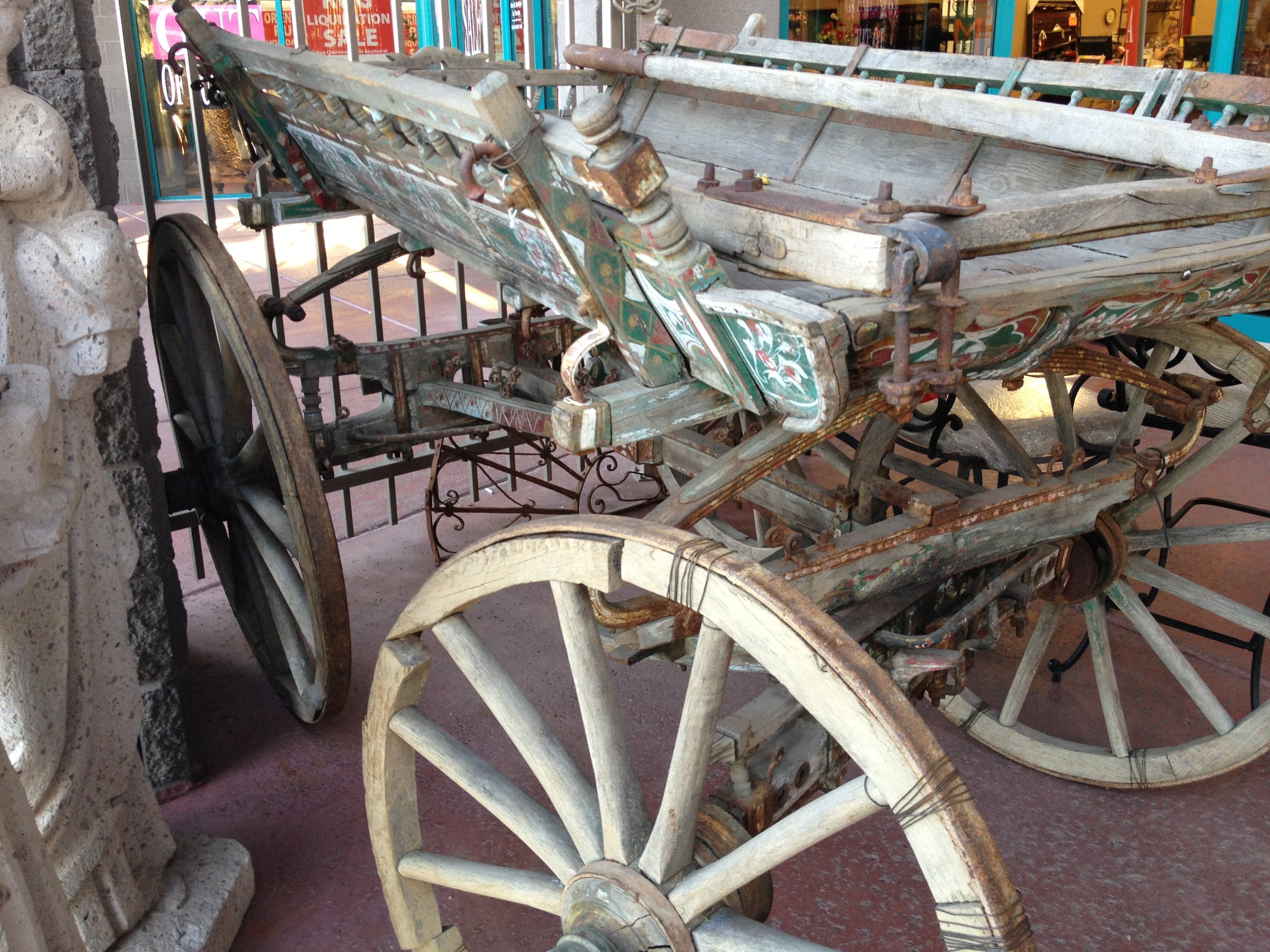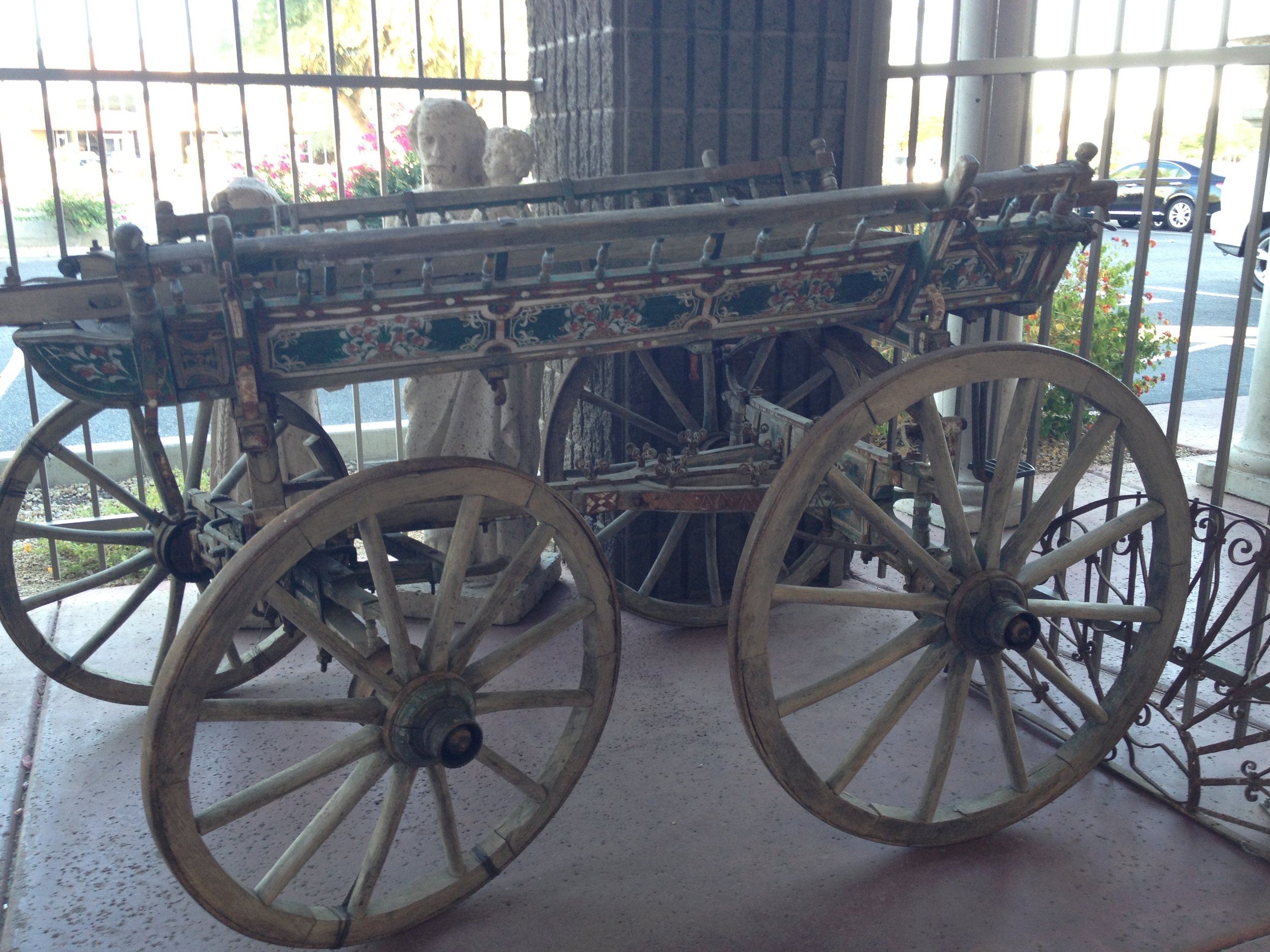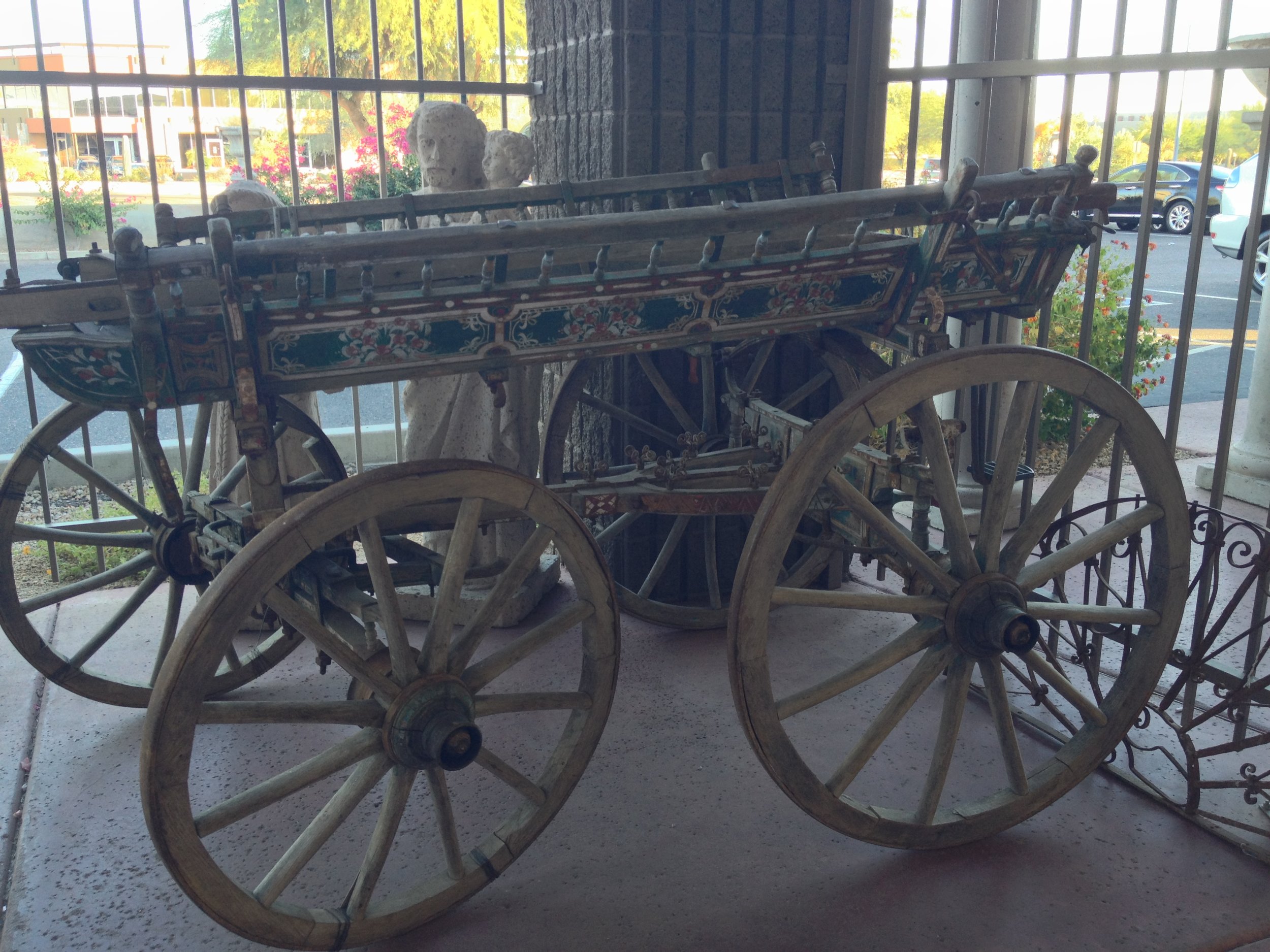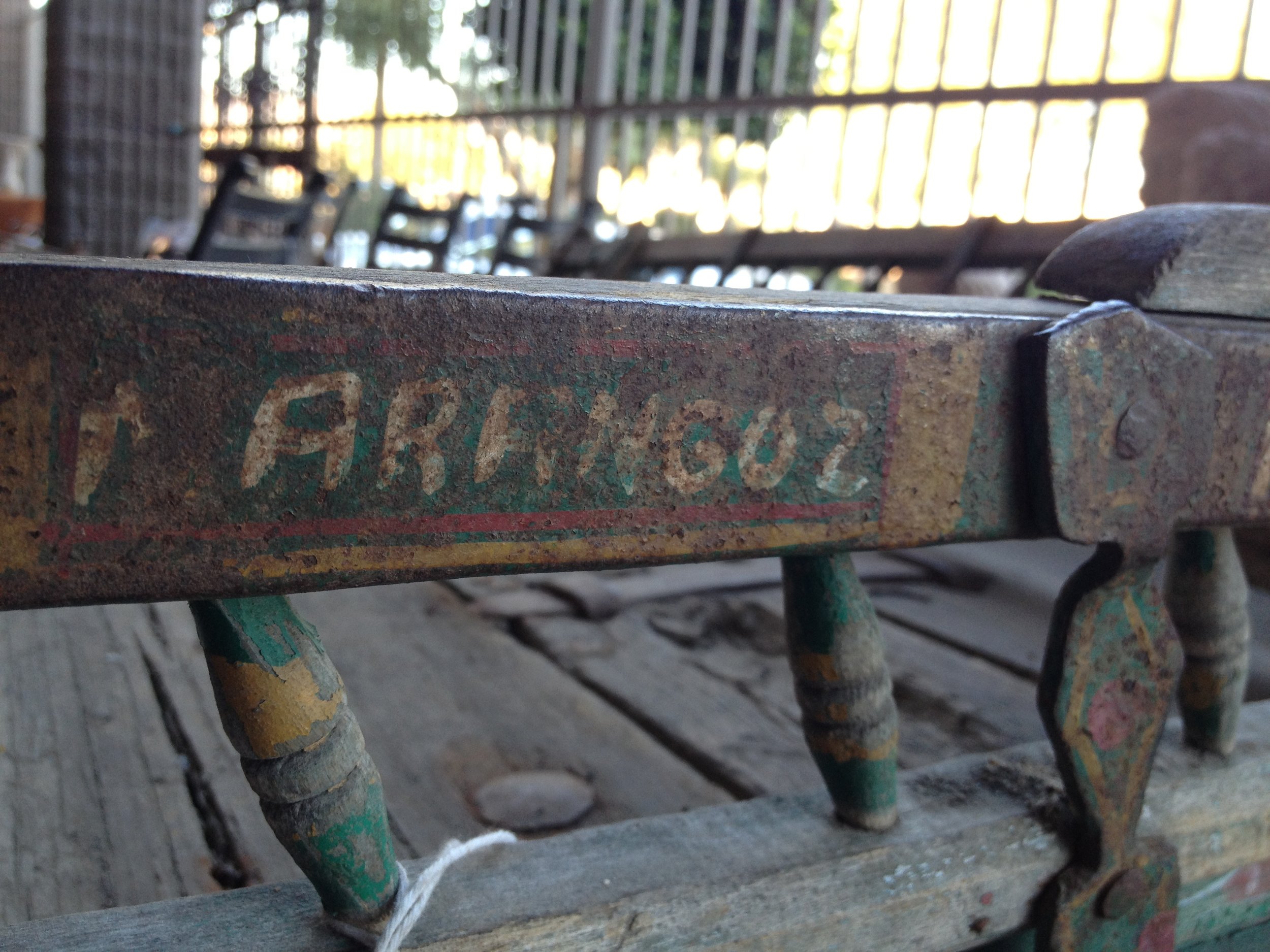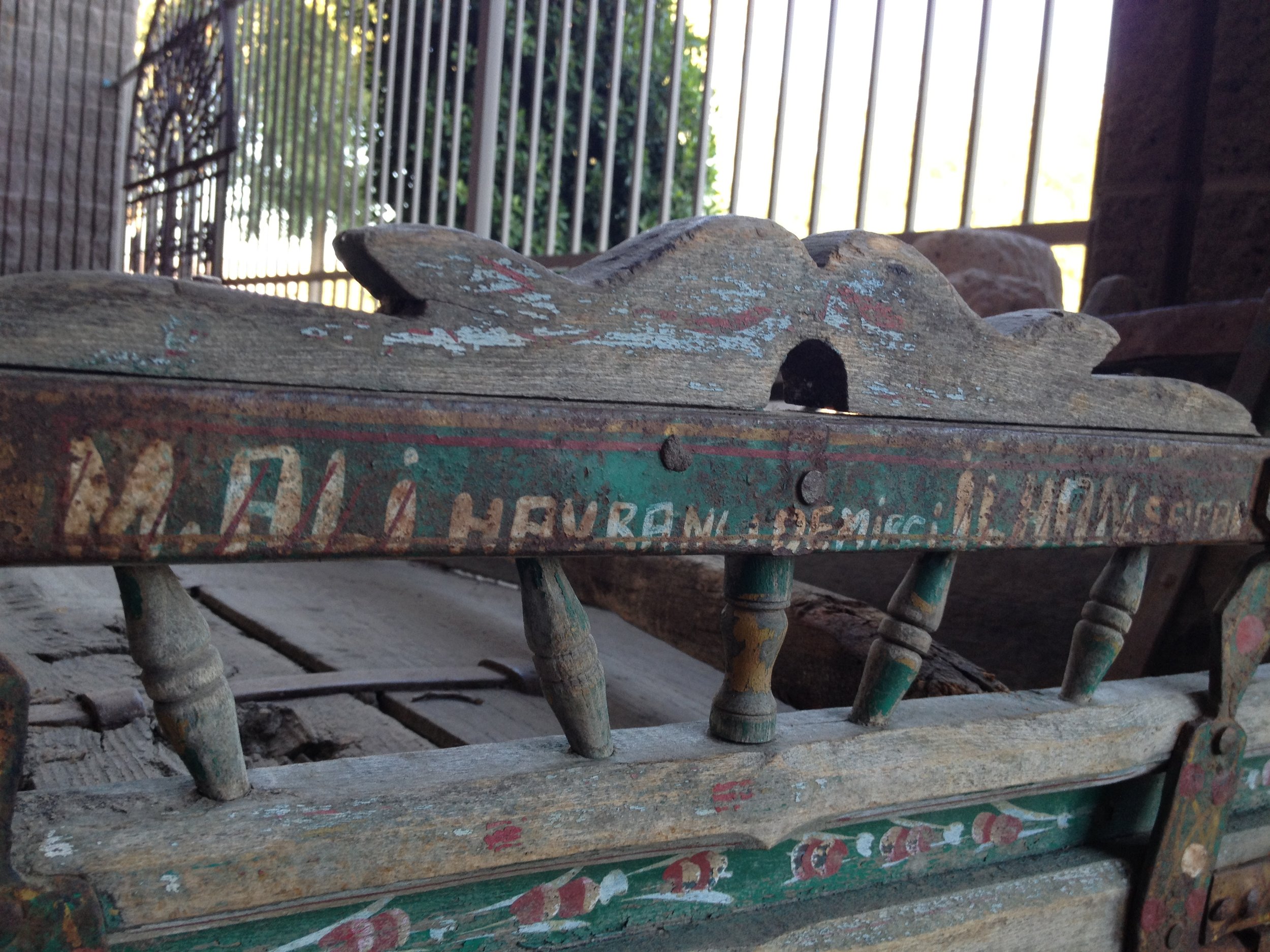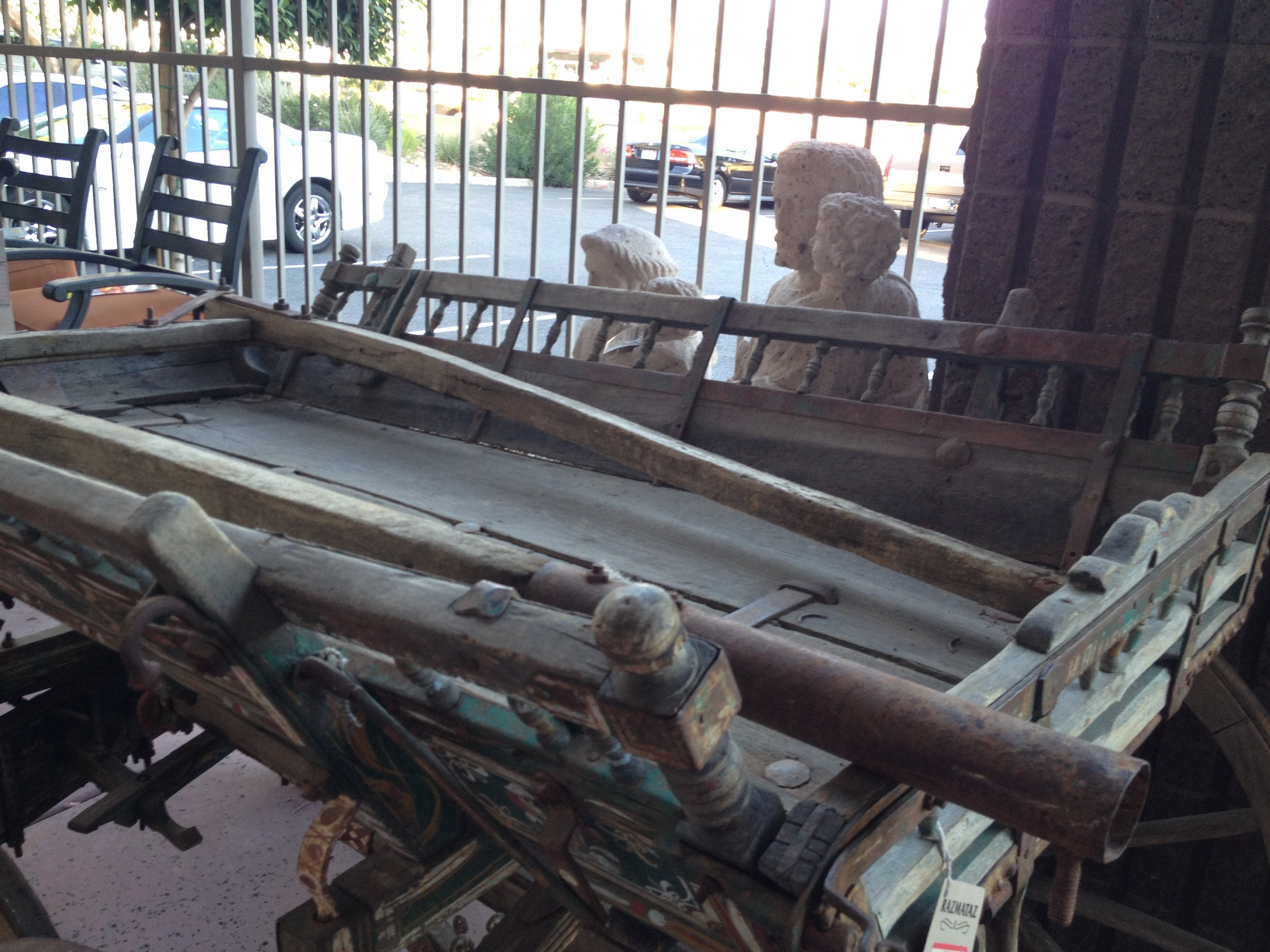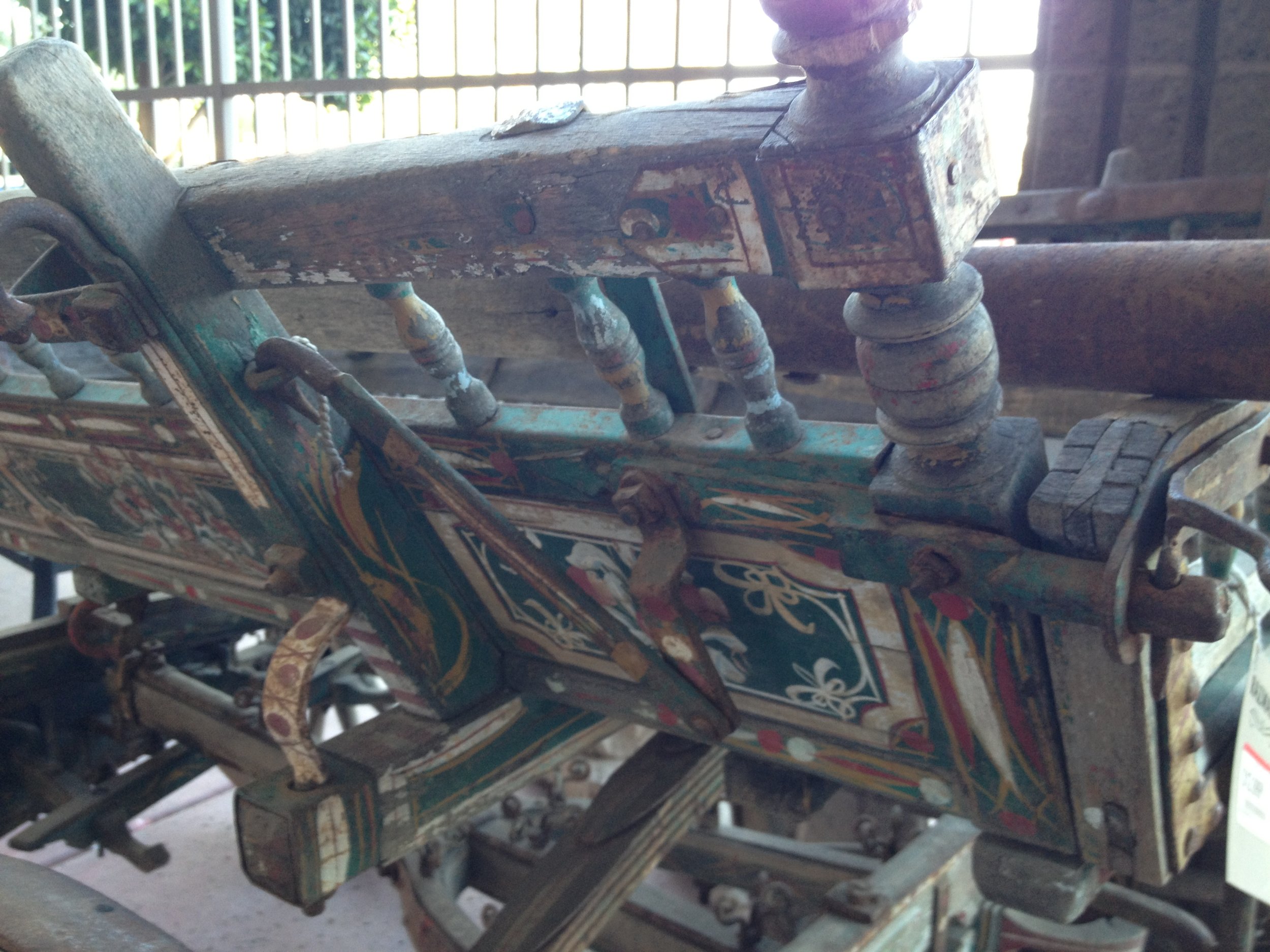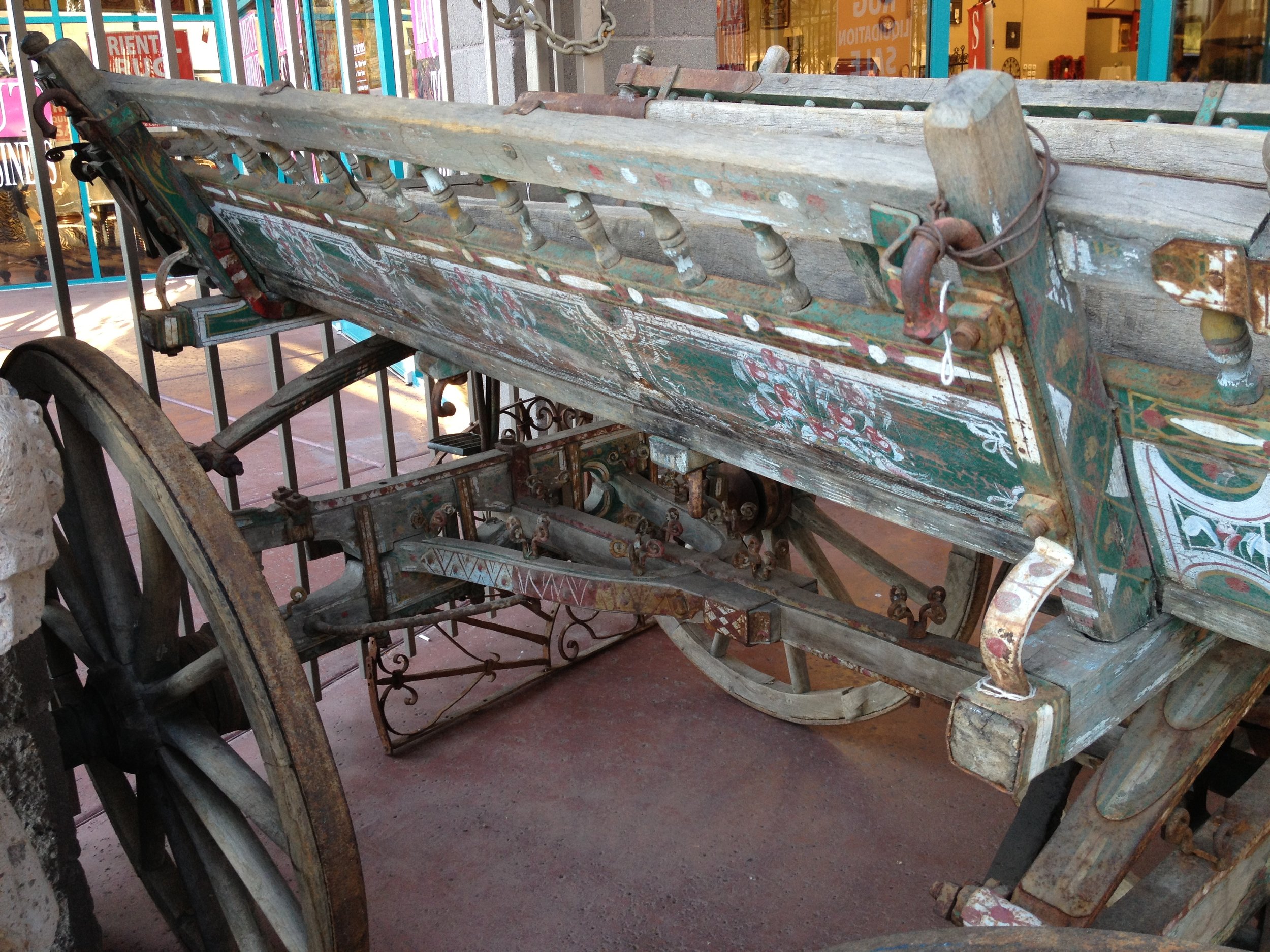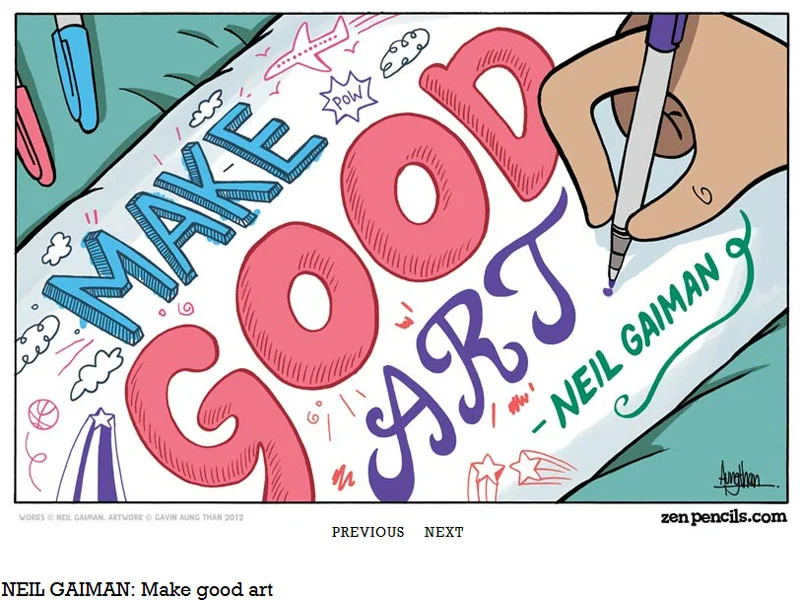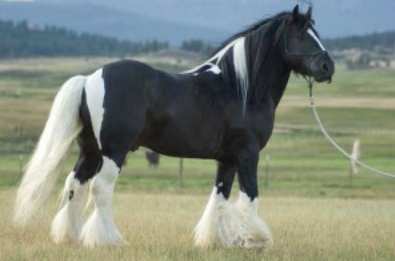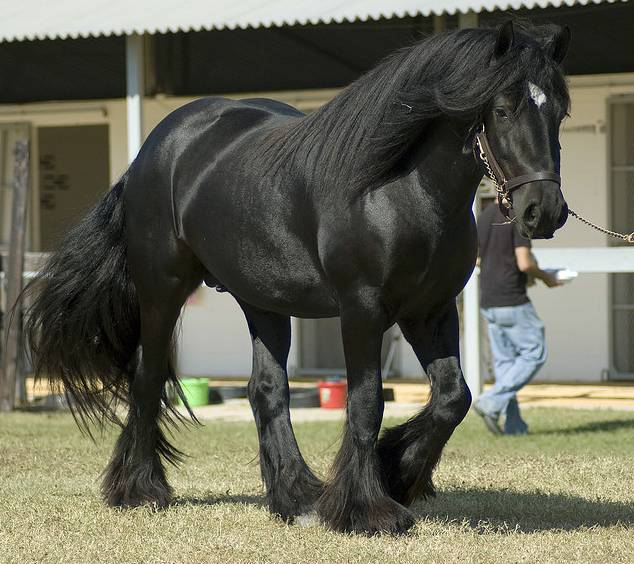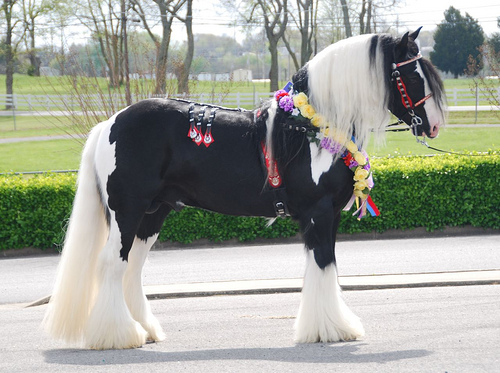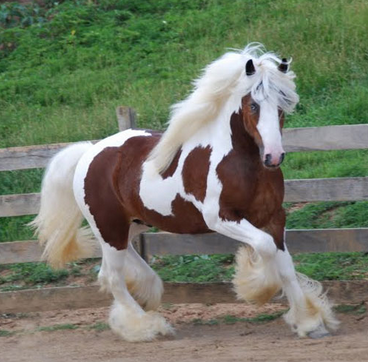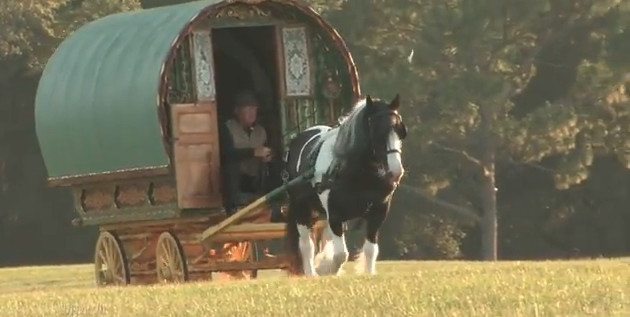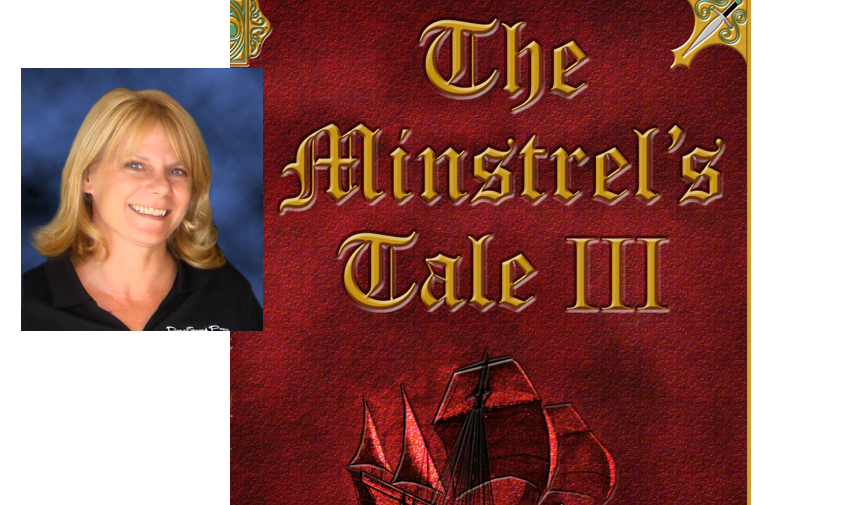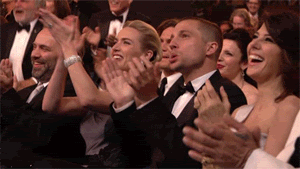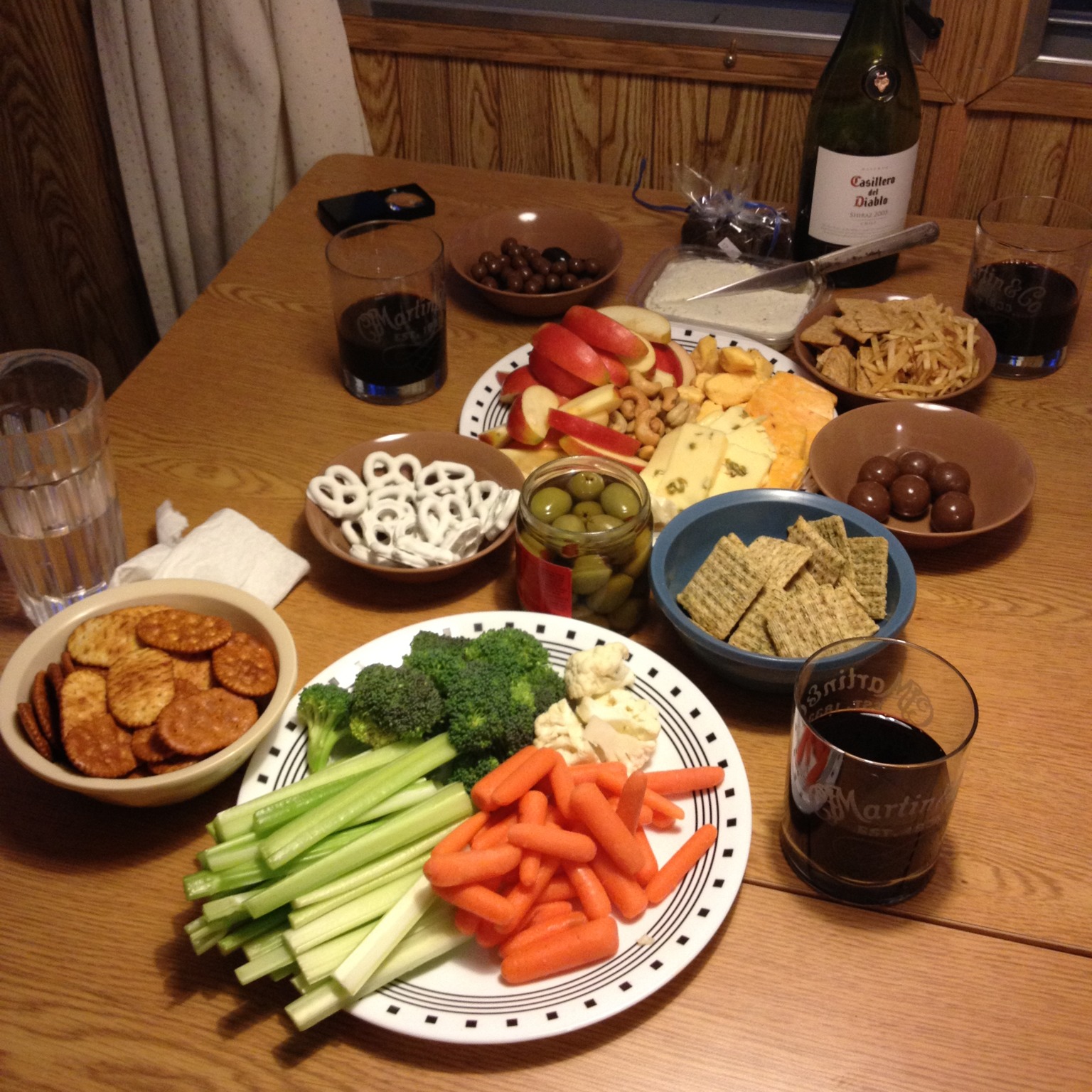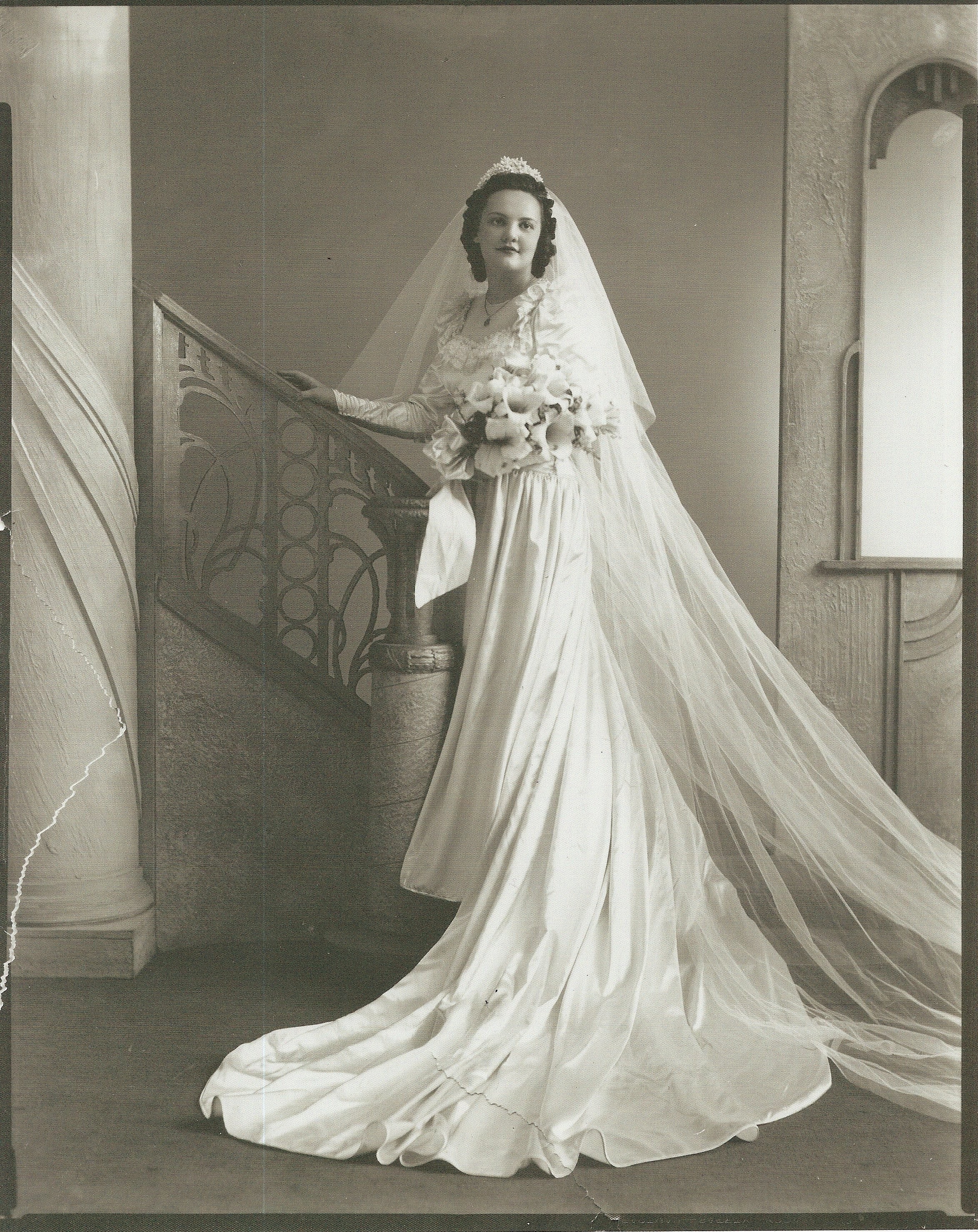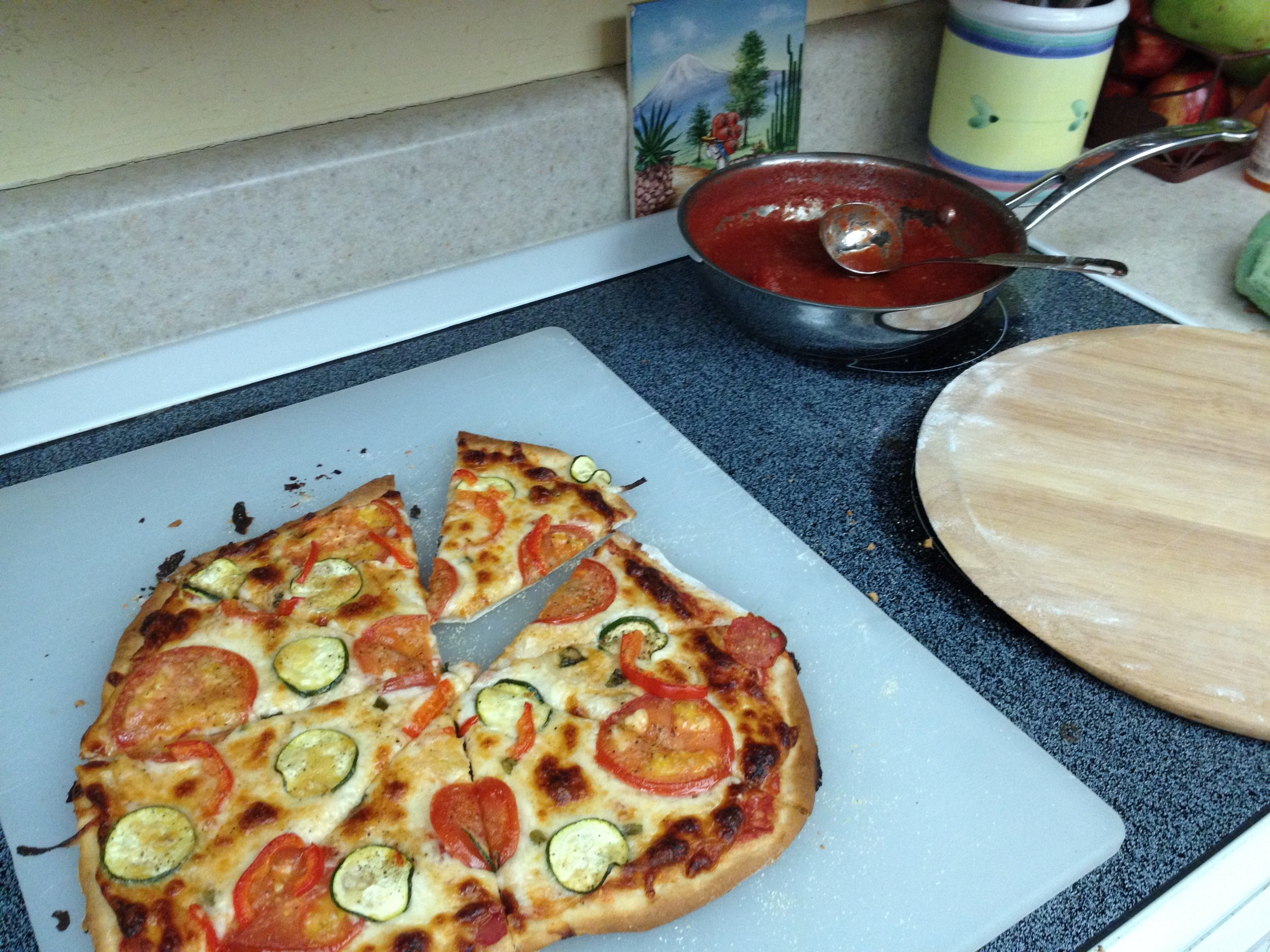Why Do You Write?
I have been working on my book for FOUR YEARS. Four years. God, I hate to say it.
One of the first pieces of advice I received as a writer was, "don't tell anyone you're a writer," this person said, "unless you actually get paid for it."I thought this was a great idea, because as soon as you tell someone you're a writer, they start asking questions.
Wow. A writer? Really?
Well what kind of stuff do you write?
You've piqued their interest. They want to know more. You answer:
I have a blog and I write about my horses, my family, and writing. And I have a few articles published online.Oh.
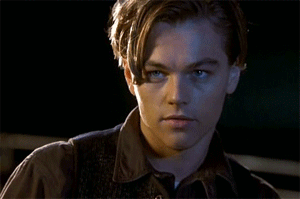 You realize they are unimpressed - you pull out the big guns. You confess:
You realize they are unimpressed - you pull out the big guns. You confess:
And...I'm working on a book.
Oh yeah, what's it about?
You tell them that it's a middle-grade fantasy adventure, set partly in this world and partly in a magical world.Their faces belie the thought going through their head: a children's book? So you decide, well, you've already lost them, why not keep going? You throw in:Oh, yeah, there's a Unicorn it it, too. And fairies.
So you decide, well, you've already lost them, why not keep going? You throw in:Oh, yeah, there's a Unicorn it it, too. And fairies. Then they give you that face, without even thinking of it. That Oh-my-god-did-she-just-say-she's writing-a-book-about-Unicorns?That face.The kind of face I have when my uncle talks about aliens.
Then they give you that face, without even thinking of it. That Oh-my-god-did-she-just-say-she's writing-a-book-about-Unicorns?That face.The kind of face I have when my uncle talks about aliens. You've lost them, and now they are trying to think of ways to get out of the conversation. They nod, smile, wish you good luck, and they're on their way.Basically people aren't impressed with the fact that you write unless you make a living as a writer.Problem is, it's kind of a hard thing to get into. The ultimate Catch 22: You can't make a living as a writer without first writing for free (i.e., working on a manuscript before you can sell it), but while you are writing for free, you aren't really considered a "writer."It takes a lot of time and a lot of work, and if you aren't currently being paid for it, that means you are unemployed. OR, if you are employed, you are probably doing something like stocking magazines, or working in a laundry or waiting tables, or whatever, then coming home and taking care of your family, cooking dinner, doing laundry, driving kids to soccer practice, all the while daydreaming about what your characters are doing in that scene that you might be able to get to if you wake up an hour early tomorrow morning.
You've lost them, and now they are trying to think of ways to get out of the conversation. They nod, smile, wish you good luck, and they're on their way.Basically people aren't impressed with the fact that you write unless you make a living as a writer.Problem is, it's kind of a hard thing to get into. The ultimate Catch 22: You can't make a living as a writer without first writing for free (i.e., working on a manuscript before you can sell it), but while you are writing for free, you aren't really considered a "writer."It takes a lot of time and a lot of work, and if you aren't currently being paid for it, that means you are unemployed. OR, if you are employed, you are probably doing something like stocking magazines, or working in a laundry or waiting tables, or whatever, then coming home and taking care of your family, cooking dinner, doing laundry, driving kids to soccer practice, all the while daydreaming about what your characters are doing in that scene that you might be able to get to if you wake up an hour early tomorrow morning. But if you are lucky enough to quit your day job for a couple of months, others in your life will assume you have all this time on your hands because:
But if you are lucky enough to quit your day job for a couple of months, others in your life will assume you have all this time on your hands because:
You Don't Do Anything All Day.
And then, because you "don't work," you will get all of the extra side-chores to do, like getting that thingamabob fixed and calling the plumber and oh, yeah, can you (Fill in the Blank) for me??And then when you're not there they say to each other:
She calls herself a writer. She hasn't written anything!What she really needs to do is go get her hair done.Yeah, or update her wardrobe.Is she gaining weight?Are people even buying books anymore?
Or some such drivel. (It's not that you're paranoid, it's just you've heard them talk before. Or maybe you are paranoid. Either way.) Either way, I really didn't talk much about my writing, and then when I did, I let others make me feel ashamed for doing something so impractical.That was my mistake. Then for whatever reason, I just started owning it. I'm a writer. I write things. I hope to one day get paid for it, but for now I consider this as me building my resume.
Either way, I really didn't talk much about my writing, and then when I did, I let others make me feel ashamed for doing something so impractical.That was my mistake. Then for whatever reason, I just started owning it. I'm a writer. I write things. I hope to one day get paid for it, but for now I consider this as me building my resume.
And, yes, here's the horrible, shameful, awful truth:I have been working on my book for FOUR YEARS. Four years. God, I hate to say it. I'm truly embarrassed to admit it. I'm even thinking twice about revealing the truth as I type this. But I'm trying this new thing where I'm just open and honest. It's hard, because I'm so afraid of being judged--but I'm also sick of trying to make everyone on the planet happy except me.And, I like it when people are open and honest, even when it's horribly embarrassing. I LOVE this scene from Love Actually, and wish more people would be this candid:http://youtu.be/yVcieIZb3_UEverything else in my life, I have quit before I accomplished what I'd wanted to. And every time I think it would be easier if I just left this book in a drawer, I can't. I can't quit. I don't care if I don't finish it until I'm 85, I will keep writing this story until it's done. I don't even care if it's a piece of crap. Then I will just start revising.Do I think I'm writing the great American teen novel, and that I will have Rowlings-esque leagues of fans clamoring for autographs?No, But I do know that I'm following the 2nd piece of writing advice I ever got:
Write the book you wish existed.
I mean, somewhere along the line, someone had to tell Stephanie Meyers she was crazy for writing about young vampires in love.I would have read this book (my book, I mean) when I was in this place. The place between being a kid and being a teen. Ready for listening in on adult conversations, for making your own decisions, and ready for that first kiss. For adventure.But I like my magic a little more like the Renaissance Fair than Tales From the Crypt. I was scared to shit of Dracula when I was a kid. There's no way I would have read a book about vampires.
And I know there are tons of other readers out there who prefer their magic on the "happy" side. (Ever heard of Bronies??)And dude, seriously, when was the last time you heard someone say:
"I HATE UNICORNS!"You haven't, becauseEVERYONE LOVES UNICORNS.
http://giphy.com/embed/VRcgZakrc21ji?html5=trueWhen I finish my book I'll send NPH a signed copy. Hopefully he'll still be alive by then. Meanwhile, I will be working on my book (and going back to school, but more on that later).
Meanwhile, I will be working on my book (and going back to school, but more on that later).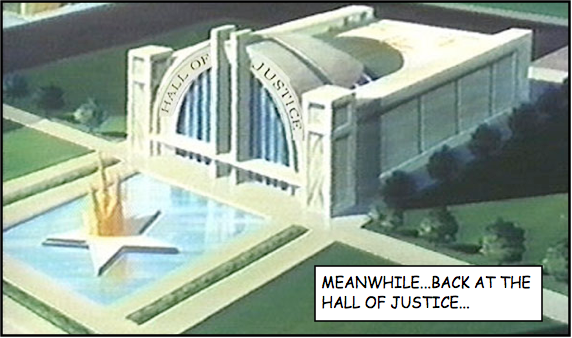 Some thoughts that keep me positive and motivated:
Some thoughts that keep me positive and motivated:
- It took JK Rowling 7 years to write Harry Potter.
- It took JRR Tolkien 12 years to write The Lord of the Rings.
- It took Jane Austen 16 years to write Pride and Prejudice.
Not that I'm comparing myself or my story to these fine people and their timeless books!It just makes me feel a little better.But that doesn't answer the question - why do I write?I can't help it. I get so many ideas in my head that if I didn't get them out, I think it would explode. That and the fact that I think everyone needs to hear what I have to say because I'm so farging brilliant. So here I am, slaving away, creating the miracle of literature, bestowing upon you the gift that is my genius.You're welcome. ---More Unicorn love HERE.So why is my book still unfinished? I went back to college.
---More Unicorn love HERE.So why is my book still unfinished? I went back to college.
Happy Thanksgiving
Thanks for reading ♡
Today I was listening to a discussion on NPR about retail businesses being open on Thanksgiving day, and how right or wrong that decision may be. One of the things I love about public radio is the fact that they support open debate over many topics, with views from both sides.One person was saying that hey, it's a business decision, it's part of the economy, it's the way things are going now, with such a competitive retail market - stores having to compete with online retailers, yada yada yada.Another was saying yes, but what is it doing to our society when we can't even have ONE DAY where folks can take time off and spend with their families?The response to that was, well, what about all the people NOT in retail who have to work anyways? Police, firefighters, hospital workers, etc. Add to that the fact that many retail workers were jumping at the chance to work the holiday, for the extra pay. Who are we to say they shouldn't work if they want to?Then a comment from a caller came in, so angry and vehemently AGAINST the idea that anyone should work on this holiday, and that it just makes everyone look like greedy slobs, having to make money, or needing to go out shopping for that amazing deal only offered at midnight turkey madness. And how embarrassed she was to call herself an American, and lots of other vicious spewing.To which I say:
Can't we all just get along?
Personally, I think part of the problem with society today (yeah, I'm going there) is that everyone is looking to blame somebody else for everything that has gone wrong in their life, in the country, the world, you name it. The Conservatives blame the Liberals; the Muslims blame the Jews; the Christians blame the Atheists; the Blacks blame the Whites, who blame Everybody Else - and vice, vice, vice, vice versa.
DUDE.
JUST BE NICE TO PEOPLE.
I'm so sick of it. It's like a bunch of kids on the playground, all pointing their fingers at each other:
He did it!No, HE did!She did it first!
Maybe it's having a brother with a tumor in his head that puts it all into perspective. The Jews, Blacks, Conservatives, Muslims - nobody put that tumor there. Not even God. It just is, and it sucks. It sucks that he has to go through a week of heavy-duty physical therapy just to be able to remember how to put his pants on or tie his shoes. It sucks that his wife is so worried and stressed out that she had to be hospitalized as well.So when I hear people bitching about how horrible it is to want to work or shop on Thanksgiving, or, Christians telling people they will "go to hell" if they don't believe in Creationism or have an abortion, or Hamas bombing Gaza because of WHATEVER IT HAPPENED A THOUSAND YEARS AGO. Just fucking love thy neighbor and get over it.So tomorrow, break bread, even if it's with people who irritate you or done you wrong or stole your boyfriend. Just be Thankful you have someone to break bread with. Be Thankful that you have bread to break. Be Thankful that you have the ability to read this, and computer access. Be Thankful that your house didn't get washed into the ocean. Be Thankful that you can sit around the table with those you love. Even if you less-than-love some of them.And be Thankful that you don't have a tumor in your head.And if you do have a tumor in your head, I love you. I'm sending you a big hug.And be nice.Happy Thanksgiving.
Authentic Gypsy Dray Cart For Sale
...containers full of stuff from all over the world - look what they have - an authentic antique gypsy cart. Pretty cool, huh? I couldn't believe it
 Eclipse and Anne did great and placed in their class. He was the only Gypsy competing, and although there seems to be a bit of prejudice on the part of some of the Warmblood crowd against a short stocky horse competing in a sport designed for the lean & lanky, most people loved seeing him there. He definitely draws a crowd, and comparatively is so. much. calmer. than his hot-blooded cohorts, you'd never guess by his demeanor that he is (definitely!) a stallion. Nothing phases him. In fact, Peggy was telling me a story about bathing him in the wash rack at home, when a big branch of her Palo Verde tree broke off with a huge crack, and part of it landed on Eclipse's head. He didn't even flinch; just thought he'd gotten an early lunch delivery and started munching away. That's what makes Gypsy horses so AWESOME. :)Anywho, I was on my way home and saw a furniture store having a going out of business sale, so I thought I'd check it out. They are one of those places that just buys containers full of stuff from all over the world, and look what they have - an authentic antique gypsy cart! Pretty cool, huh? I couldn't believe it. They have it marked at a stupidly high price and I told the lady they're crazy if they think they're going to get that much for it. But I still think its cool. The real deal.Personally, I think it's very negotiable. If you are interested, contact me and I will put you in touch with the salesperson.Here are the pics. Click the images below to go through the slideshow. I tried to get as many shots as I could but just using my iphone in poor lighting makes for less-than-stellar images. Try to look closely, though - there is so much detail, the decorative painting, all kinds of little iron finials, and mechanical parts. It even has the shafts intact. There is some type of writing on the back, but I have no idea what language it is, and the store does not know the country of origin. My guess is Romania. Any guesses? Leave a comment! At any rate, it's interesting just to be able to see a piece of history.Have a great week! xo Heidi
Eclipse and Anne did great and placed in their class. He was the only Gypsy competing, and although there seems to be a bit of prejudice on the part of some of the Warmblood crowd against a short stocky horse competing in a sport designed for the lean & lanky, most people loved seeing him there. He definitely draws a crowd, and comparatively is so. much. calmer. than his hot-blooded cohorts, you'd never guess by his demeanor that he is (definitely!) a stallion. Nothing phases him. In fact, Peggy was telling me a story about bathing him in the wash rack at home, when a big branch of her Palo Verde tree broke off with a huge crack, and part of it landed on Eclipse's head. He didn't even flinch; just thought he'd gotten an early lunch delivery and started munching away. That's what makes Gypsy horses so AWESOME. :)Anywho, I was on my way home and saw a furniture store having a going out of business sale, so I thought I'd check it out. They are one of those places that just buys containers full of stuff from all over the world, and look what they have - an authentic antique gypsy cart! Pretty cool, huh? I couldn't believe it. They have it marked at a stupidly high price and I told the lady they're crazy if they think they're going to get that much for it. But I still think its cool. The real deal.Personally, I think it's very negotiable. If you are interested, contact me and I will put you in touch with the salesperson.Here are the pics. Click the images below to go through the slideshow. I tried to get as many shots as I could but just using my iphone in poor lighting makes for less-than-stellar images. Try to look closely, though - there is so much detail, the decorative painting, all kinds of little iron finials, and mechanical parts. It even has the shafts intact. There is some type of writing on the back, but I have no idea what language it is, and the store does not know the country of origin. My guess is Romania. Any guesses? Leave a comment! At any rate, it's interesting just to be able to see a piece of history.Have a great week! xo Heidi
Jane Says
I don't think I have ever seen a concert where the lead singer was enjoying himself so immensely
Last week I was driving around running errands and listening to Jane's Addiction. Remember Jane's Addiction? God, one of my favorite live recordings ever is "Jane Says."
This is the cover to their debut studio album, ironically titled "Nothing's Shocking." At the time, it was a pretty shocking image to me. The sculpture was made by Perry Farrell, after an image he'd seen in a dream, and most retailers at the time refused to carry it. The album was then sold with a cardboard slipcover.I've been listening to them for 20 some-odd years, but the other day it got me wistful. It reminded me of my post-high school, pre-marriage years when my friends and I worked the late shift at restaurants, stayed out watching live bands in dive bars all weekend, and tried to make our Intro to Theater class Monday morning. Before Starbuck's, before everyone had a cell phone, before iPods, and before anyone realized that computers would soon be cool. The days of driving the 300 dollar, 70s-issued muscle car that your uncle fixed up for you. When we were phasing out of the super-teased headbanger concert hair, and going through our grunge hippie phase. I have another little spot on the web, called "Moongroove." It's a very different site, kind of a little happy place for me to zone out, collect images that make me feel good, and share some of my favorite music. One of the pictures I posted recently really made me want to go to a concert again:
I have another little spot on the web, called "Moongroove." It's a very different site, kind of a little happy place for me to zone out, collect images that make me feel good, and share some of my favorite music. One of the pictures I posted recently really made me want to go to a concert again:
I mean, look at that chick. This image perfectly captures that feeling of having a great time. I used to love going to concerts, and I wanted to go again. But it's not what it used to be. It's expensive! And crowded! And you don't get home til 2:00! And...ugh...it's just easier to stay home, right? Man do I feel old.So I got lucky when I found out that Jane's Addiction would be at the Arizona State Fair. I could go to a concert, the tickets would be cheap, and I'd get home early. Better yet, I invited one of my old-school BFFs. Done!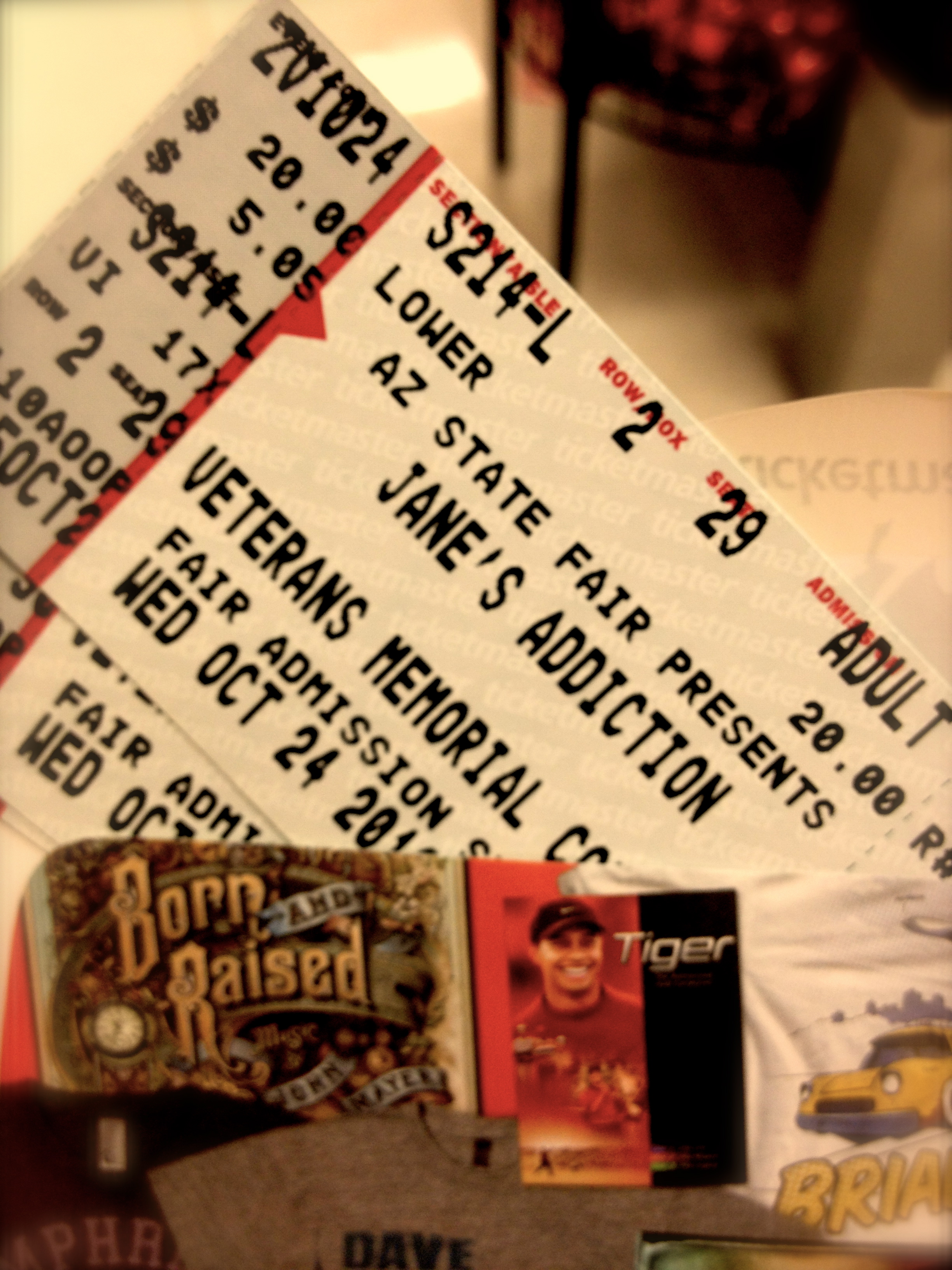 I have to admit, I was a little trepidatious about going...I mean, Perry Farrell's been in & out of rehab how many times? And he's how old? And what's the big deal about Dave Navarro anyway? I was afraid they would just sound...thrashed.OH BOY WAS I WRONG. They were AWESOME! In fact, I couldn't believe how great they sounded. I guess that's one of the good things about going to see a band that made their way by playing live gigs; they just know how to do it. And not only did they sound great, they were fun to watch as well. Dave Navarro just rips on that guitar, and Perry, well, Perry could be his own show. I don't think I have ever seen a concert where the lead singer was enjoying himself so immensely. I mean, he was smiling the whole time. The dude was just having fun and loving life. And you know what? It didn't stop with him. That's the thing about good energy. The whole stadium was having a good time. Everyone was in a great mood. It flowed out of him, and it was contagious.It might have had something to do with the fact that the entire place reeked of weed, but...no, really. It was an awesome show. If you get a chance to see them live, don't give it a second thought. Just go. And have fun.
I have to admit, I was a little trepidatious about going...I mean, Perry Farrell's been in & out of rehab how many times? And he's how old? And what's the big deal about Dave Navarro anyway? I was afraid they would just sound...thrashed.OH BOY WAS I WRONG. They were AWESOME! In fact, I couldn't believe how great they sounded. I guess that's one of the good things about going to see a band that made their way by playing live gigs; they just know how to do it. And not only did they sound great, they were fun to watch as well. Dave Navarro just rips on that guitar, and Perry, well, Perry could be his own show. I don't think I have ever seen a concert where the lead singer was enjoying himself so immensely. I mean, he was smiling the whole time. The dude was just having fun and loving life. And you know what? It didn't stop with him. That's the thing about good energy. The whole stadium was having a good time. Everyone was in a great mood. It flowed out of him, and it was contagious.It might have had something to do with the fact that the entire place reeked of weed, but...no, really. It was an awesome show. If you get a chance to see them live, don't give it a second thought. Just go. And have fun.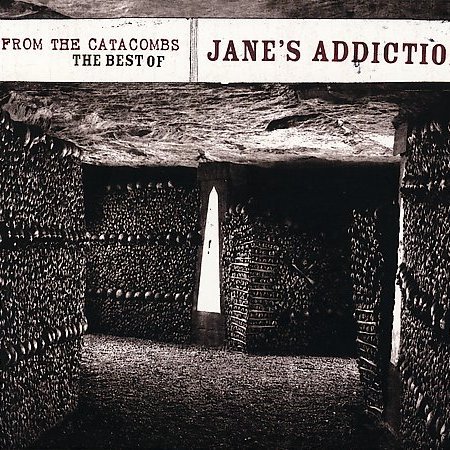
Jane saysI'm done with SergioHe treats me like a ragdollShe hidesThe televisionSays I don't owe him nothing,But if he comes back againTell him to wait right here for meOr justTry again tomorrowI'm gonna kick tomorrowGonna kick tomorrowJane saysHave you seen my wig around?I feel naked without itShe knowsThey all want her to goBut that's O.K. manShe dont like them anywayJane saysI'm goin away to SpainWhen I get my money savedI'm gonna start tomorrowI'm gonna kick tomorrowGonna kick tomorrowShe gets madStarts to cryShe takes a swing butShe cant hitShe don't mean no harmShe just don't knowWhat else to do about itJane goesTo the store at 8:00She walk up on St. AndrewsShe waitsAnd gets her dinner thereShe pulls her dinnerFrom her pocketJane saysI've never been in loveI don't know what it isOnly knows if someone wants herI want them if they want meI only know they want meShe gets madAnd she starts to cryShe takes a swing manShe cant hit!She don't mean no harmShe just don't knowWhat else to do about itJane saysJane says
Meet the Writer - Rhonda McCormack
an interview on the craft of writing and the changing landscape of publishing with debut YA author Rhonda McCormack
An author interview on the craft of writing, and on the changing landscape of publishing.
Featured Writer: Rhonda McCormack
Book: Wildflowers, Ecotopian mystery YA (more info below)
Buy it:
Intro, from Heidi:
I am very happy and proud to introduce you to my dear friend, Rhonda. The moment I met her, it was like flashing back to seventh grade, where you end up sitting next to someone at lunch just because they smiled at you and seemed nice and not bitchy (like those other girls) and you just become instant friends right then and there. Except it wasn't seventh grade, it was my very first grown-up writing event, our regional SCBWI conference. But still, I have the feeling that had she been eating PB &J for lunch, she'd have been happy to split it with me. Since then, Rhonda has been one of my most trusted critique partners, and just one of the many friends I've made through SCBWI. I'm planning an upcoming post extolling the virtues of attending a conference for newbies, but for now you can read this from last year.Rhonda's stories are varied but they all have that magical quality that every author strives for: a main character to whom everyone can relate. She speaks to the misunderstood, the ones trying to make a difference, and the ones hoping that someone will notice (or not!). She has one of the most dedicated work ethics I know, cranking out page after page, revising and editing to perfection. And usually, she's working on a few projects all at once and - oh, in her spare time (ha ha) she is an accomplished painter.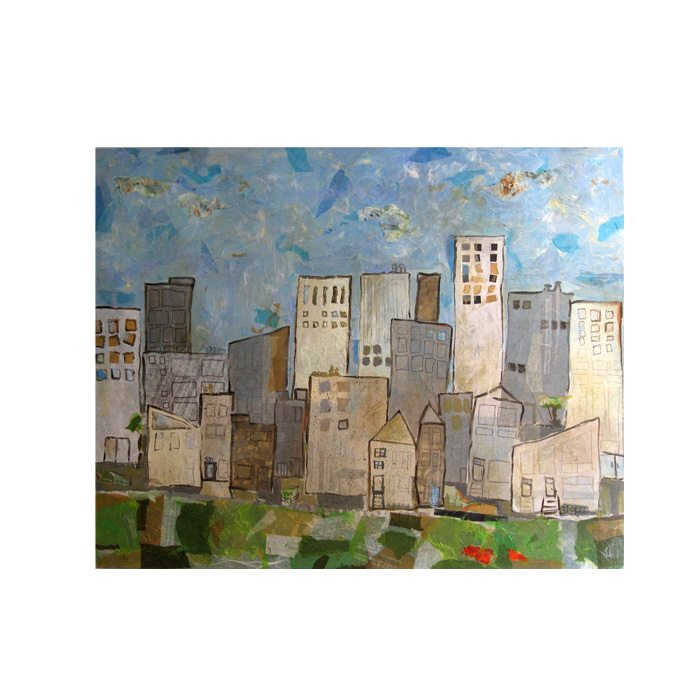 So to say Rhonda is a good influence on me is an understatement. She's the one who always pushes me to want to do better, a creative yin to my yang—or is it yang to my yin? At any rate, when you are a creative person, you soon realize that there are people in your life who are either vampires, those who suck out all of your creative energy and throw all sorts of negativity at you and make you feel bad; and then there are the sages and muses, those friends who inspire, support and help nurture the seeds of your creativity, and celebrate with you when it comes into bloom. I've gotten to that point in my life where I shut down the vampires and open up to the sages.The latest inspiring thing that Rhonda has done is to jump head-first into the world of self-publishing. Now, hang, on a minute, don't judge. Self-pubbing isn't what it used to be. In fact, just 4 short years ago when I first started this writing journey, the only people who self published were (for the most part) amateur writers looking to get their life story in print to hand down to their grandchildren. You would also see a lot of erotica and science fiction. And the problem with these types of books wasn't that the stories themselves were bad, but that they lacked the professionalism, the polish of a literary powerhouse team that you get when you have an agent, an editor, book designer and art director all working together to make the writer's piece really stand out, and be the best it can be. Not to mention the dollars behind a traditional publishing house that would go into marketing the book once finished.A lot of self-pubbed titles end up only being edited by the writer themselves, which we all know can be a HUGE mistake. The covers are done quickly with desktop software, and the end product ends up a bit...meh. Don't ever believe the line "You can't judge a book by its cover," because that is exactly the first thing that every reader does. But as Rhonda describes below, the self-pubbers of today would be nowhere without the writers before us paving the way.
So to say Rhonda is a good influence on me is an understatement. She's the one who always pushes me to want to do better, a creative yin to my yang—or is it yang to my yin? At any rate, when you are a creative person, you soon realize that there are people in your life who are either vampires, those who suck out all of your creative energy and throw all sorts of negativity at you and make you feel bad; and then there are the sages and muses, those friends who inspire, support and help nurture the seeds of your creativity, and celebrate with you when it comes into bloom. I've gotten to that point in my life where I shut down the vampires and open up to the sages.The latest inspiring thing that Rhonda has done is to jump head-first into the world of self-publishing. Now, hang, on a minute, don't judge. Self-pubbing isn't what it used to be. In fact, just 4 short years ago when I first started this writing journey, the only people who self published were (for the most part) amateur writers looking to get their life story in print to hand down to their grandchildren. You would also see a lot of erotica and science fiction. And the problem with these types of books wasn't that the stories themselves were bad, but that they lacked the professionalism, the polish of a literary powerhouse team that you get when you have an agent, an editor, book designer and art director all working together to make the writer's piece really stand out, and be the best it can be. Not to mention the dollars behind a traditional publishing house that would go into marketing the book once finished.A lot of self-pubbed titles end up only being edited by the writer themselves, which we all know can be a HUGE mistake. The covers are done quickly with desktop software, and the end product ends up a bit...meh. Don't ever believe the line "You can't judge a book by its cover," because that is exactly the first thing that every reader does. But as Rhonda describes below, the self-pubbers of today would be nowhere without the writers before us paving the way.
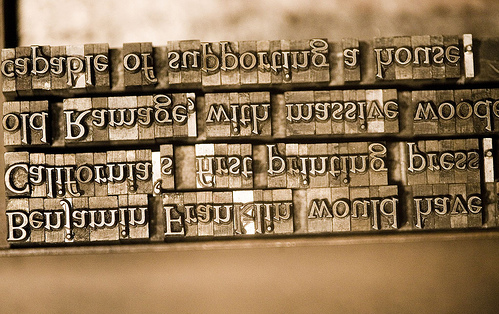
The landscape of publishing is changing, and fast. Now, done right, self-publishing can be the impetus to a successful writing career. Take my friend Anne Tibbets for example. She started out with a short fantasy novella, pumped it up on Smashwords, Goodreads, dozens of book blogs, and got some recognition for herself. When she was ready to send out her next book, she already had readers waiting for it, continued her forward momentum of readership and good reviews, and when she was ready to send out her next project, it got signed with an agent. It's all in how you present yourself, and it's a LOT about self-marketing. Even if you get signed with a traditional publisher, you will be expected to do your own share of marketing. And hopefully you will have an awesome friend like me who will feature you on their blog :DI am more than happy to be a cog in the marketing machine for Rhonda's debut YA novel, Wildflowers, especially having had a front-seat-view to its evolution. Wildflowers is the first of three books (unrelated) that Rhonda will be releasing under her publishing house, Row Press. She is currently working on her fourth book, a contemporary dystopian fantasy.
On craft:
-
How old were you when you started writing?
I was three when I started writing…in my head. I made up elaborate stories that I play-acted out with blocks and dolls and imaginary friends. Around age four I began to come up with tangible products. I started with greeting cards. They said things like: Get Well Soon. And, You Are Neat. Then, I wrote and illustratedThe Lonely Chrismas Tree, which was my first Indie published piece.
-
Where do you write?
Everywhere. In notebooks and journals and on a computer. On scraps of paper and in margins of books (ones I own, of course). But mostly, I write from the inside. Whole stories unfold in this crazy collaboration between my head and my heart. And when it comes time to get large chunks of a novel down, I take those words I've written "inside" and put pen to paper or fingers to keyboard to move ideas around.
-
When do you write?
I left teaching to write full time and putting together a writing schedule has been an interesting evolution. I've learned that, hands down, early morning is my favorite time to write. If I'm really engrossed or challenged, I'll stay hunched over a keyboard or notebook all day. This tends to lead to a stiff body (and hence a stiff mind), so I make myself knock off early. In the fall, I've noticed that I don't mind starting in the late afternoon, as the day cools and the light changes. Only with recent projects have I written into the evening hours. I'm not a night owl, and I'm always impressed when I hear about writers who write after a long day of doing other things.I think the Where and When Do You Write questions are important, and each writer must commit to understanding their creative voice's preferences. In knowing when and where our creative tap turns with ease and the words flow in steady rhythm, we make room for our art…and it responds in kind, making room for us. There will be messy moments, where creative flow can be untimely, arrive unannounced, and require the entire world to stop in order for us to find a spot a get the words out. If we honor all those moments the best we can and write where and when it feels good, our creative voice does seem to cooperate more on cue.
-
What helps you write—music, pictures, maps, journals, etc.—what gets you into that mindset?
Music and art definitely inspire me, and I find lots of interesting ideas come up when I'm traveling. I dream many of my stories, or parts of them. I also rely deeply on personal experience. I was lucky enough to grow up in a time when kids had more freedom to roam, and my childhood moments include both wonderfully awful and awfully wonderful people, places, and things. When it comes time to sit down and really do the work, though, I just need a clean work space, my imagination, and quiet.
-
What are some things that stand in your way? logistically as well as creatively?
For me, time and creativity seem to always be at odds with one another. I just read Full Catastrophe Living by Jon Kabat-Zinn and am slowly learning that time is not my issue. It's the awareness that I bring to a project that makes the clock disappear. Also, I tend to want to follow the rules, and for an artisan this can create some intense inner conflict. Truly, the answer to this question is that I stand in my own way, both logistically and creatively. Thanks for asking the question and making me nail down an answer. I may have just had an Ah-ha moment.
-
What do you do when you "hit a wall?"
Creatively, I rarely hit a wall. It's the physical stuff—like hunger, needing rest or exercise, or feeling unwell—that brings me to a halt. And being in the midst of a project I love can disconnect me from my physical needs. When this happens, my reaction is to the work itself. Meaning, I blame the work when I feel stuck or misguided, and I may even begin to loathe what I'm writing or painting. When I get to this place, I know it's my inner-critic playing this weird game of criticizing my ideas in order to protect the physical me. We're always told to dismiss, ignore, and shun the inner critic, when really it can send us important messages. And if I get the message that I've hit the wall, I know I need to move. I mean this literally and figuratively. Getting away from the project, taking a walk and changing the scenery can make a big difference. But sometimes I need to move to a new state-of-mind, or move my emotions with some journaling, or move my attention to other needs.
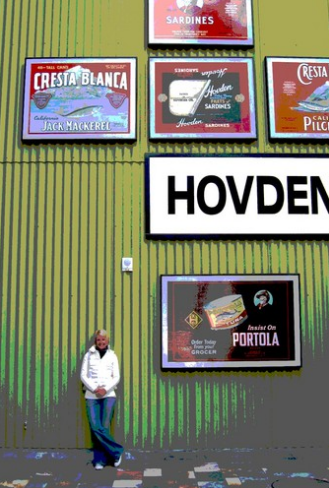
-
Do you use an outline—do you know exactly how the arc will play out—or do you just let the story develop as you write? If so, how do you outline? (notecards, etc.)
Outlining? What's that? I kid, of course. I know what outlining is, I just don't do it in a traditional way. As I've mentioned, I write in my head and have a strong ability to hold onto an entire storyline before anything gets written down. But the written bits eventually end up in a pile, and like a puzzle, I begin to lay out and fit together the pieces of paper that have the ideas on them. Spread out on the desk, I move the written parts down and begin to type up a somewhat structured piece. Some people use a big bulletin board with index cards (old school is cool) or a software program like Scrivener, which I hear is pretty cool (too).Here's the funny thing about that structured-piece-serving-as-outline: For me, it almost becomes irrelevant as I write because in their natural setting the characters take over the plot. The characters' stories just unwind themselves onto the page. Still, there comes a time with almost every novel when I print out the entire work and physically cut it to pieces, and again, reassemble it like a puzzle. I'm very tactile and visual, and I can "see" the story better this way. I can feel the pacing, recognize the missteps and holes, and because this process is done early in the revision stage, it becomes more of an outline than that original, non-traditional one. Big things happen at this point. And it gives me a powerful second wind.
-
How do you draft/revise? (i.e. do you just get it out in one big "dump," then revise, revise revise, or do you revise and edit as you go)
I'll admit that I've taught myself a big lesson in regards to how I draft the initial manuscript. I spent many years editing as I went along because…I'm a perfectionist. The thing is, Anne Lamott was right about the beauty in allowing the original draft to be The Shitty First Draft. Something happens in that SFD; all the tangents and bizarre ideas and general garbage are released and processed, but a momentum is also built, for the story, the characters, and amazing, random concepts can be revealed in that draft. This idea of "dumping" is behind Julia Cameron's prescription for morning pages in The Artist's Way and the Propreoceptive Writing Method (Writing the Mind Alive by Linda Trichter Metcalf and Tobin Simon), but it can be extended to the first draft. Without the SFD, which is essentially an information dump, editing had me caught in a cycle of distraction. I was bound and restricted to catching every mistake and nuance, and I constantly wanted to go back and rewrite. Or research. It would take months to get a few chapters tightened up. And to what end? Most of those beginning chapters would need revision once I could see the scope of the entire story, which could only happen with A FULL, FINISHED DRAFT. I (slowly) came to realize that my creative self is most happy when I make every minute valuable, and non-precision is the key…at least at first. There's plenty of time for perfection later in the process, but up front, I gotta write my SFD.
-
What are some tools that you use?
The Synonym Finder, Chicago Manual of Style, Woe Is I, Google, a dictionary, fresh air and space to think.
-
Do you use critique groups? How did you find them?
One-on-one or small group critique works best for me. I've got a handful of trusted (honest, thoughtful, knowledgeable) people I turn to, including a professional editor who came from traditional publishing. Critique groups can be found through local libraries, writing organizations, like SCBWI, and at conferences. Critique is important and can be fun, though it may take a few tries to find out what format works best for you. Ask around, sit in on meetings, and then go for it. Trading one chapter to start and building up until you and your partner(s) know you're a good fit. I'll mention that self-critique is valuable, too. Reading work out loud is one of the best ways to catch grammar AND content issues.
On your current project:
-
What was your inspiration for this book?
Wildflowers was inspired by a dream. In fact, I dreamt many parts of chapters 21 and 23. As more of the story revealed itself to me, I was inspired by those who survived and helped during and after Hurricane Katrina, by the environmental awareness movement, by the desert. Also, years ago, I had written a picture book that I thought would make an adventurous scene in a novel, and the brother and sister team in that story became a natural fit for the characters in the young adult novel. Grown-up, of course. From there, I was inspired by all the people (kids and adults) I've met who adapt and grow, and in spite of tough times or choices, find and live their truth.
-
Wildflowers is described as an "Ecotopian" mystery. Can you elaborate on that?
Dystopian is a popular genre these days, and it describes a fictional place where the population lives in fear and feels dehumanized, often by the rules of an larger authority, class, or government. Think Hunger Games. When I first began submitting Wildflowers, I knew labeling it dystopian wouldn't capture the hybrid elements of the book. It's a mix of the environmental disaster, futuristic, coming of age, and mystery genres. So I came up with the term "ecotopian". After adding the "mystery" tag, I received positive feedback about the label from editors and agents, who felt it was an accurate representation of the work. The Lawrence, Kansas Library recently put out a great flow chart to show the diversity in dystopian titles. Click the picture to see it:
-
What kind of research did you do for this book? And, were you surprised by something that you learned in your research?
I researched environmental disasters and technologies relating to earth, air, and water. I also researched horticulture, desert plants, maps of the West, dystopian and, what I call ecotopian novels. What surprised me was how I had to keep reminding myself that the book was fiction. At times, with the data I'd collected, it felt like I had to include every possibility of what could happen with natural disasters and climate change. In order to maintain the entertainment value of the story, it became more important to be mostly-accurate. I took inspiration from how the environment works. It's a big cycle, where one thing is connected to another in such a way that it becomes a whole. Interestingly, this same thing came up with the mystery elements and how they influenced character development. It shouldn't have, but it surprised me how much writing I had to do to have the characters evolve with the clues and discoveries. This was the only way to create one whole unit of story. In fiction, we ask the reader for space to suspend belief, but in exchange, we must deliver on our promise to describe a believable moment in time.
-
This is one of the most beautiful covers I've seen, especially for a self published title. Can you describe how it came to be?
Thank you! As an artist, I wanted to be involved with the entire creation of the book. I use collage in most of my large pieces, and I just had a gut feeling that that same technique would work for the cover. Once I put together the first sample to send to my graphic designer and critique partners, I knew it was "right". It took me a few hours to resource and create a design for the front, spine, and back. Using my own photographs of local desert wildflowers and piecing together many photos of family members to get the silhouettes at the right maturity level, I finally got a working copy. It took several weeks and lots of back and forth with the designer (thanks Firehed) to get the colors, textures, layout, and fonts correct. For my first go at it, I feel good about the results. To see how far it came, here's the initial sample created for the front:
On the business of publishing:
-
How has self-publishing shaped your career as a writer? OR What is your opinion of self-publishing?
It's an amazing time for publishing of all kinds, and I think there's room for everyone. For me, dedication to craft is the most important tool to take with you into the self-publishing world. The stigma attached to self-publishing has always been about one question: Is it well-crafted? In the beginning, when folks had a vision to see their words in print, but were turned down in the traditional publishing marketplace, few knew (or accepted) the value of critique, editing, formatting, or design. There was a level of professionalism missing from many of the self-published titles. But here's the thing, why squash creative expression? In fact, those not-so-professional books paved the way for more knowledge, better printing options, and on the backs of the early self-publishing pioneers, the self-publishing marketplace was carried and made into the Indie market of today. Independent or Indie publishing is when one or more author-publishers self-publish a title, and it's become like the Indie film community. It's become a place for unique voices, ideas, artistic expression, niche topics, and man, there's a lot of freedom out here. With that comes some responsibility, I think.
Indie authors need to look at their work like art and take time to polish all aspects of the work, learning from mistakes and honoring the time it takes to present a beautiful, fun, value-added product. The exciting thing is, we're seeing traditionally published authors creating projects just for this market, and we're seeing Indie authors who are willing to cross over and publish traditionally. It's a craft bonanza, and writers, illustrators, and even industry professionals are feeling empowered by the creative possibilities. It's likely we'll see many twists and turns in both marketplaces, but what we know for sure is that The Big Six are jumping in the game by putting their smaller acquisitions and out-of-print titles for sale in the eBook market, and there are many new, boutique publishing houses and agencies offering to support and work with Indie authors whose titles are print-on-demand (POD) and/or eBooks. I've also heard that there's a green movement to create less hard-cover and mass produced books in the future. Instead, most new releases would be POD. The draw is financial as well as environmental for the big, traditional houses. Whatever the case, it's a fascinating time to be a writer…and a reader.
-
What can you share with our readers about marketing?
Over and over again, I've heard the same thing about marketing, and now that I'm embarking on a marketing tour of my own, I believe it to be true. All that matters is word of mouth. Do anything and everything to generate talk about your book and you'll know you've done all you could.
-
Can you tell us the story behind your publishing name, Row Press?
Leaving the path toward traditional publishing happened quickly for me, but I still had mixed emotions about self-publishing and all things Indie. And it hadn't occurred to me that I may want to designate myself as an author-publisher, and not just an author. I learned about this from Kris Tualla's book Becoming an Authorpreneur, and for me, it was simply a way to honor the entire creative endeavor. When it came time to name my new, little press, I remembered a moment with a vintage friend in Seattle. We were out at a flea market and came upon this amazing vendor who sold parts and bits from bigger mechanisms and products. Watch faces, game pieces, and…type writer keys. When we found the keys labeled "Row" and "Storm", my friend scooped them up as inspirational reminders. "When things get stormy, just keep rowing," she said. A year or so later, when the waters in my life had gotten a bit rough, she sent me those keys to cheer me on. Since then, I've learned the importance of keeping my creative boat afloat.
-
What other social media tools have you used to help the reader experience Wildflowers?
Social media is a complex entity, and my advice for anyone is to use only those outlets that call to you creatively. I've picked Twitter, Pinterest, and iTunes to do some world building with Wildflowers. Twitter isn't about mass self-promotion, but it is a fun way to share information that speaks to my interests as an author and artist as well as supports the themes and topics in my books. As for Pinterest, I love it as a place to do some visual storytelling. I love what others do with their boards, and I find Pinterest to be artistic in a way that other sites haven't mastered. As an author, I can create a whole new view into my novels there. I also wanted to create a soundtrack for my books, so I turned to iTunes as the place to share the songs that inspire certain scenes or the feelings in a scene. I don't write with music playing, but it does provide inspiration when I'm brainstorming concepts. I guess my goal is to give the reader a complete experience. (links below)
About You:
-
What is a trick that you've learned along the way that has made the writing process easier?
No tricks. Just be dedicated to the craft and follow the unique spirit of your story.
-
What writers inspire you?
Marilynne Robinson with Housekeeping. Kathi Appelt with The Underneath. Lois Lowry with Anastasia Krupnik. Lane Smith with It's a Book. There's more…so many more.
-
We all know that learning from our mistakes is part of the process of becoming who we are. As a writer, what's one lesson you've learned that you would like to pass on to others?
Deserves repeating: Just be dedicated to the craft and follow the unique spirit of your story.
-
What's next for you?
I'm releasing Roll, a young adult novel (for any aged reader), in the first quarter of 2013, and I'm collaborating on a non-fiction wellness/inspirational title that will be traditionally published. It's due out in Fall 2013 or Winter 2014.And...
-
What's the funniest thing you've seen or heard online lately?
Voice mail accident hilarious: http://www.funnieststuff.net/viewmovie.php?id=2998
- Thanks, Rhonda! That really was funny!
Find Rhonda online:
- R McCormack Writes
- Small Yellow Songbird (a wellness blog)
- Twitter @rmackwrites
- Wildflowers playlist on iTunes
Wildflowers:
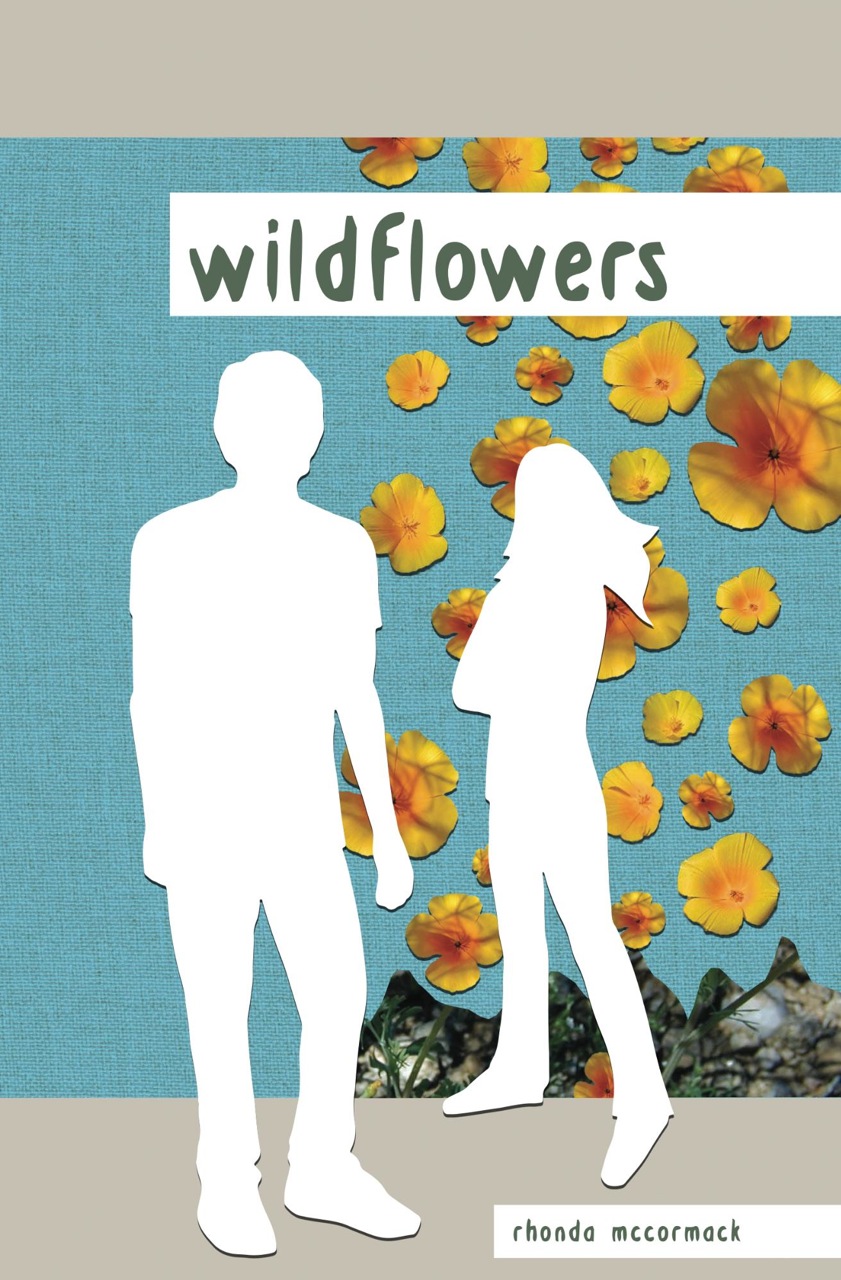 In the three years since Keifer and Abi Michaels were evacuated from their desert home, the world has been ever-changing, and they don’t agree on the details of the past. But when Keifer uncovers a confusing family secret, Abi is his only ally. Now, they must sneak into the Restricted Zone and navigate a maze of clues in order to unravel the truth. The journey will transform them…and the entire western landscape.Thanks for reading! Please feel free to comment below.
In the three years since Keifer and Abi Michaels were evacuated from their desert home, the world has been ever-changing, and they don’t agree on the details of the past. But when Keifer uncovers a confusing family secret, Abi is his only ally. Now, they must sneak into the Restricted Zone and navigate a maze of clues in order to unravel the truth. The journey will transform them…and the entire western landscape.Thanks for reading! Please feel free to comment below.
Make Good Art
Please watch Neil Himself, and Make Good Art. I hope this inspires you as much as it did me.http://vimeo.com/42372767?utm_source=Ypulse+Updates&utm_campaign=ba9e633306-YDU5_25_2012&utm_medium=email
Gypsy Stallion Showcase (and) Why Am I Selling My Horse?
When I make my millions, I'll need to invest in some top quality bloodstock. Let's go stallion shopping!
-- NEWS! I can now offer a FREE Breeding as part of Keira's sale! See her page for more info! --
 We are currently downsizing our herd—meaning, we are going from two horses to one :) Keira is for sale. I hope to find her a happy, loving, forever home, hopefully one with lots of little girls to pet her and brush her and put ribbons in her hair.
We are currently downsizing our herd—meaning, we are going from two horses to one :) Keira is for sale. I hope to find her a happy, loving, forever home, hopefully one with lots of little girls to pet her and brush her and put ribbons in her hair. The reasons we are down-sizing are many, but it has nothing to do with WANTING to sell Keira. I love her to pieces, and it will break my heart to see her go. But our horse journey has changed drastically in the past 7 years, since Chroicoragh first trotted into our lives. Back then, we had dreams of building a modest herd, taking them to all-breed shows; entering them in the Parada del Sol and other parades; training them to drive a cart; and eventually have our own breeding stallion and move to a 200-acre farm somewhere and happily live out our days breeding adorable Gypsy Horse babies.But then the economy took a dump, we came very close to losing our house, like many Americans, and to top it off, we ended up having a very long, expensive, and complicated battle with the school district in regards to my youngest son.
The reasons we are down-sizing are many, but it has nothing to do with WANTING to sell Keira. I love her to pieces, and it will break my heart to see her go. But our horse journey has changed drastically in the past 7 years, since Chroicoragh first trotted into our lives. Back then, we had dreams of building a modest herd, taking them to all-breed shows; entering them in the Parada del Sol and other parades; training them to drive a cart; and eventually have our own breeding stallion and move to a 200-acre farm somewhere and happily live out our days breeding adorable Gypsy Horse babies.But then the economy took a dump, we came very close to losing our house, like many Americans, and to top it off, we ended up having a very long, expensive, and complicated battle with the school district in regards to my youngest son. That fight, for the most part, is now done. I will not go into details here and now, but I may at a later date, and hopefully a much more public format. They say the pen is mightier than the sword...and I would LOVE to slay some public school dragons. Anywho...our lives, jobs, and family have gone in a different direction than when we started. And now with our oldest son in college (how is that friggin possible?? I'm not nearly old enough to have a kid in college!), our youngest finally in high school, and with my husband and I looking down the road to our not-too-distant future, some rearranging and simplifying is in order.And I wish I could say it had nothing to do with finances. We are trying our best to provide our kids with an education that they will not have to be paying for in the form of student loans for the next 30 years. Our oldest is pursuing a degree in International Business with a double minor in Spanish and German. His dream job is to work for Porsche, BMW, or some big fancy car company. (He loves horses, too, as long as they are under the hood!) He will be headed to Germany in the spring to fulfill his study abroad requirement for his degree, and hopes to land an internship at one of the car companies while he's there. (I know, he's crazy smart and motivated, neither of which he gets from me)Since I left my job, my current focus is to finish my book, and then find some sort of career that will help prepare us for our golden years. Now, ideally, this job will be promoting and selling my book and going on international book tours (there's a little Law of Attraction for you!). But it never hurts to have more than one feather in your cap, so I am preparing myself to either A.) Go back to school and get my degree, or B.) Pursue another career to be named at a later date.
That fight, for the most part, is now done. I will not go into details here and now, but I may at a later date, and hopefully a much more public format. They say the pen is mightier than the sword...and I would LOVE to slay some public school dragons. Anywho...our lives, jobs, and family have gone in a different direction than when we started. And now with our oldest son in college (how is that friggin possible?? I'm not nearly old enough to have a kid in college!), our youngest finally in high school, and with my husband and I looking down the road to our not-too-distant future, some rearranging and simplifying is in order.And I wish I could say it had nothing to do with finances. We are trying our best to provide our kids with an education that they will not have to be paying for in the form of student loans for the next 30 years. Our oldest is pursuing a degree in International Business with a double minor in Spanish and German. His dream job is to work for Porsche, BMW, or some big fancy car company. (He loves horses, too, as long as they are under the hood!) He will be headed to Germany in the spring to fulfill his study abroad requirement for his degree, and hopes to land an internship at one of the car companies while he's there. (I know, he's crazy smart and motivated, neither of which he gets from me)Since I left my job, my current focus is to finish my book, and then find some sort of career that will help prepare us for our golden years. Now, ideally, this job will be promoting and selling my book and going on international book tours (there's a little Law of Attraction for you!). But it never hurts to have more than one feather in your cap, so I am preparing myself to either A.) Go back to school and get my degree, or B.) Pursue another career to be named at a later date. If it's one thing I've learned, it's that after 16+ years of being a stay-at-home mom, then 3+ years of schlepping magazines, you are pretty much screwed when it comes to looking for a real job. I have no degree, no skills, no experience; I must be a flipping idiot. How do I even make it through the day?
If it's one thing I've learned, it's that after 16+ years of being a stay-at-home mom, then 3+ years of schlepping magazines, you are pretty much screwed when it comes to looking for a real job. I have no degree, no skills, no experience; I must be a flipping idiot. How do I even make it through the day? So, back to the point...what was my point again? We are going through lots of changes around here. But just because we will be a one-horse-herd family, doesn't mean I haven't stopped dreaming about my 200-acre Gypsy Horse farm with lots of babies and a beautiful stallion! I mean, going back to my whole LoA thing, when I sell my book, and get back from book tour, I might need to invest my earnings in some real estate, right?So, let's just go with it! I've just gotten back from my months-long excursion, traveling the world, and signing lots of copies of my book (yes it can happen! here's my inspiration). I just sold the movie rights to Harvey Weinstein, and I've got to invest my big check so Uncle Sam doesn't take it all.
So, back to the point...what was my point again? We are going through lots of changes around here. But just because we will be a one-horse-herd family, doesn't mean I haven't stopped dreaming about my 200-acre Gypsy Horse farm with lots of babies and a beautiful stallion! I mean, going back to my whole LoA thing, when I sell my book, and get back from book tour, I might need to invest my earnings in some real estate, right?So, let's just go with it! I've just gotten back from my months-long excursion, traveling the world, and signing lots of copies of my book (yes it can happen! here's my inspiration). I just sold the movie rights to Harvey Weinstein, and I've got to invest my big check so Uncle Sam doesn't take it all.
Time to go stallion shopping!
If I could stock my stable with a dream-boy lineup, this is who I would pick:(click on stallion's NAME to go to their home pages)
Platinum:
I've already proclaimed my love for this guy. I believe he's been sold, but have no idea where he ended up. If you know, please reply below!
♘ ♘ ♘
The Midget Stallion:
I've had a crush on him for a long time, and finally got to meet him this summer in Tennessee. He's absolutely adorable in person: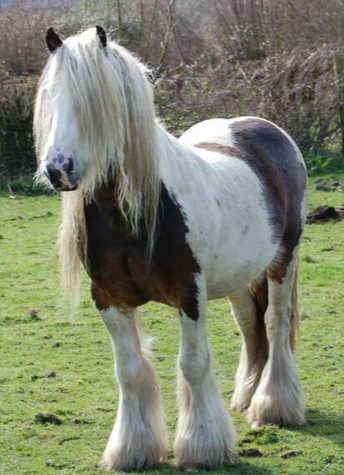 I wish I could have gotten some good photos of him, but it had been raining for days and all the big boys were in their stalls. He throws gorgeous foals, and I got to see some of the cuties.
I wish I could have gotten some good photos of him, but it had been raining for days and all the big boys were in their stalls. He throws gorgeous foals, and I got to see some of the cuties.
♘ ♘ ♘
Silky Boy:
 Here is Keira's ½ brother, Silky Boy, so named because his hair is so soft and silky, just like Keira's. A top stallion in England. He and Keira are both sired by Lenny's Horse.
Here is Keira's ½ brother, Silky Boy, so named because his hair is so soft and silky, just like Keira's. A top stallion in England. He and Keira are both sired by Lenny's Horse.
♘ ♘ ♘
Sundance Kid:
Ummm...Hello? I think if Brad Pitt were a Gypsy, he would look like this. If I was 12 again, I'd want this poster on my wall.
♘ ♘ ♘
The Viking:
Can you say "Presence?" I think if The Viking and Chroicoragh had a baby, it would literally glow.
♘ ♘ ♘
Darrig:
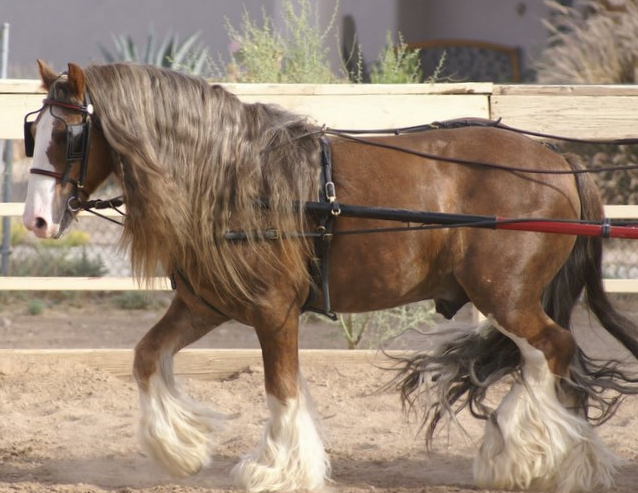 Darrig is one of those horses. He just has some sort of personality - I have no idea why I like him so much, I just do. Must be that Gypsy magic. He's a gorgeous chestnut and he's built like a tank.
Darrig is one of those horses. He just has some sort of personality - I have no idea why I like him so much, I just do. Must be that Gypsy magic. He's a gorgeous chestnut and he's built like a tank.
♘ ♘ ♘
Blue Bobbi:
 Look at this guy! I think I have a new crush...♡
Look at this guy! I think I have a new crush...♡
♘ ♘ ♘
The Hustler:
The Hustler is another awesome stallion imported from Clononeen farms. I just love his coloring.
♘ ♘ ♘
Starbuck:
Umm....yeah, do I even need to say anything about this stallion? I mean I think if Sundance Kid is the Brad Pitt of Gypsy Horses, then Starbuck must be the George Clooney. And I loooves me some George Clooney... :)
♘ ♘ ♘
Here are a few that are new to me, but I could easily fall in love with them.
Sir:
Sir has a beautiful head, nice conformation and hair. A bit of a sleeper, I hadn't heard of him before this post but I have a feeling he'll have a great career.
♘ ♘ ♘
Lucky
If I had to guess, I'd say Lucky got his name from the lucky "Gypsy Kiss" on his forehead. A Gypsy Kiss is a small dark spot in the blaze of a white faced horse. Please click on his picture to see more photos on his page.
♘ ♘ ♘
Sir Tristan:
He is just too pretty! Two blue eyes, too! He throws lovely foals.
♘ ♘ ♘
Phantom Knight:
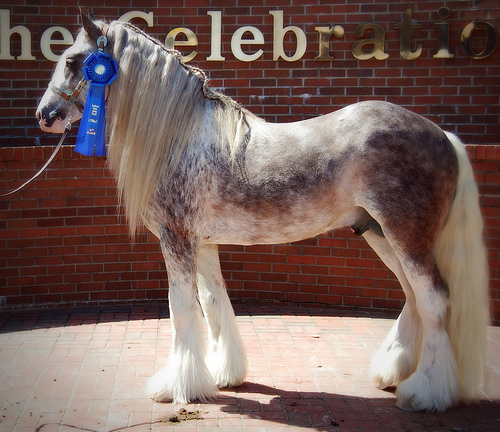 Phantom Knight, a very unusual colored Silver Dapple stallion owned by Mike Nenni in Florida.It's very easy to get distracted by a horse's color, but if you look beyond that—on each of these wonderful stallions—you will see the best in conformation. A Gypsy Horse breeder will breed first for temperament, next for conformation, hair and the gorgeous coloring is just the icing on the cake.If you are in the market for stallion service for your mares, or are simply in the market for Gypsy Horse in general, I highly suggest visiting some of these stallions' homes on the web. RESEARCH. Look at bloodlines, previous foals, and the quality of the farm's broodmares.
Phantom Knight, a very unusual colored Silver Dapple stallion owned by Mike Nenni in Florida.It's very easy to get distracted by a horse's color, but if you look beyond that—on each of these wonderful stallions—you will see the best in conformation. A Gypsy Horse breeder will breed first for temperament, next for conformation, hair and the gorgeous coloring is just the icing on the cake.If you are in the market for stallion service for your mares, or are simply in the market for Gypsy Horse in general, I highly suggest visiting some of these stallions' homes on the web. RESEARCH. Look at bloodlines, previous foals, and the quality of the farm's broodmares.
♘ ♘ ♘
Speaking of icing on the cake, I am excited to announce that as part of Keira's sale, I can offer one FREE BREEDING to either of these two gorgeous stallions! Thanks to Peggy and Steve Owen of Superstition Foothills Ranch for this incredible opportunity!
Please see Keira's page for more info.
♘ ♘ ♘
And, finally, my all-time favorite, the AMAZING Lloyds, also owned by Michael Vines: Lloyds is attributed to be Chroicoragh's sire. The DNA tests came back "unconfirmed." Which either means A.) The DNA results were simply incorrect (this has happened before - someone told me that a mare that she bred herself -well, not herself, ha ha - came back with inconclusive DNA results, and have heard other similar stories); or B.) A colt of Lloyds covered Chroicoragh's dam while out to pasture, which has also happened before. In England and Ireland, it is common to turn out a stallion with a band of broodmares, and let nature take its course. If there are young colts in the bunch who decide to take a turn, they can sometimes impregnate the mare.Either way, I'm happy with Chroicoragh, I don't care who her sire is. I'm still convinced it's Lloyds - she and all of her siblings inherited his gorgeous head - I just see too much resemblance there to think otherwise:
Lloyds is attributed to be Chroicoragh's sire. The DNA tests came back "unconfirmed." Which either means A.) The DNA results were simply incorrect (this has happened before - someone told me that a mare that she bred herself -well, not herself, ha ha - came back with inconclusive DNA results, and have heard other similar stories); or B.) A colt of Lloyds covered Chroicoragh's dam while out to pasture, which has also happened before. In England and Ireland, it is common to turn out a stallion with a band of broodmares, and let nature take its course. If there are young colts in the bunch who decide to take a turn, they can sometimes impregnate the mare.Either way, I'm happy with Chroicoragh, I don't care who her sire is. I'm still convinced it's Lloyds - she and all of her siblings inherited his gorgeous head - I just see too much resemblance there to think otherwise:
 When I saw the filly on the left, I did a double take - I thought it was a photo of Chroicoragh that I hadn't seen before. Like I said, it doesn't matter to me if Chroicoragh's sire is Tony the Tiger, I love her all the same.Good luck finding YOUR dream horse! I know I left out many many other great stallions, but I only have so much time! These guys are my personal favorites.Which one is yours? Leave a comment below, I love hearing from you!Thanks for reading,Heidi
When I saw the filly on the left, I did a double take - I thought it was a photo of Chroicoragh that I hadn't seen before. Like I said, it doesn't matter to me if Chroicoragh's sire is Tony the Tiger, I love her all the same.Good luck finding YOUR dream horse! I know I left out many many other great stallions, but I only have so much time! These guys are my personal favorites.Which one is yours? Leave a comment below, I love hearing from you!Thanks for reading,Heidi
P.S. for more great photos, please visit Elizabeth Sescilla's Flickr feed.
Cool Gypsy Vanner Video
Here is a really cool video I found on YouTube of Gypsy Vanner horses doing what they do best - driving!
Here is a really cool video I found on YouTube of Gypsy Vanner horses doing what they do best - driving! I would love to see Keira go to a driving home!http://www.youtube.com/watch?v=oFUcE15wU-o&feature=relatedEnjoy!
Online Art Gallery
A selection of original artwork by some fellow Arizonans
This Labor Day, I was lucky enough to be invited up to my BFF's family cabin for the weekend. It's in a small mountain town, just far enough away from the heat and congestion of the city. AND host to an annual craft & artisan fair.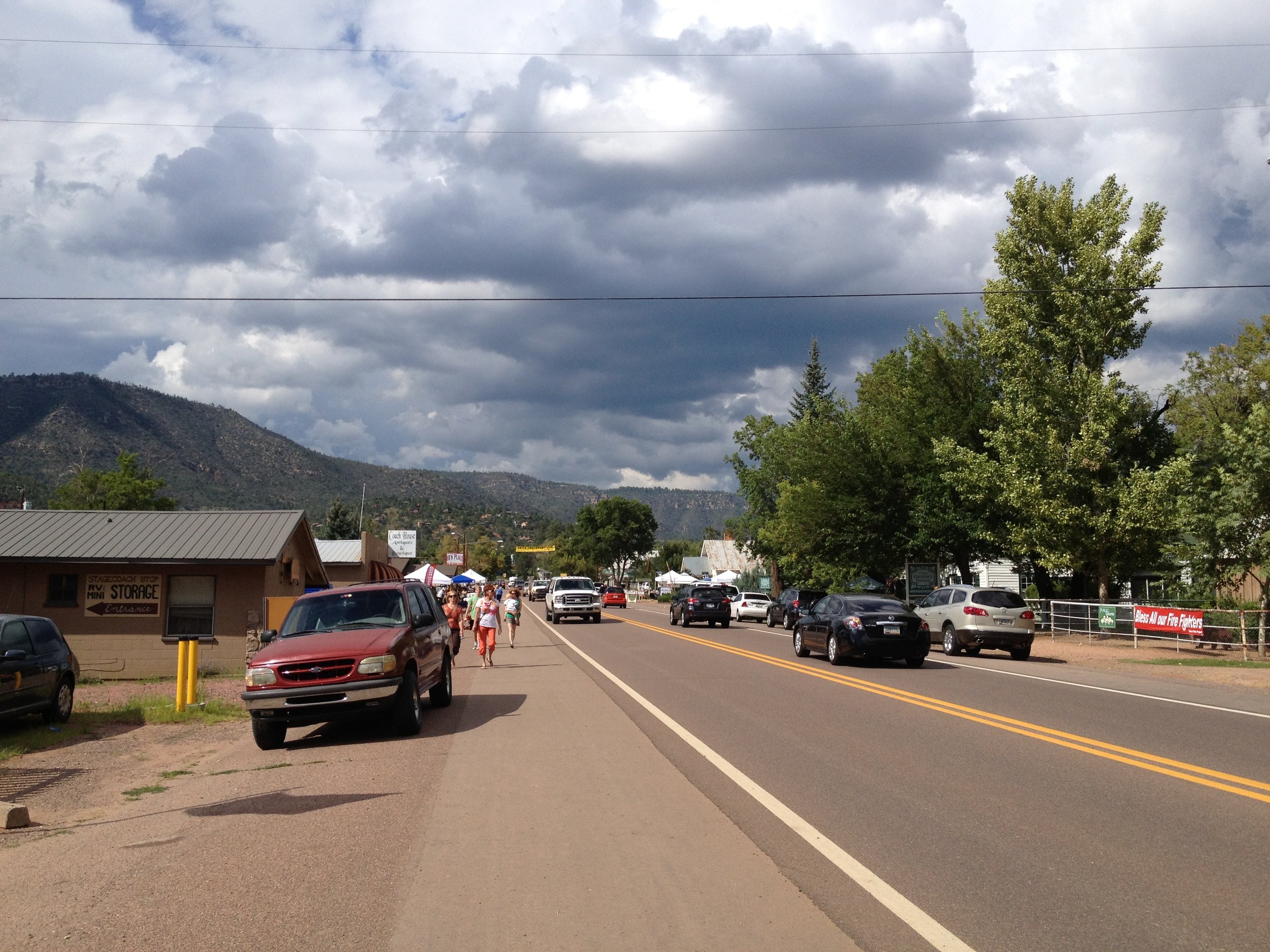 I love these fairs. There are so many beautiful things to see, and you have a chance to get to know the people who made them. My problem is, I can never afford anything there! So I figured if I can't directly purchase some of the artwork I saw, the least I can do is help support local artists by telling everyone else about them. That whole "word of
I love these fairs. There are so many beautiful things to see, and you have a chance to get to know the people who made them. My problem is, I can never afford anything there! So I figured if I can't directly purchase some of the artwork I saw, the least I can do is help support local artists by telling everyone else about them. That whole "word of mouth blog" idea. :)If I had my own art gallery, I'd be happy to have these pieces in my shop! Keep reading til the end to see my top picks of the weekend.
Heidi's Online Art Gallery
If you love browsing through home decor magazines like me, you may have seen chairs like these adorning some high-end Aspen getaway: Anita Cordes Willis makes them by hand and sells them here: http://riverbottomfurniture.com/If Jewelry is more your speed, you might like these kiln-formed glass pieces handcrafted by Ray Balda:
Anita Cordes Willis makes them by hand and sells them here: http://riverbottomfurniture.com/If Jewelry is more your speed, you might like these kiln-formed glass pieces handcrafted by Ray Balda: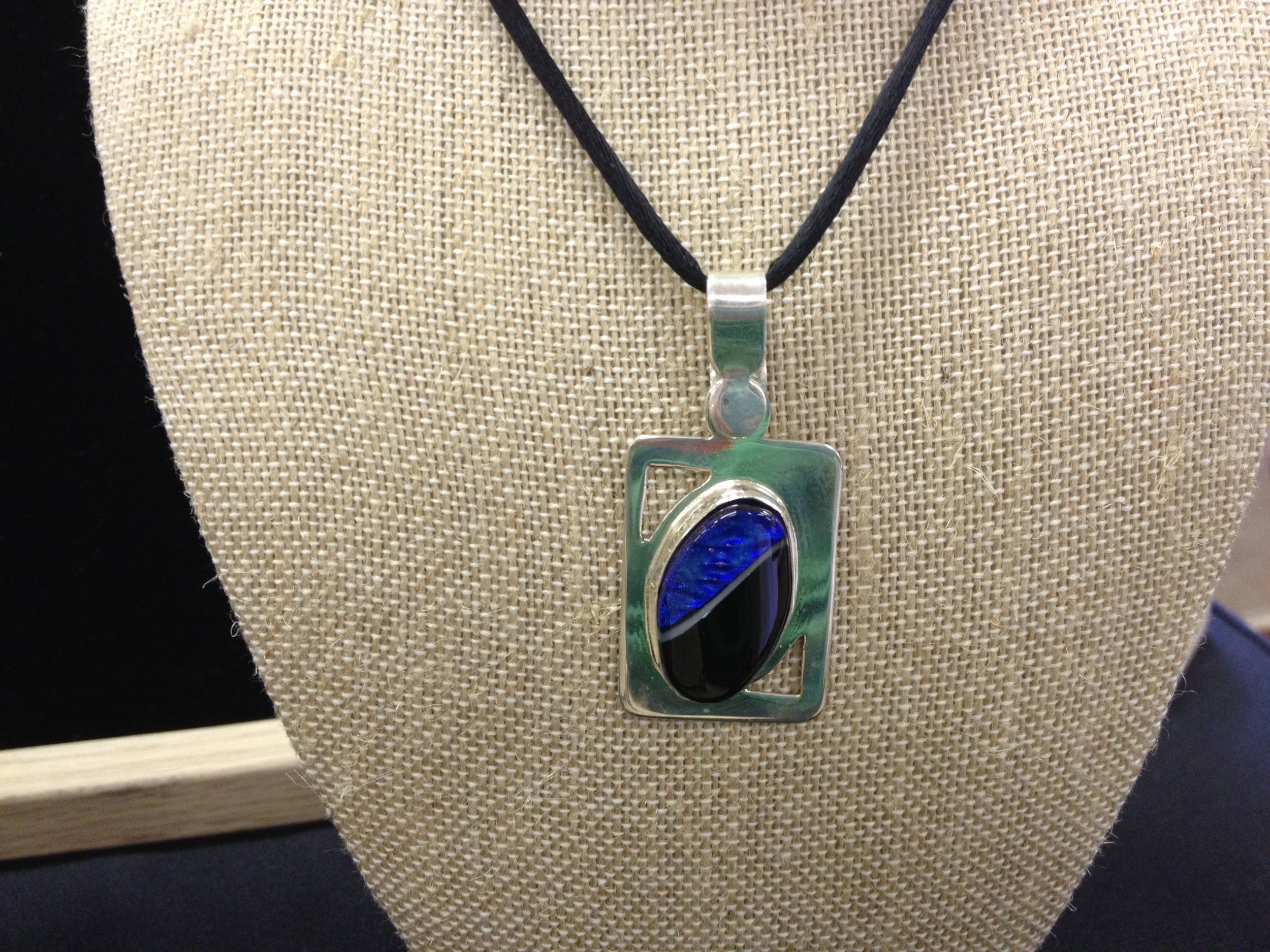
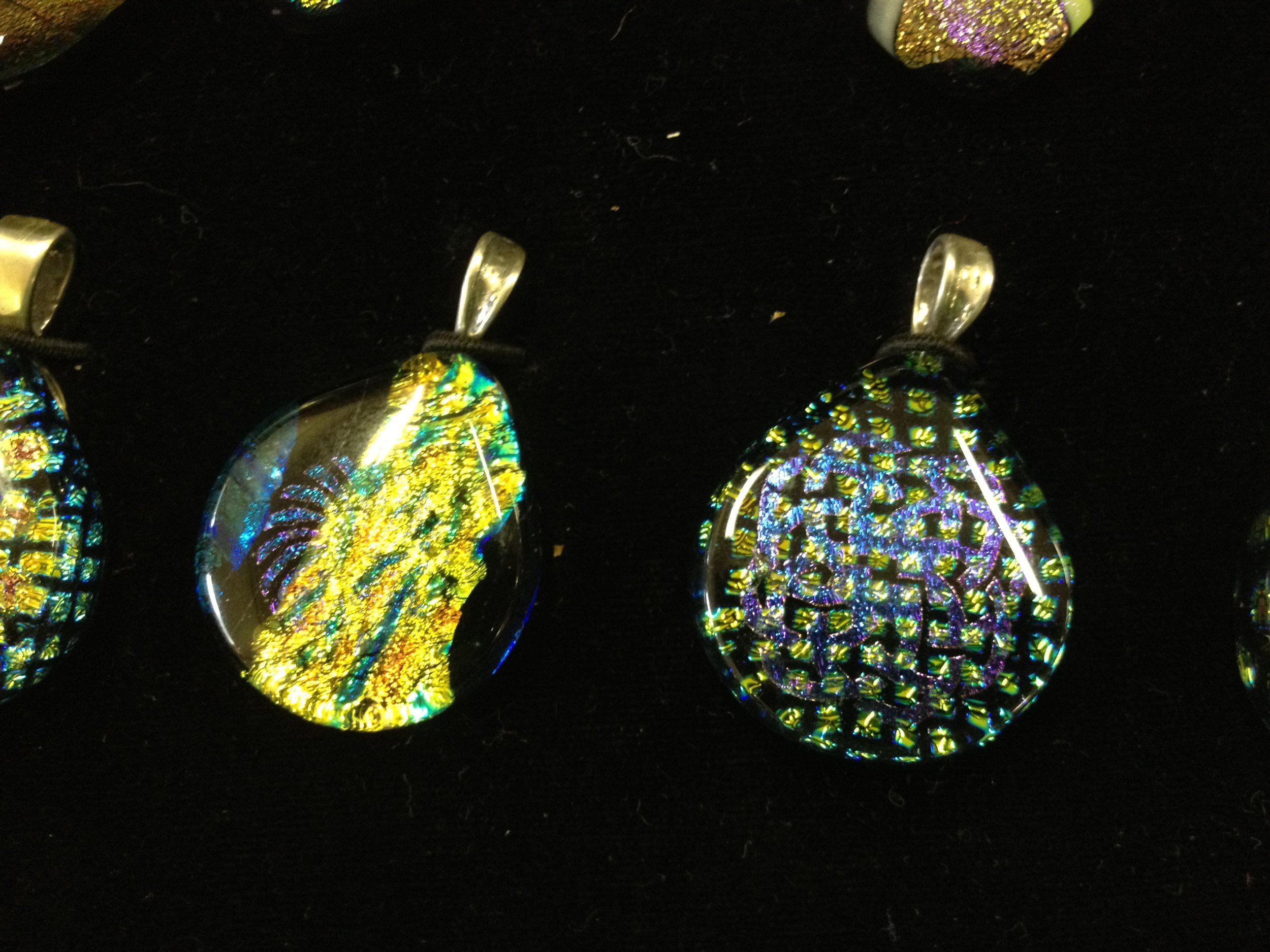
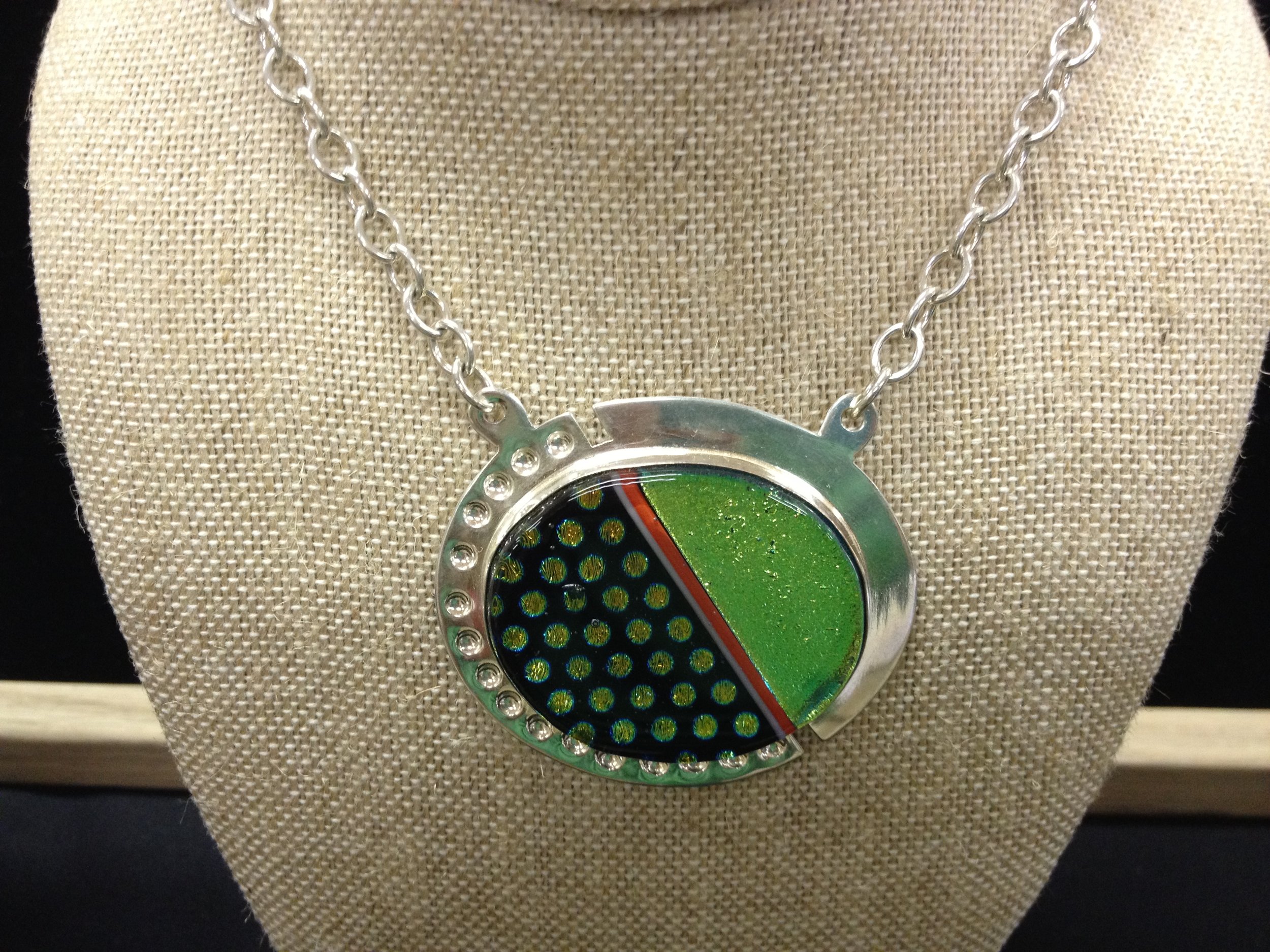
 Check out Ray's Facebook page: Kokopelli Art Glass (and click "Like!" - when I asked Ray if I could feature him on my blog, he said only if your readers Like my Facebook page!). Thanks, Ray.Judy Brooks brooks6@juno.com makes these gorgeous pottery colanders, as useful as they are beautiful:
Check out Ray's Facebook page: Kokopelli Art Glass (and click "Like!" - when I asked Ray if I could feature him on my blog, he said only if your readers Like my Facebook page!). Thanks, Ray.Judy Brooks brooks6@juno.com makes these gorgeous pottery colanders, as useful as they are beautiful: Jo Burke joburke@commspeed.net knits cute handbags and felts the wool in hot water to make them sturdy and long lasting:
Jo Burke joburke@commspeed.net knits cute handbags and felts the wool in hot water to make them sturdy and long lasting: Want more jewelry? Here's some by Vickie "Bead" Smith:
Want more jewelry? Here's some by Vickie "Bead" Smith:
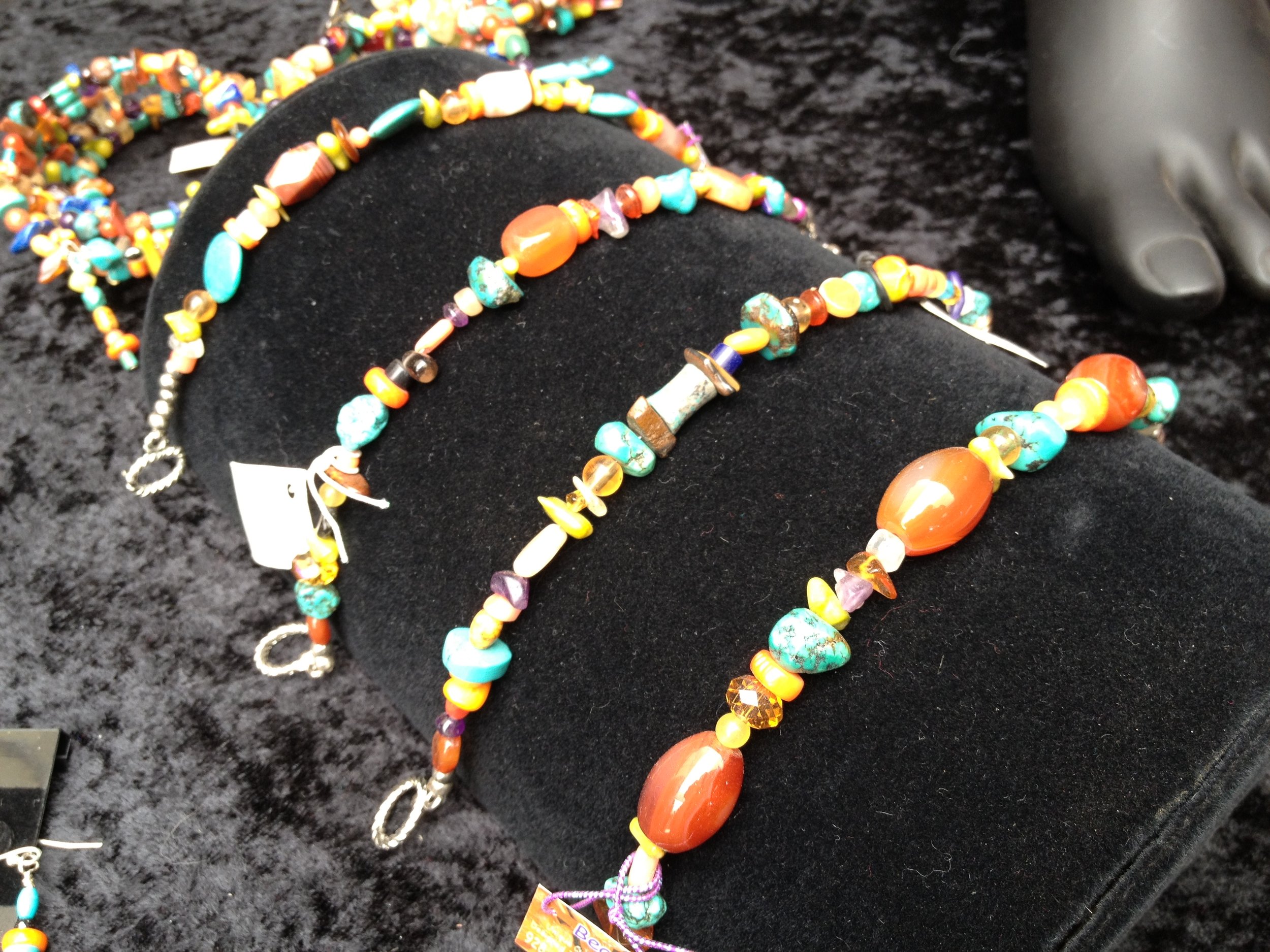
 Right next to the fair is a REAL art gallery, Myra's Art Gallery & Studio. It has been a landmark of the Pine, Arizona main drag for many years. Myra is a lovely woman—an artist herself—and was kind enough to show us around her gallery. She is host to some of the most well known artists in the state, and can tell you all about each of them. She allowed me to photograph some to share with you:
Right next to the fair is a REAL art gallery, Myra's Art Gallery & Studio. It has been a landmark of the Pine, Arizona main drag for many years. Myra is a lovely woman—an artist herself—and was kind enough to show us around her gallery. She is host to some of the most well known artists in the state, and can tell you all about each of them. She allowed me to photograph some to share with you:



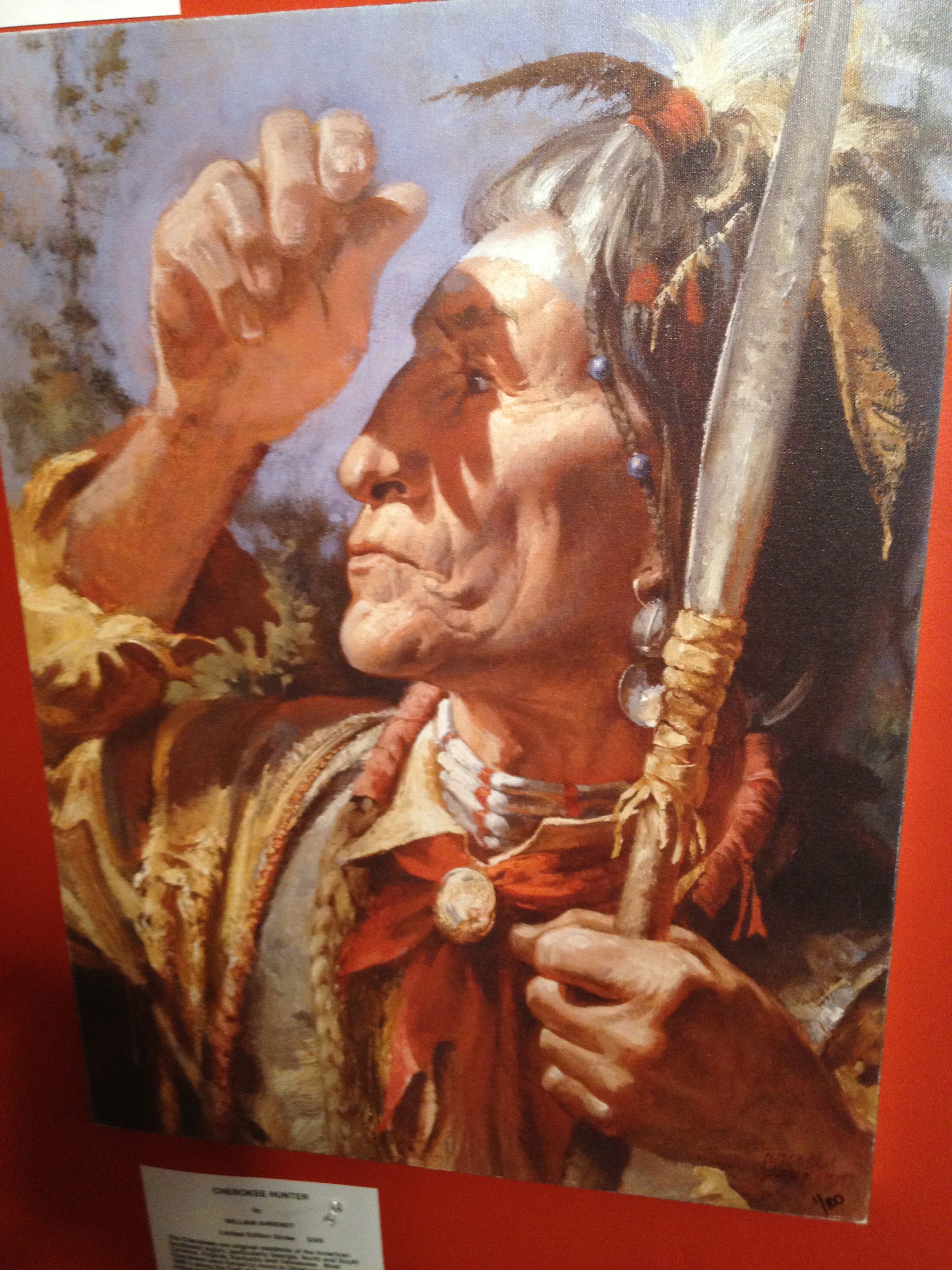
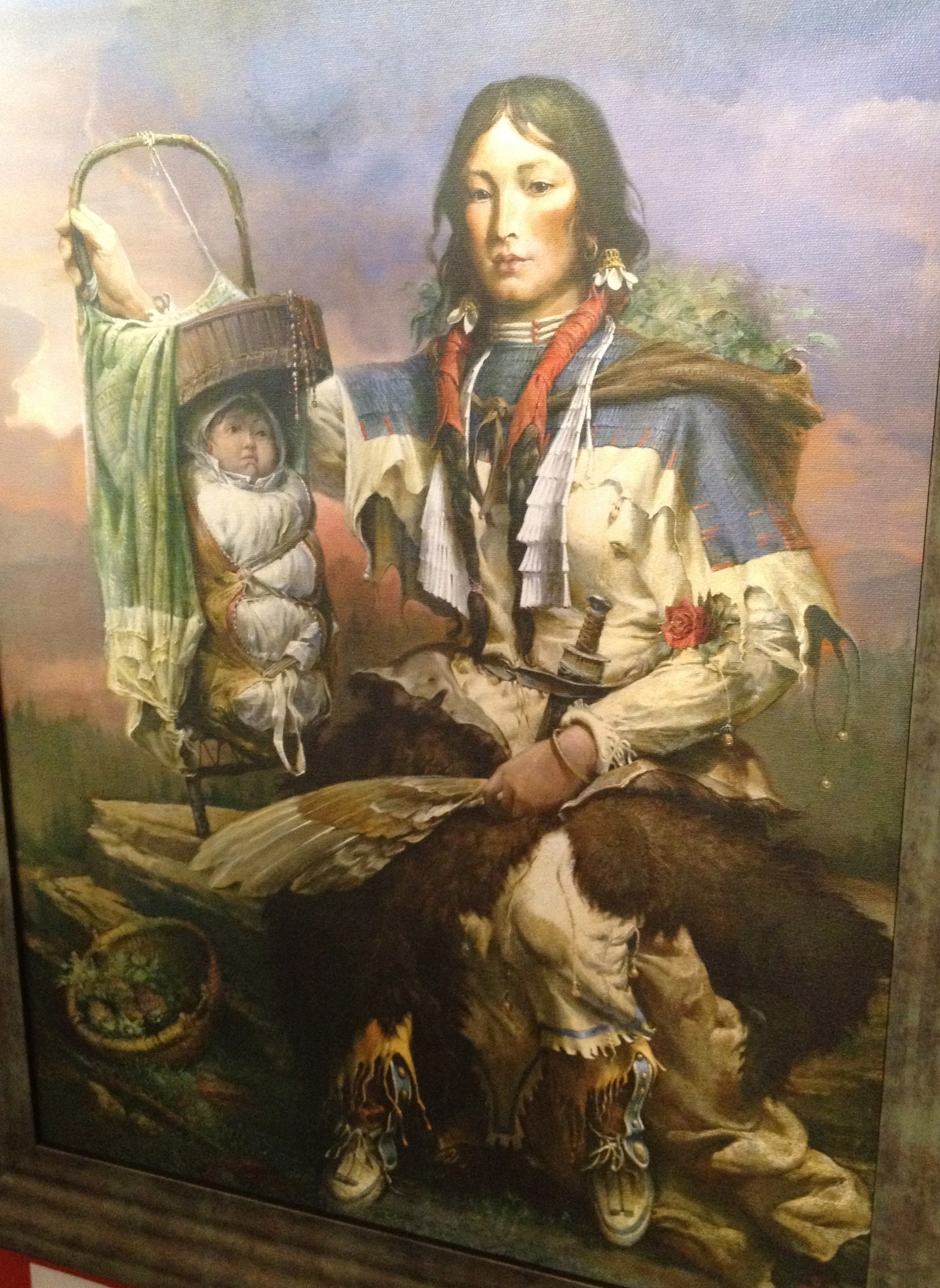
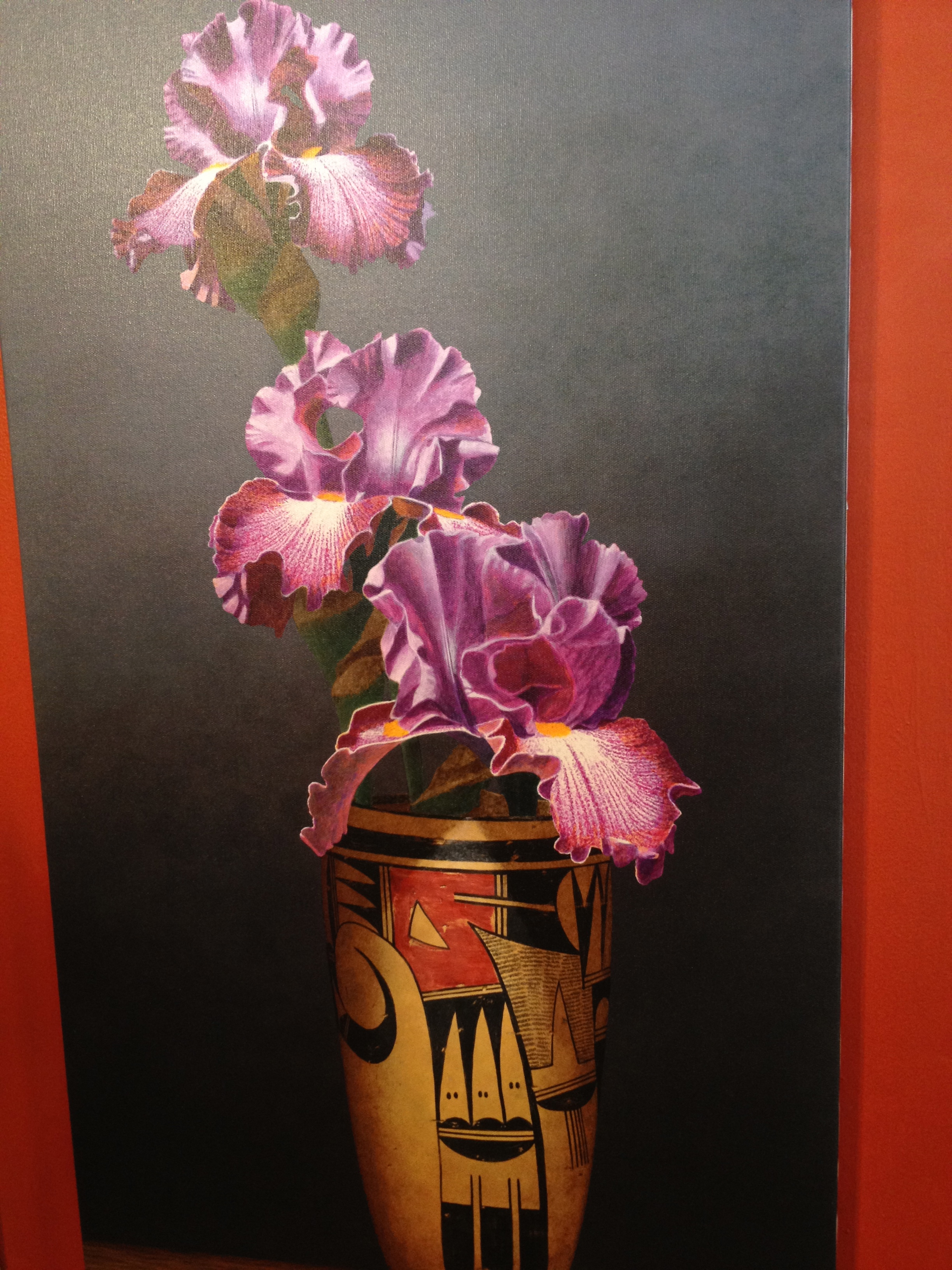 Please visit Myra's page to see more from these amazing artists and visit their own websites.We went back to the fair and I got my mom some earrings for her birthday:
Please visit Myra's page to see more from these amazing artists and visit their own websites.We went back to the fair and I got my mom some earrings for her birthday:
Here are my top three artists from the craft fair:
Nancy Koski:Nancy is a potter and an artist. She makes original pieces of pottery, then paints beautiful pictures on them by hand.

 Nora E. Graf:Nora's art is truly one-of-a-kind. She carves and paints dried gourd vases. Simply amazing. I would love to have a few of her pieces in my home.
Nora E. Graf:Nora's art is truly one-of-a-kind. She carves and paints dried gourd vases. Simply amazing. I would love to have a few of her pieces in my home.

 Raymond Judge:Raymond is a navajo artist who makes these tiny watercolors:
Raymond Judge:Raymond is a navajo artist who makes these tiny watercolors:
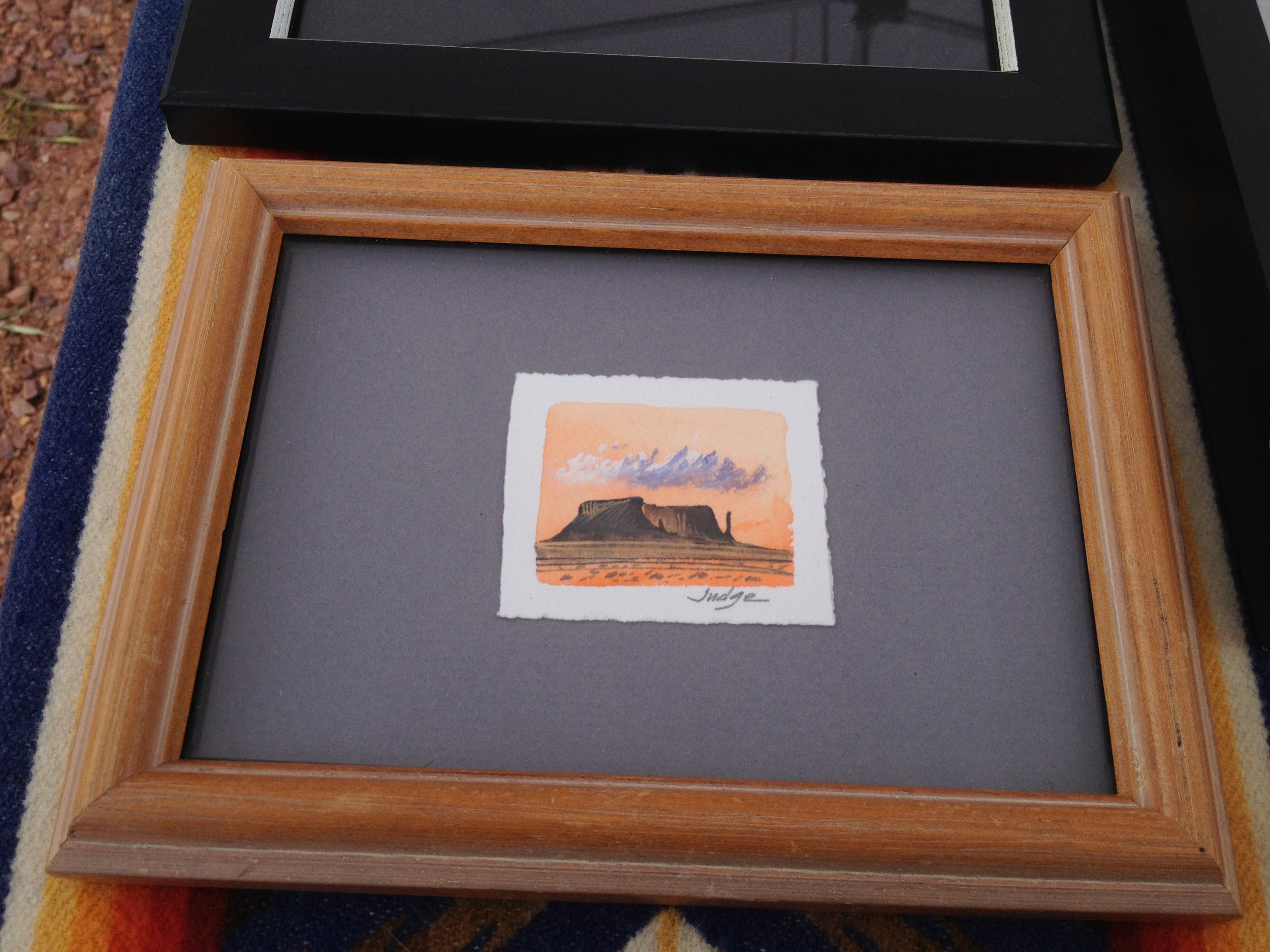 And he makes jewelry:
And he makes jewelry: And he sculpts. Check out this Pronghorn:
And he sculpts. Check out this Pronghorn: Please support these amazing artists by visiting their sites, telling your friends about them - and, hey, maybe buy a piece or two!We had such a great time on our weekend away. We even got to load up a bag of used books at the library for 2 bucks!
Please support these amazing artists by visiting their sites, telling your friends about them - and, hey, maybe buy a piece or two!We had such a great time on our weekend away. We even got to load up a bag of used books at the library for 2 bucks!
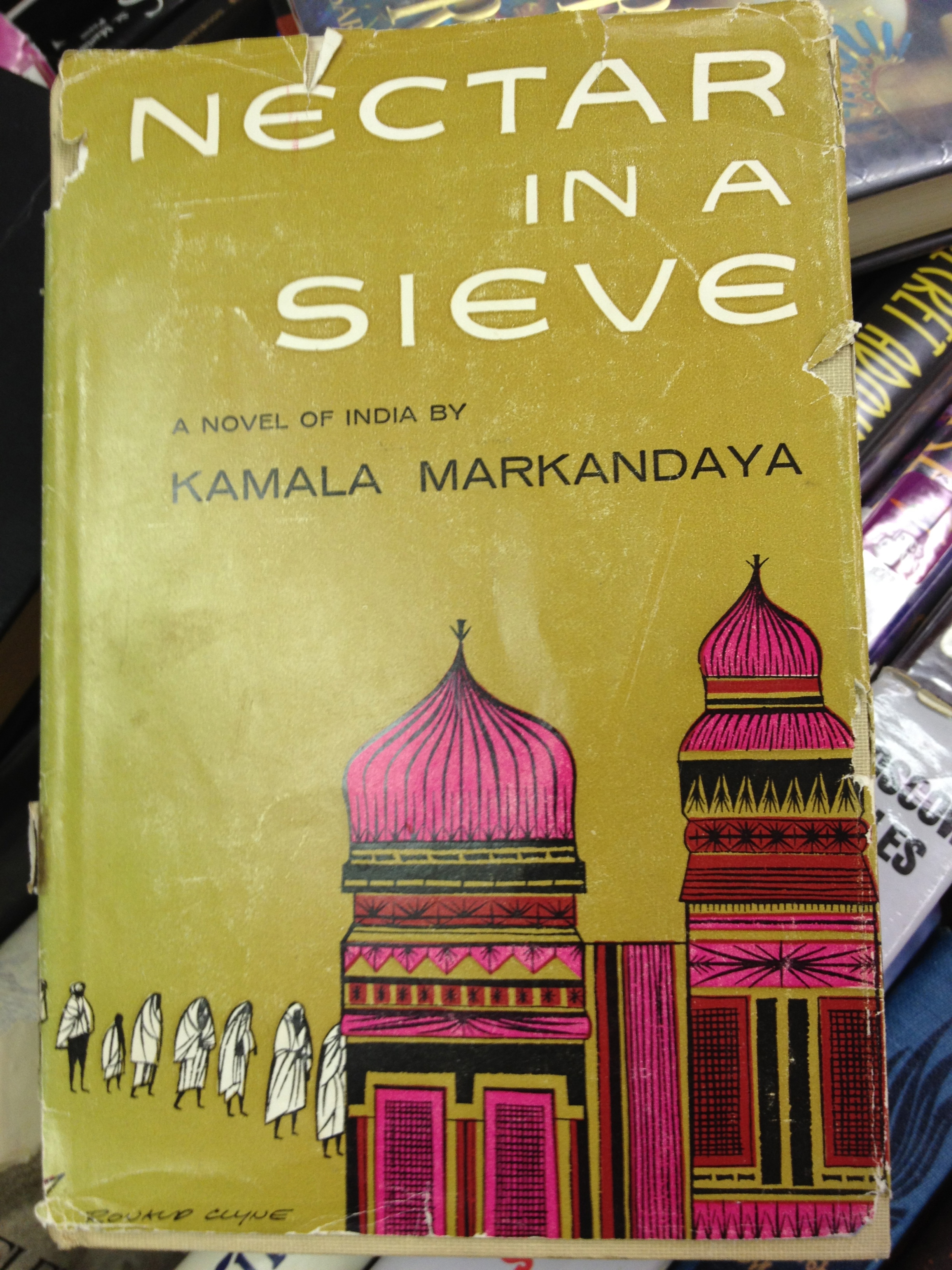 We had a great weekend.
We had a great weekend.
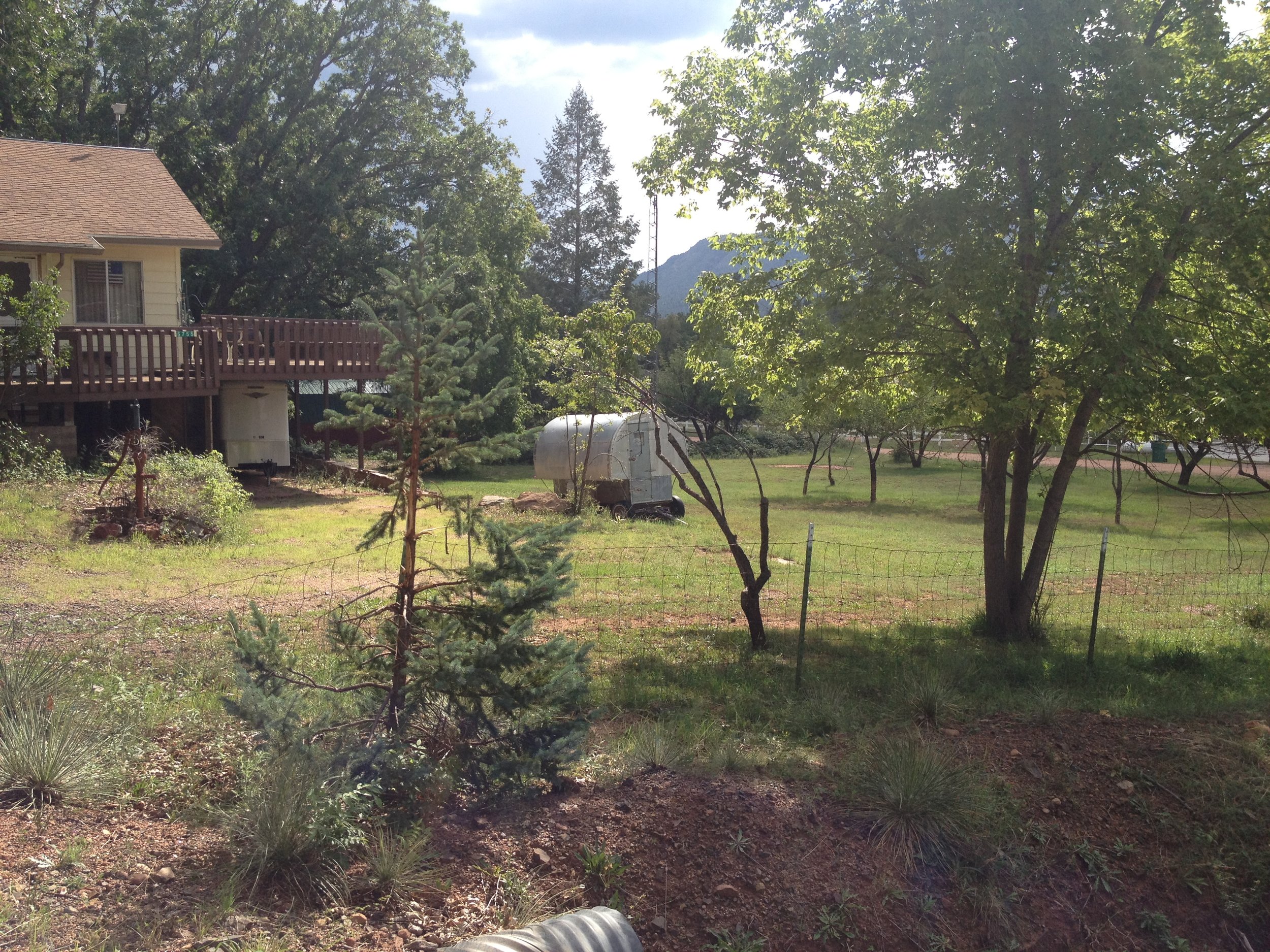 And this pretty Coues deer doe said goodbye to us as we left:
And this pretty Coues deer doe said goodbye to us as we left: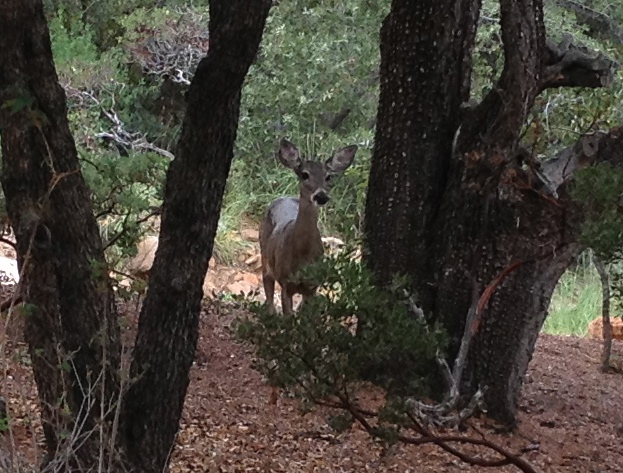 Thanks for reading! What original artwork have you seen lately?
Thanks for reading! What original artwork have you seen lately?
Meet the Writer - Anna Questerly
An author interview on the craft of writing.Featured Writer: Anna QuesterlyBooks: The Minstrel's Tale I, II, and IIIYoung adult historical fictionBuy Anna's books:
Intro, from Heidi:I first met Anna at her bookstore, Dog Eared Pages Used Books in Phoenix. It is right next to the kitchen for the caterers where I work, and of course when I see a bookstore I have to go in and check it out. Let me just tell you, if you are ever in the north Phoenix area, and are in need of something to read, you HAVE to go into this store.Dog Eared Pages has that magical quality of looking very small on the outside, but when you walk in - look out! You could seriously get lost in here. And if you do, that's OK, because you will have PLENTY to read while you wait for the search parties. The atmosphere is complete with shelves and stacks of books that twist and turn and reach up to the ceiling. There are weekly discussion groups and writer events as well.When we got to talking and Anna told me about her first book, The Minstrel's Tale, I picked up a copy. I'm a huge fan of historical fiction, and Anna's book does not disappoint. Her characters take you on quite an adventure, weaving the tale of a contemporary American teen with fairy tales, folklore, and little-known facts of 14th-century British monarchy.
On craft:
How old were you when you started writing? I attempted to write since I was about twelve years old. However, I was forty-six by the time I actually finished a story.Where do you write? I have a huge dining room table that I’ve taken over as a writing desk. It’s completely covered with manuscripts in different stages of editing, timelines, character sketches, maps, research material.When do you write? I get up early and write for a couple hours in the morning. Then I get two days off a week to work on my writing. Most of my editing and rewrites get done on those days.What helps you write—music, pictures, maps, journals, etc.—what gets you into that mindset?My magic book. My journal, is how I tap into the creativity, resolve plot issues, and develop characters. I write in it every day, yet I never reread it.What are some things that stand in your way? logistically as well as creatively?What do you do when you "hit a wall?" On days I just don’t want to write or can’t figure out where to go, I promise myself that if I just write 250 words, I’ll call it a day. I think taking the pressure off helps, because on those days I almost always manage to get over 1000 words done and have a good idea where I’m going from there.Do you use an outline—do you know exactly how the arc will play out—or do you just let the story develop as you write? If so, how do you outline? (notecards, etc.) I do a bit of both. Like a roadtrip, I want to know where I’m eventually going, but I like to leave the way open for fun adventures and fortuitous discoveries. I always know my endings before I begin, but leave the path open to get there. It’s more fun that way, since I want to know what’s going to happen next.How do you draft/revise? (i.e. do you just get it out in one big "dump," then revise, revise revise, or do you revise and edit as you go)I write my draft first and then revise-- forever it seemsWhat are some tools that you use? (reference guides, manuals, websites—a favorite pen/notebook/computer)I write historical fiction, so I use a lot of reference books, maps, andbiographies.Do you use critique groups?How did you find them? Yes, my critique partners have improved my writing immeasurably. I found them through writer’s groups at my bookstore, Dog-Eared Pages in Phoenix.
On your current project:
What kind of research did you do for this book? And, were you surprised by something that you learned in your research?I was surprised how much 14th century politics resembles our current political/economical problems. For example; the Peasants Revolt in Britain was similar(although bloodier) to the Occupy Wall Street movement.How good did it feel to write that last line? Bittersweet. I am so happy to have finished, but I’m going to miss those characters.
On the business of publishing:
How did you find your agent/editor? Great question; I actually had to make my own editor. My daughter edits for a living and has been so helpful with my books. I trust her more than anyone else I can think of and probably wouldn’t have dared publish without her help.How has self-publishing shaped your career as a writer? OR What is your opinion of self-publishing? I love the ease of self-publishing. The more I learned of traditional publishing and the problems authors have with their rights, royalties, and marketing, the more certain I am self-publishing was for me. It’s more important than ever to have good editing when you go it alone.What can you share with our readers about marketing? (i.e. what, if any, support did you have from your publisher? Costs involved? Things that worked best/weren't worth it, etc.) The Kindle program that allows me to be paid for books borrowed has been great. I’d recommend it to any author.
About You:
What is a trick that you've learned along the way that has made the writing process easier? I can’t remember where I read it, but it’s one of my favorite lines. If you get a button chair (butt-in-chair), you can write.What writers inspire you? Tolkien, Twain, Dr. Seuss, Steven King, JK Rowling and so many moreWhat do you like to read for enjoyment?Historical fiction, fantasy, horror, sci-fi (pure escapism)We all know that learning from our mistakes is part of the process of becoming who we are. As a writer, what's one lesson you've learned that you would like to pass on to others? How to handle a critique. This was a huge lesson for me. One of my readers pointed out that I had a character in the story I hadn’t introduced. I argued and showed her where I had introduced him in the previous chapter. I was ready to discount her suggestion, thinking she hadn’t read it correctly. While I was discussing it with another writer, he said to me, “Maybe you didn’t make the character memorable enough.” This was a big wake up call. If something isn’t clear to the reader, you can’t blame the reader. As the author it’s my job to make things clear to my readers.What's next for you? Another series. This one will be present day. If Nancy Drew and Indiana Jones had a daughter wouldn’t that be a blast? That’s my main character for the new series.While reading Kris Tualla's book, Becoming and Authorpreneur; Navigating a 21st-Century Career in Publishing, I was pleasantly surprised to see her refer to you in her chapter on the importance of "branding." It must be an honor to be referred to by other authors!It is a wonderful feeling to be referred to by other authors. It’s always an honor to be recognized by one’s peers and Kris Tualla is an amazing author so it was special.Here are the books:  The Minstrel’s TaleAmos Questerly, a wandering minstrel in fourteenth century Europe, takes on a mysterious young apprentice. But his new protégé, Richard, carries a deadly secret. A secret someone is willing to kill for.To reach safety they must earn their way to England by telling exciting stories of magical swords, princesses and dragons, while danger follows on their heels.By the time Amos learns Richard’s secret, it’s clear even England may not be safe. The two, trapped in an adventure as thrilling as any of the Minstrel’s tales, must follow a perilous path that leads straight to the royal palace.
The Minstrel’s TaleAmos Questerly, a wandering minstrel in fourteenth century Europe, takes on a mysterious young apprentice. But his new protégé, Richard, carries a deadly secret. A secret someone is willing to kill for.To reach safety they must earn their way to England by telling exciting stories of magical swords, princesses and dragons, while danger follows on their heels.By the time Amos learns Richard’s secret, it’s clear even England may not be safe. The two, trapped in an adventure as thrilling as any of the Minstrel’s tales, must follow a perilous path that leads straight to the royal palace. 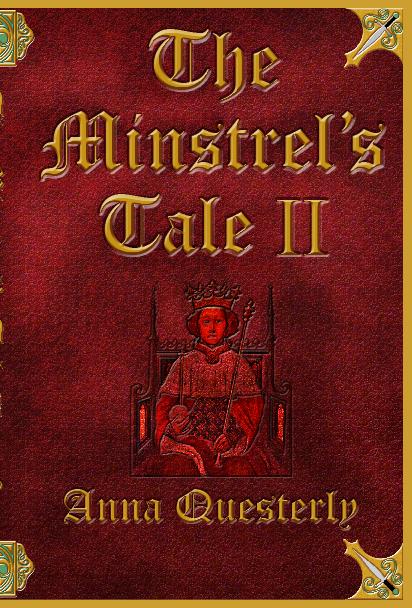 The Minstrel's Tale IIThe Minstrel’s Tale continues…A boy with the power of a king.A wandering minstrel bound by an oath.A secret that unites them.When Minstrel Amos Questerly’s ten-year-old apprentice, Richard, ascends the throne of England, Amos soon finds himself entangled in royal affairs.Determined to return to his wandering ways, the minstrel instead finds himself drawn further into the king’s inner circle where powerful enemies conspire and scheme for control.The country at war, the treasury low, and the young king’s first decision triggers the roiling anger of England’s peasantry to erupt, and plunges London into a revolt that shakes the foundations of a nation.
The Minstrel's Tale IIThe Minstrel’s Tale continues…A boy with the power of a king.A wandering minstrel bound by an oath.A secret that unites them.When Minstrel Amos Questerly’s ten-year-old apprentice, Richard, ascends the throne of England, Amos soon finds himself entangled in royal affairs.Determined to return to his wandering ways, the minstrel instead finds himself drawn further into the king’s inner circle where powerful enemies conspire and scheme for control.The country at war, the treasury low, and the young king’s first decision triggers the roiling anger of England’s peasantry to erupt, and plunges London into a revolt that shakes the foundations of a nation.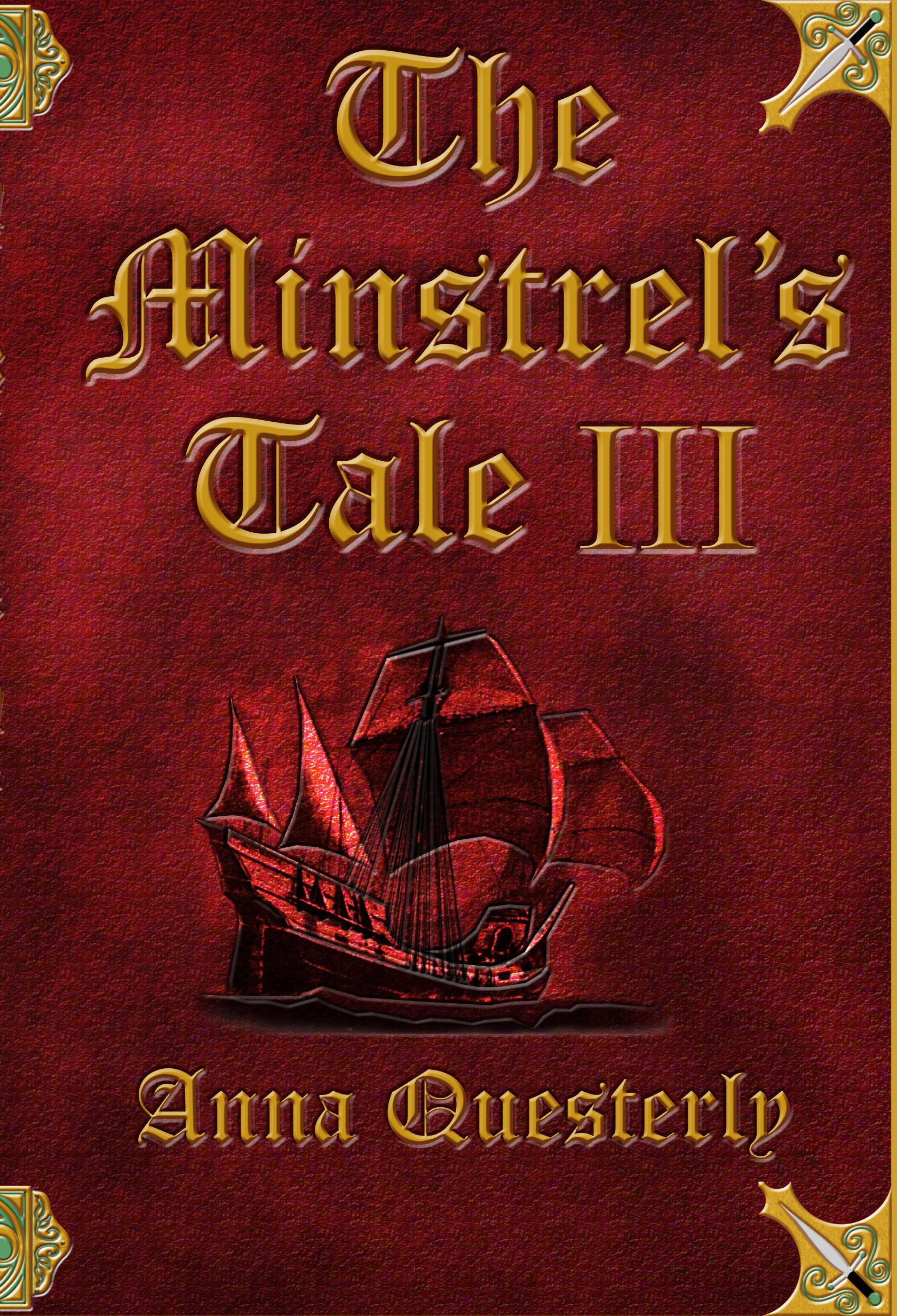 The Minstrel's Tale IIIThe Questerly saga continues...King Richard II, once a friend -- now a powerful enemy, refuses to release Minstrel Amos Questerly from the impregnable Tower of London.A daring plan to rescue Amos leads to more exciting adventures and incredible dangers in this thrilling conclusion to the Minstrel's Tale.
The Minstrel's Tale IIIThe Questerly saga continues...King Richard II, once a friend -- now a powerful enemy, refuses to release Minstrel Amos Questerly from the impregnable Tower of London.A daring plan to rescue Amos leads to more exciting adventures and incredible dangers in this thrilling conclusion to the Minstrel's Tale.
Anna can be found online:
Thanks for taking us on 3 amazing adventures, Anna!
Desert Rain - a picture post
We have FINALLY gotten some much needed rain down here in the desert. It is making for some very humid don't-even-bother-straightening-your-hair days, but things have cooled off ever so slightly and the dust has been kept to a minimum.There is a certain smell that springs from newly damp desert ground, but I suppose it smells just as good as any other place when long overdue rains arrive. I actually put it into the first chapter of my book. Here's a peek:
The western sky was the kind of blue that comes after a cleansing summer rain, and the breeze still smelled of damp sage and pine. Leather reins lay slack in her fingers, resting on the saddlehorn in front of her. Closing her eyes, Ruby breathed in the beautiful day.
You'll have to wait to read more, but I'll try to pop in a few tidbits here and there. Until then, enjoy some recent photos of the girls (click images to enlarge):
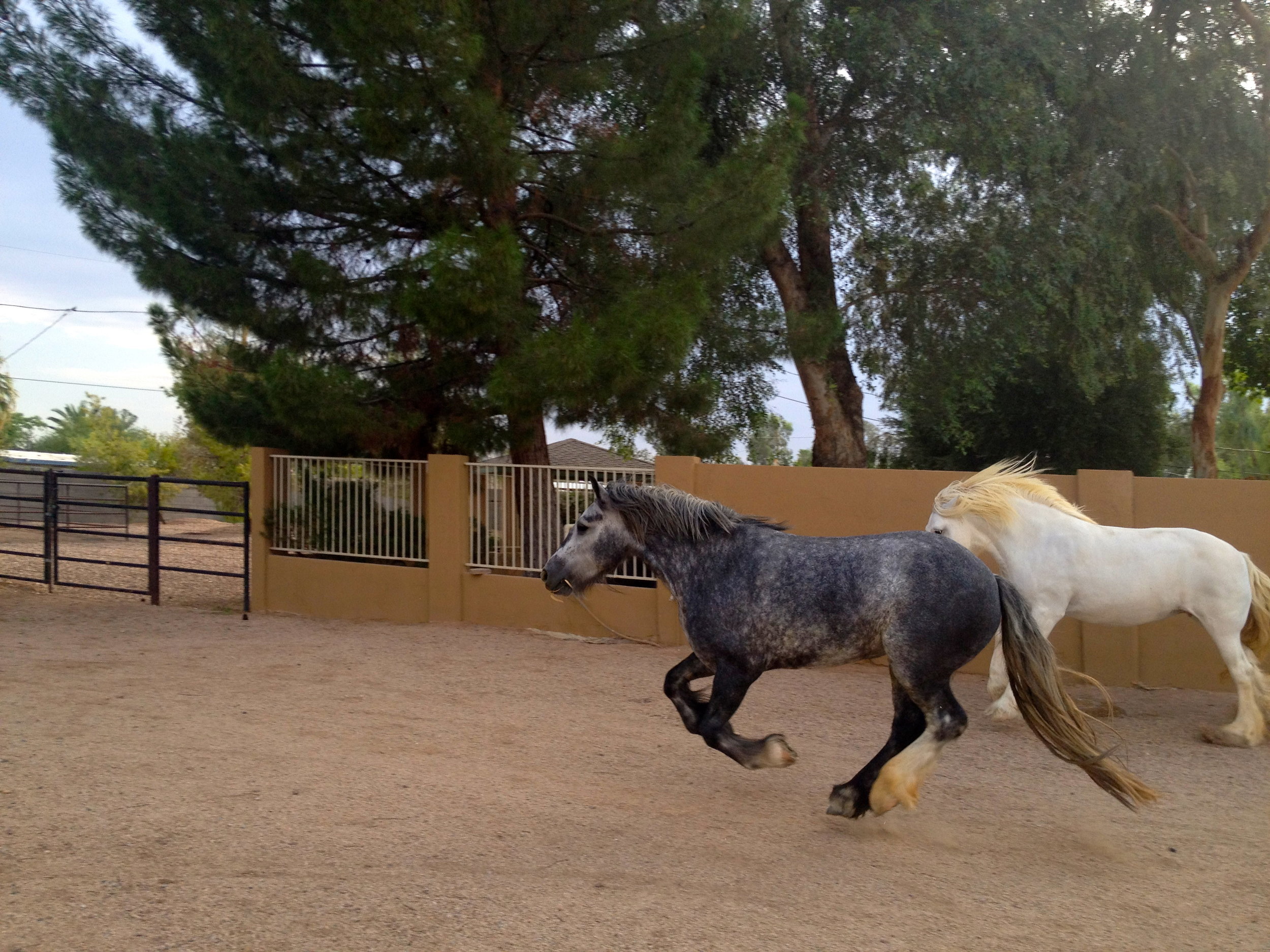
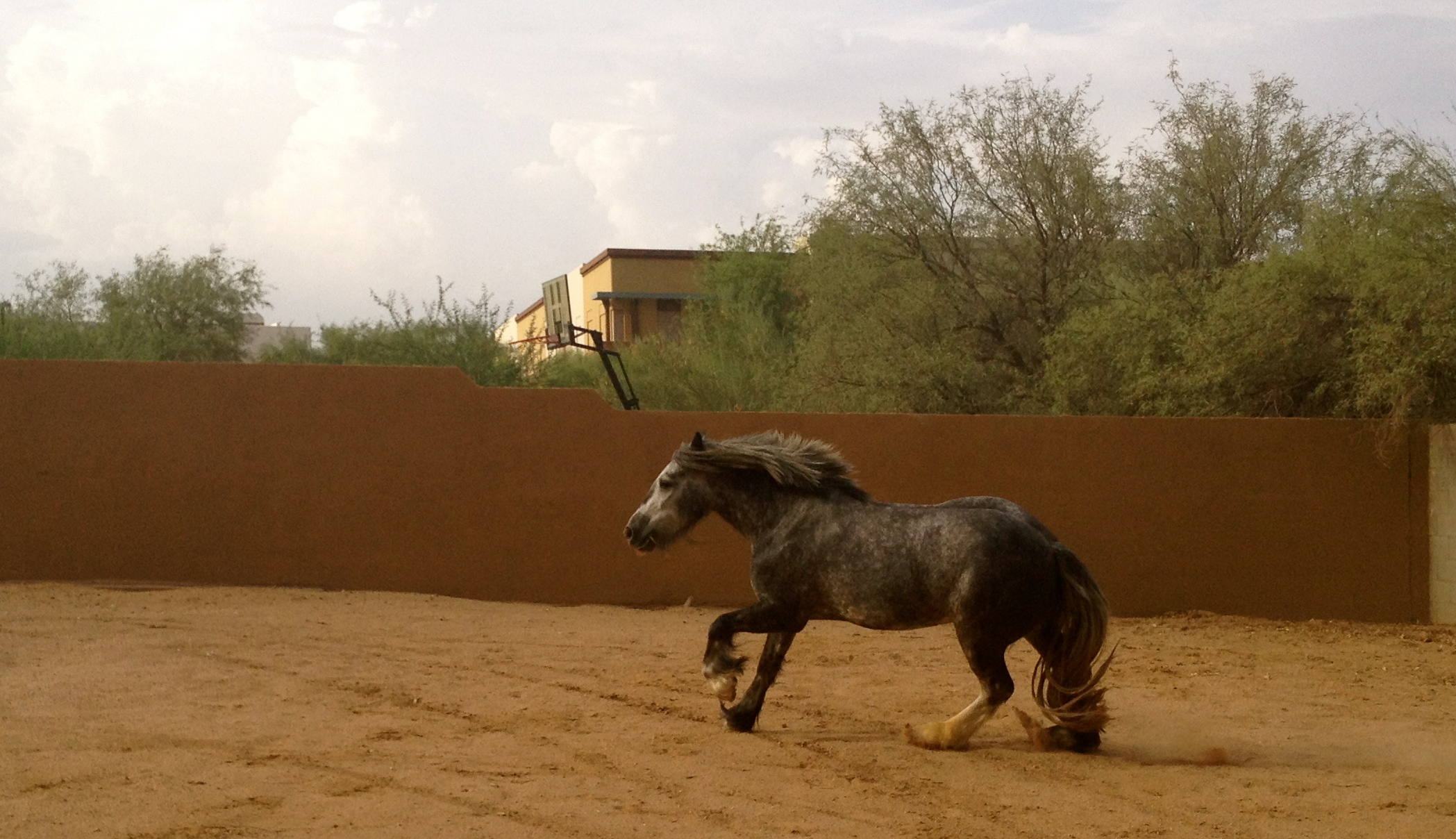

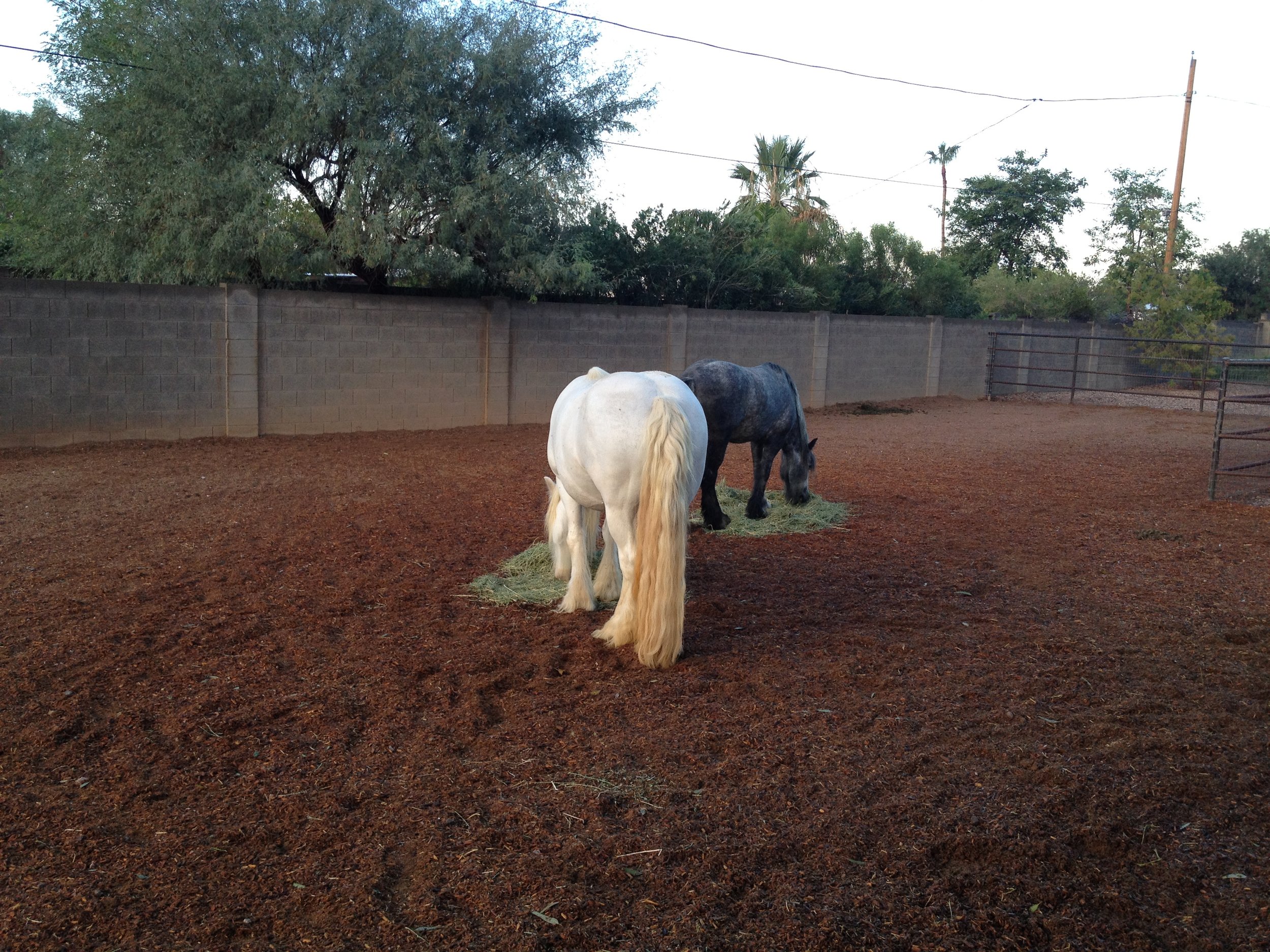

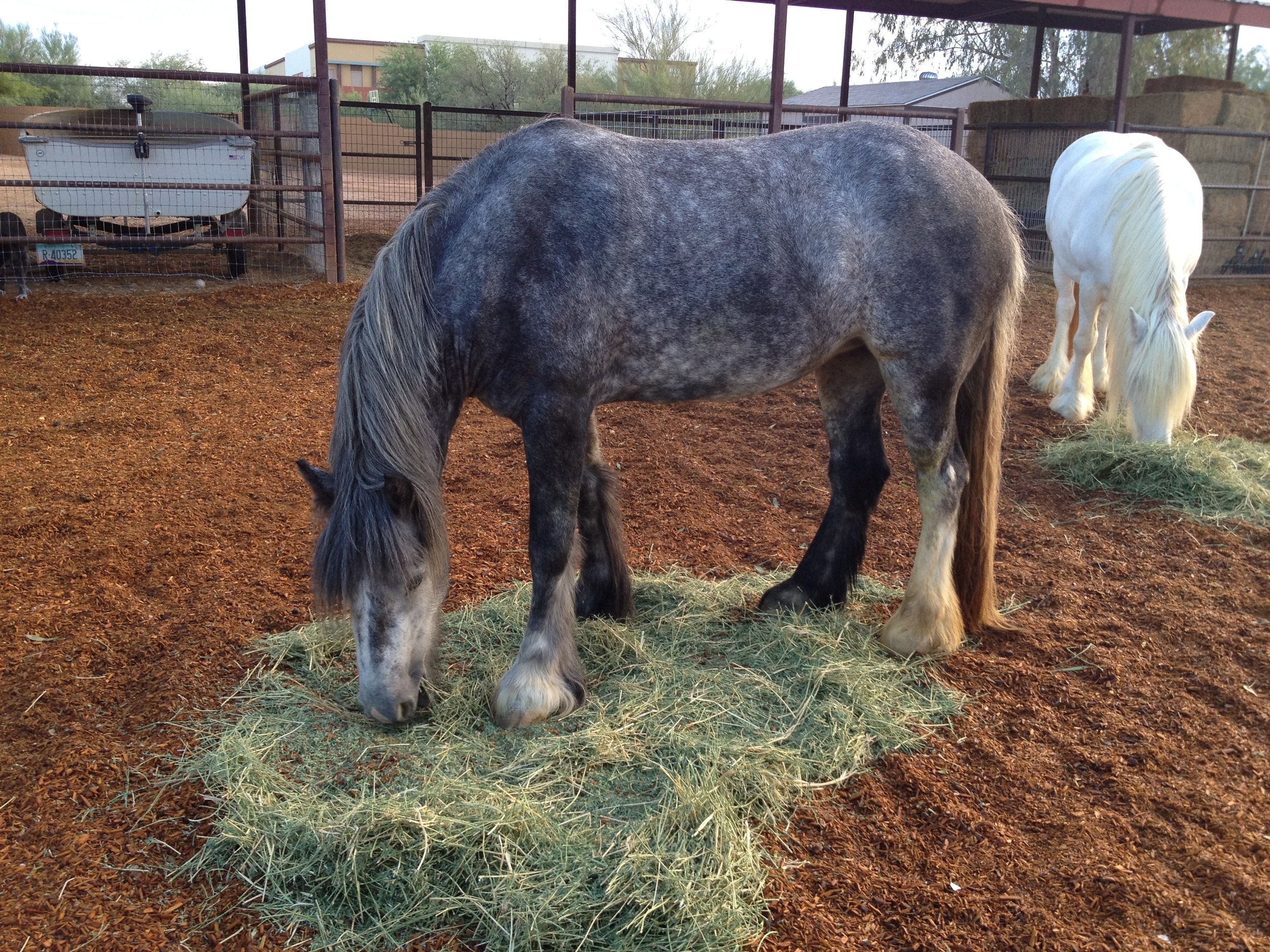
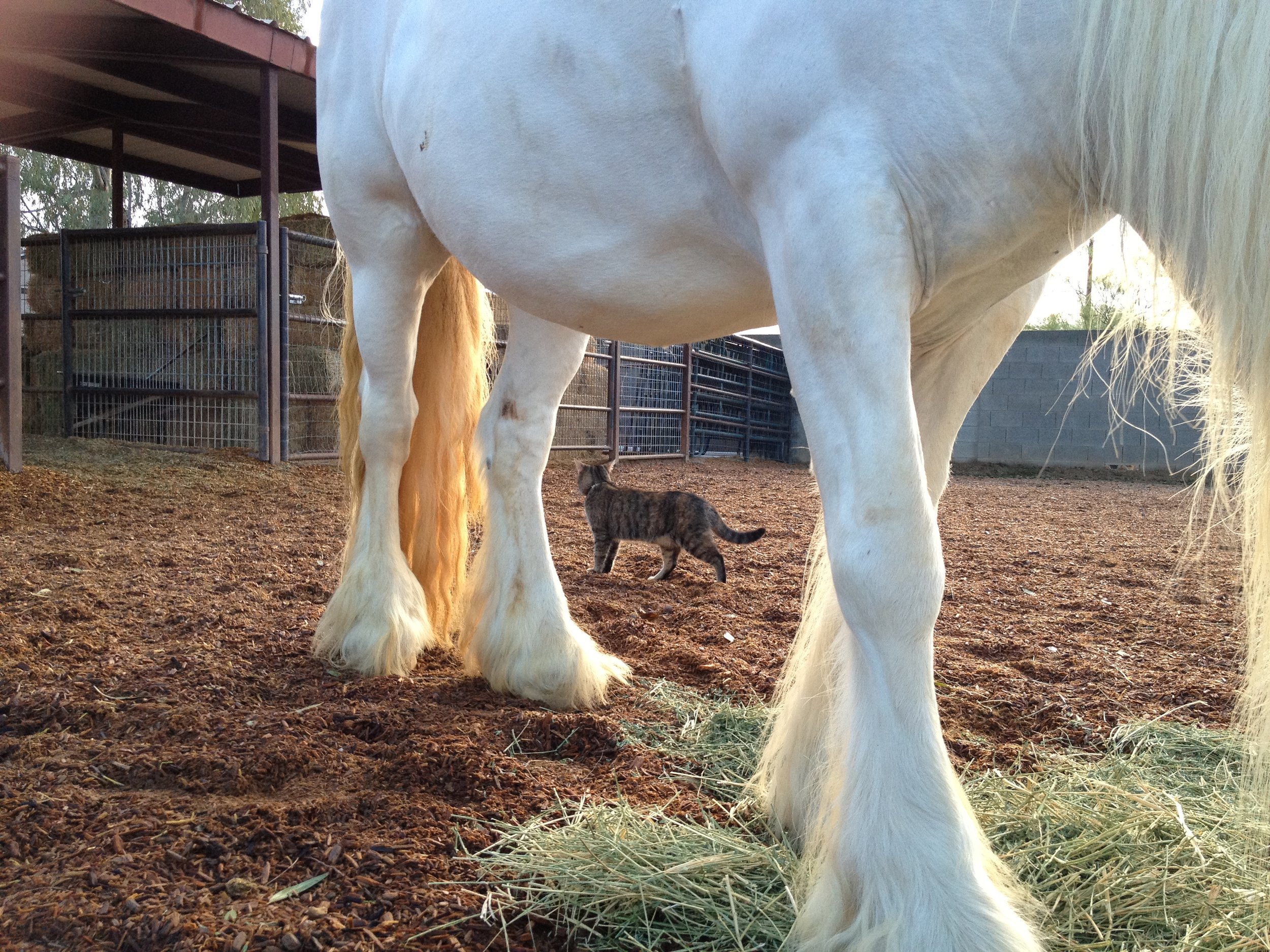

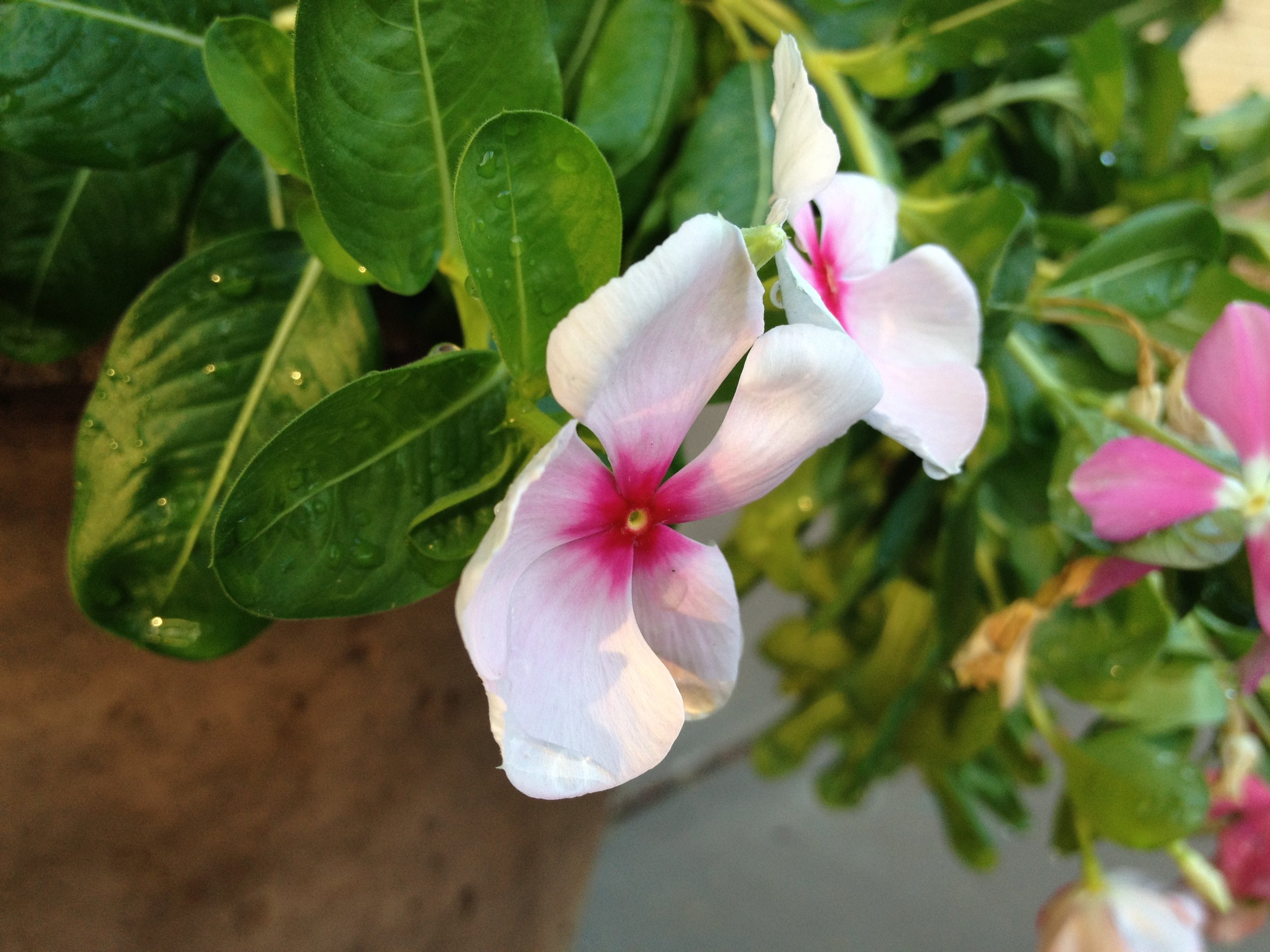
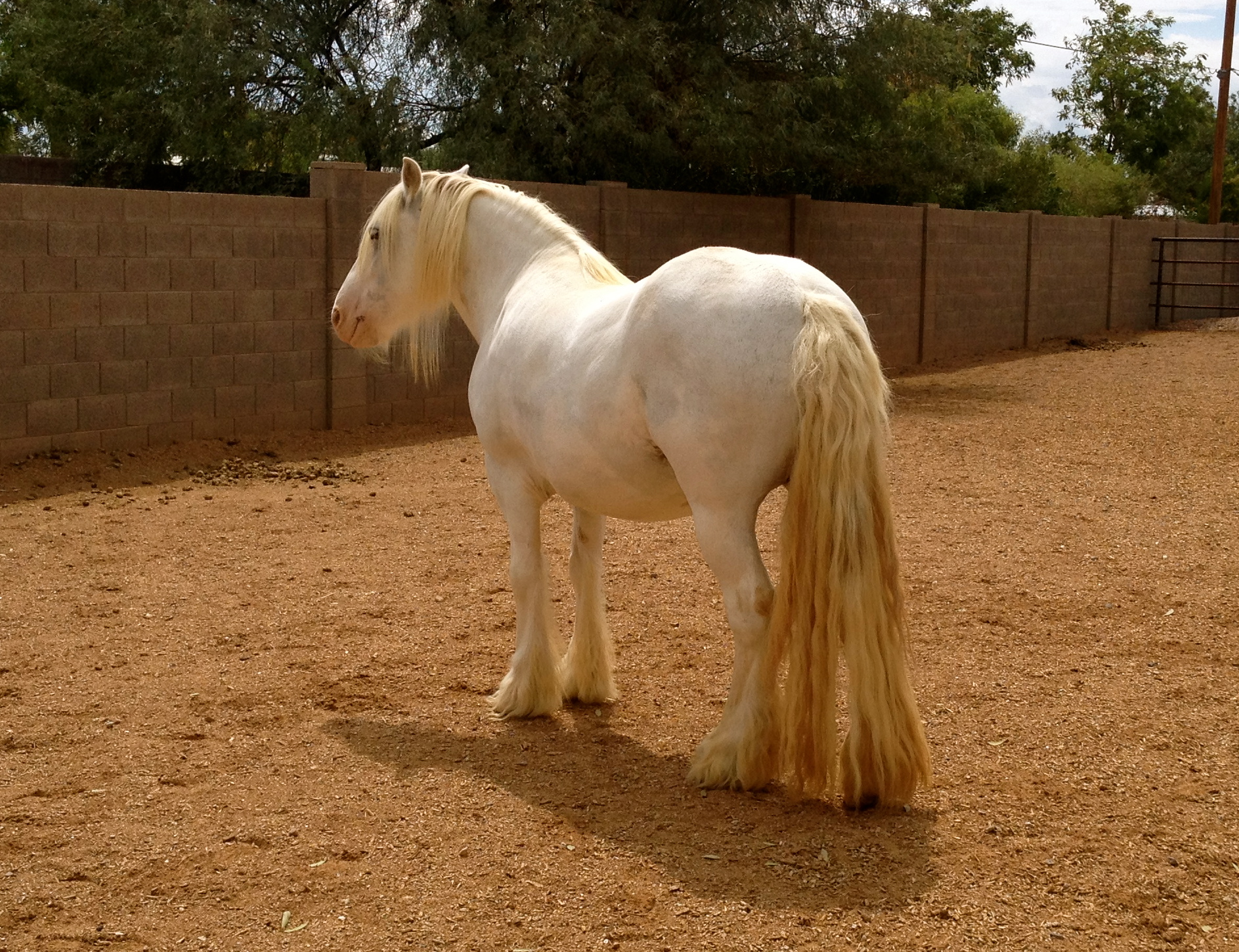



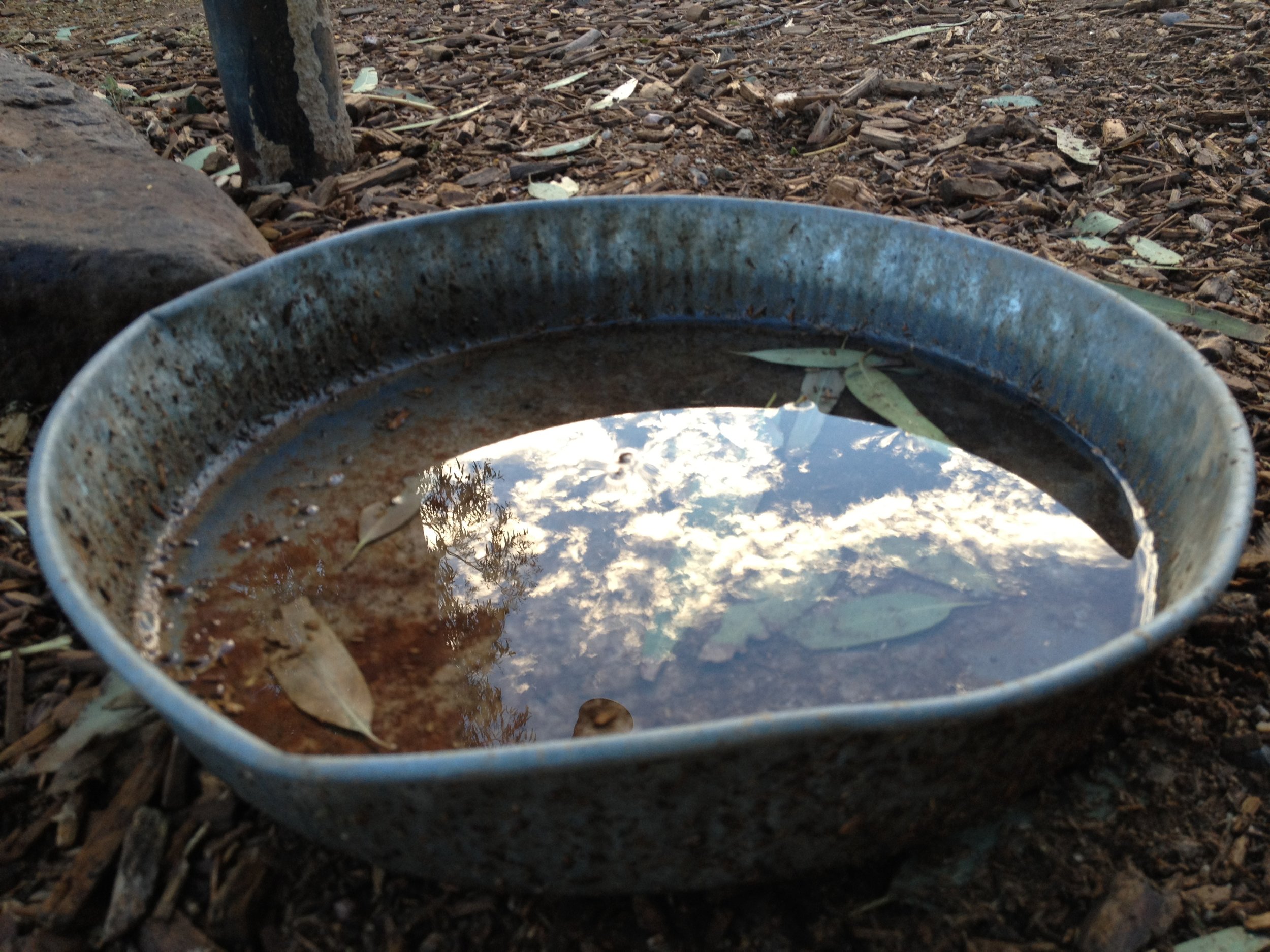

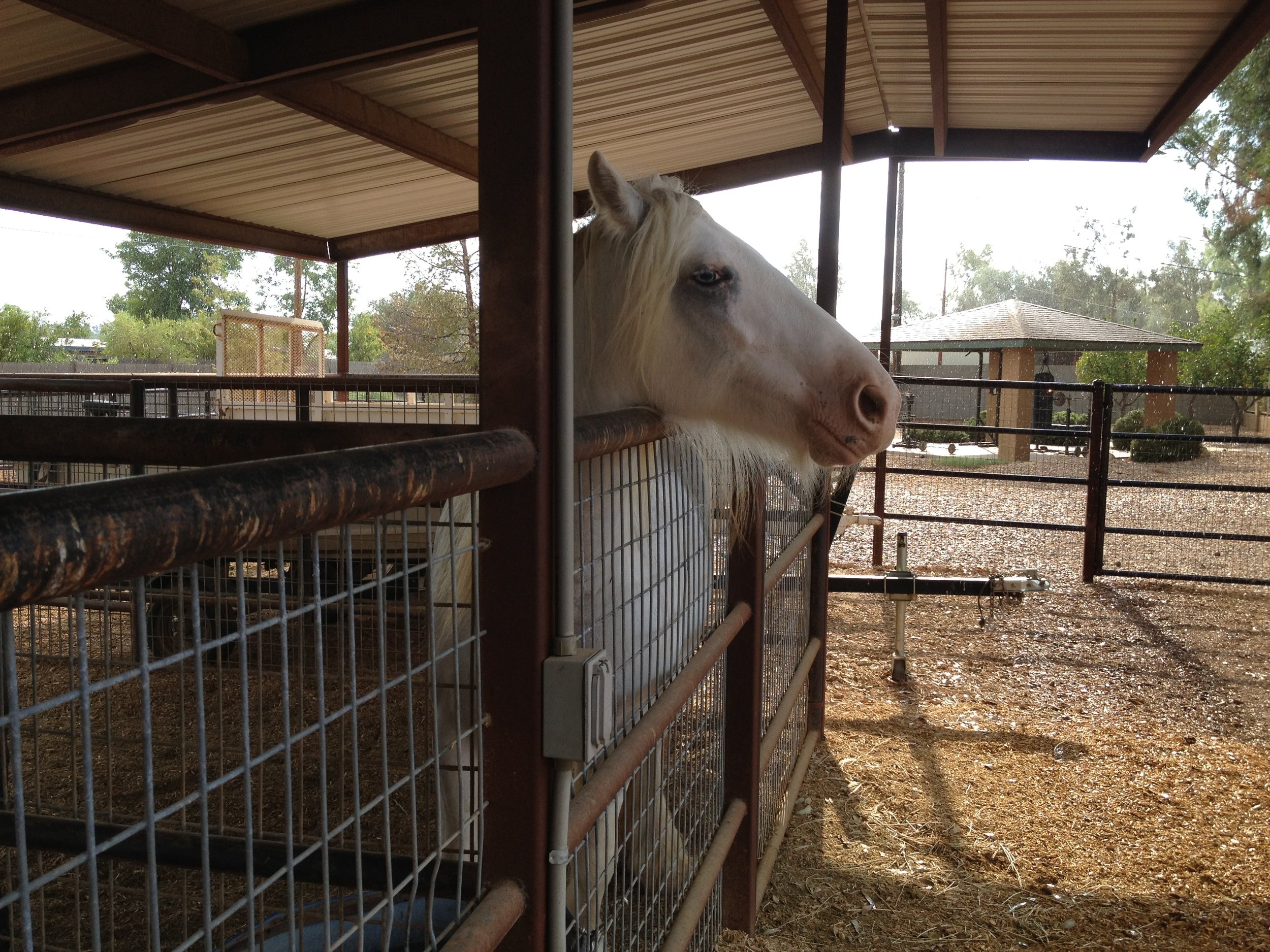 For some more AMAZING Arizona photography, check out this local photographer's page.Thanks for reading,Heidi
For some more AMAZING Arizona photography, check out this local photographer's page.Thanks for reading,Heidi
Meet the Writer - Virginia Nosky
An author interview on the craft of writing.
Featured Writer: Virginia Nosky
Books: The Fall from Paradise Valley; Blue Turquoise, White Shell; Ring of Fire; Pima Road; Kachina
Coming Soon: To a Certain Degree; White River
Buy Virginia's books:
Intro, from Heidi:
Virginia is an award-winning author, and one of my earliest cheerleaders from my beginning days at the library critique group. I have to say, she intimidated me at first, being one of those no-nonsense types who would put a huge "X" over an unnecessary paragraph, scratch corrections over my manuscripts, and has a take-no-prisoners attitude when it comes to punctuation and grammatical errors.I learned a great deal from Virginia. She gives amazing feedback, and I knew I was getting better at this writing thing when I started to see that she drew a star in areas of my work. That was a sign that she liked what I wrote. And if I got a star on the front page—whoa! Look out! A star from Virginia is like a nod of approval from the Queen.If any of you are interested in writing romance, take a cue from Virginia. This lady may look polite and proper, but, man can she steam up some pages! And she writes a hundred times better than E.L.James, so if 50 Shades of Grey left you wanting more, pick up a copy of one of Virginia's books—you won't be disappointed!
Virginia Nosky:
On craft:
How old were you when you began to write?All mixed up in my mind are these little plays my sister and I would put together with neighbor kids. There was very little written down, but these little dramas were full-blown affairs, with beginnings, middle and ends. They were also fully costumed with whatever our fevered imaginations could come up with. I remember playing a Maria Montez role—she was a popular sultry movie star—always, it seemed, in harem type costume. I wore my mother’s tin measuring cups as my bra, over my nonexistent chest. There was a little woods beside our house and once we even built a little fire in a clearing—to dance around. We had a lot of freedom back then. My point is that I spent a great deal of my play time in a world of glamour and exotic situations. My imagination was engaged constantly in other worlds. Making up stuff has always been with me, and I can’t really remember when I started writing it down. I majored in Communication at Ohio State, worked in broadcasting and advertising. Writing is just there, in my life.Where do you write?When my sons went off to college, my husband took one of their bedrooms for an office, and I took the other one. It didn’t happen suddenly…we just sort of moved their stuff out…like squatters.What helps to inspire you? Music, maps, journals.I have never liked background music. Total quiet is best, but I can tune out ambient household noise when I really get into something. Sometimes I would like to screech at interruptions by my sweet family…but I don’t. I can’t come out with “Do you realize I’m trying to get this woman in bed with the guy and now, NOW”…etc. But that scene will be different for the interruption. That’s true of any artist whose train of thought is broken. The piece will change. You can only hope it will be as good or better.What stands in your way? Logistically/creatively?Not much. A busy schedule is the most disruptive. Or some kind of emergency that requires your attention. It’s hard to be creative when you’re troubled about something.What do you do when you hit a wall?Just going back to reread what I’ve already written just gets everything going. The worst thing is to get into a corner, where something doesn’t work. But I find those insomniac hours at night can come up with some amazing solutions. “Sleeping on it” is really good advice.Do you outline? Know how the story will develop?Outline? No. Never. I know how the story begins, how it will end, and there is usually a dramatic scene somewhere in the middle that triggered the whole idea. That’s not to say the story will end like you thought. Stories develop lives of their own, and sometimes the end will be different than you started out. A character will assert herself or himself. But it’s important to know where you’re going when you start out. For that matter the beginning might change a bit. The best advice I ever read was from Tony Hillerman. Don’t spend so much time polishing and polishing the beginning. You’ll make some changes when you’ve finished. He said when he started out, he did that. He wrote the most perfect first chapter in the universe. It was lapidary in its brilliance and it still nestled unread in a dusty drawer. That has stayed with me and saved a lot of grief.How do you revise and edit?I edit as I go. I get ideas as I go along and work with them. Then when the book is finished I go back and do it some more. And, as I mentioned, if I’m stalled, it’s a good way to get going again.Do you have any special tools?I work on a desk top and I have an extensive library. I have books on birds, astronomy, flowers, history, physics, geography, wildlife, minerals, weather, sports, games, food, wine, native plants, survival, Native American healing. I have maps and word books: Roget’s, Word Menu, Synonyms, Reverse Dictionary. I have several grammar books: The Chicago Book of Style; the Oxford Book of Grammar; Strunk & White. I have a French Dictionary, and Spanish, Italian, a Japanese, Navajo, Portuguese. I have books of quotations. One book I love is the Book of Everything. Everything has a name and this book has every screw, spark plug, beam, anchor, sail, knot…well, you name it. And it’s there. I have dozens of books on writing. Then I’ve collected a number of books on Arizona Indian culture, mostly Navajo. If I don’t have an answer in those books, Google is my friend.Do you belong to a critique group?Yes. I belonged for years to the Scottsdale Writers Group at Mustang Library. That’s where I met you. And many lovely people. My most valuable group is an offshoot of that. There are five of us and we read much longer excerpts from each other. Take them home and write serious criticism. I love them. Every serious writer needs readers to bounce their work off of. We all write different things, but that isn’t a problem, and sometimes it’s invaluable.What kind of research do you do?A lot. One thing leads to another. You read that something happened. Then you find you have to know why it happened. I’m working on a sequel to Blue Turquoise, White Shell called White River. But in writing about an important incident in the Navajo history, it took place during the Civil War. And I had to get into that, which I hadn’t meant to. That’s the trouble with history. Nothing happens in a vacuum.Did something surprise you? Not really. Particularly with White River. Oh, fascinating details crop up, but I had immersed myself so much in the first book, I pretty much knew what was going to happen.How does it feel to write the last line?With Kachina, my first book, there was a huge surge of pride that I had done it. But I face the last line now with a sense of uncertainty. Is this the right ending? Also a sense of regret. You do get into the lives of your characters and you can’t stop thinking about them. But you do have to send that baby out into the world. A book isn’t truly finished until somebody reads it. I always sense that it’s the same with an artist. When to lay down the brush.
On the business of publishing:
How did you find an agent?I don’t have one now. But it was endless queries, endless sending out mss. Two of my books I’ve used a Canadian publisher that I met at a conference. Conferences are a great place to meet editors and agents. They’re sort of obligated to look at a little bit of your stuff.Has self-publishing shaped your career?I’ve had all my books come out with traditional publishers. I don’t have a problem with self-publishing and I’ve thought about using it to publish my poetry and short stories. These have been in anthologies, but I may get to it one of these days as the rights devolve to me. One has all that nice control when you do it all yourself.What can you share about marketing? What didn’t work?It’s ongoing, it’s time-consuming and most writers hate it. I do. But publishers don’t do it anymore. Oh, maybe if you’re ever so famous. I’ve tried a bunch of stuff, even hired a publicist, but it was pretty much a waste of money. I have a great gal who helps me with computer things and we’ve become great friends. But it’s just getting your name and work in front of the public on and on and on. Speaking to groups is great, and you can hope that the more you write the more your name will become familiar. All the social media is a must.
About You:
Tricks to make writing easier.It’s not supposed to be easy, but it’s fun most of the time. When you get a good scene going, you soar.What writers inspire you? Updike, because he notices the smallest things. Maybe all the good writers do. Don Delillo, Pat Conroy, T.C.Boyle, Chrisopher Moore, Richard Russo, Barabara Kingsolver. David Sedaris is hilarious, Christopher Buckley. Tony Hillerman, Elmore Leonard so simple…well, on and on.What do you read for enjoyment?All of the above. I’m really all over the map in what I read. I sort of lean to literary, but well- written trash is fun, too.What’s next for you?As I mentioned above, White River has gone off to the publisher. It will probably be out the first of the year. I’ve done some short stories, and have put together some contest work. I’m relaxing doing a little romance that’s been around in my drawer for awhile.Where can we find you? My website is www.virginianosky.com. I have a trailer on YouTube for The Fall From Paradise Valley. I just did a long interview on web radio with Al Cole, a broadcaster out of Boston. All my books are on Amazon, Barnes & Noble, ChampagneBooks.com/store. Some of them are in libraries around town, but they can always be ordered. Poisoned Pen book store has several.Thanks Virginia!For those of you in the Phoenix area, Virginia will be giving a Workshop:"Writing Romantic Scenes" for the Scottsdale Society of Womens Writers on October 31, 5:30-7:30, at the Chaparral Suites Resort in Scottsdale.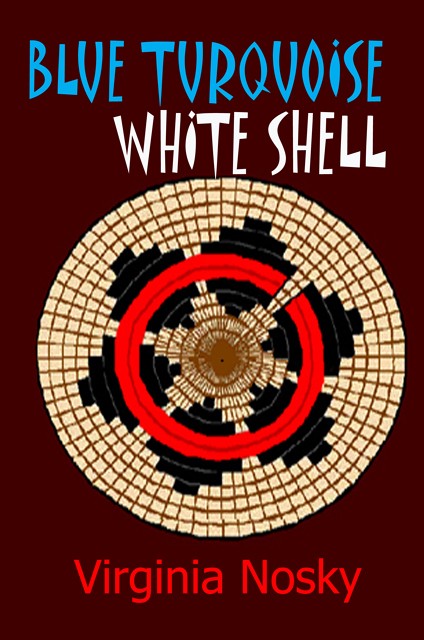 Blue Turquoise, White Shell is a contemporary multicultural romance mixed with historical fiction. It has won three First Place Glyph Awards from the Arizona Book Publishing Association.When a privileged east-coast Med school student agrees to work on the Navajo reservation in exchange for getting her Harvard education paid in full, the last thing she expects is to fall for the tribe's newest congressional Golden Boy, Nicholas Nakai. But what is in her secretive grandfather's past that makes him send Lily to the Rez? You'll have to read to find out!
Blue Turquoise, White Shell is a contemporary multicultural romance mixed with historical fiction. It has won three First Place Glyph Awards from the Arizona Book Publishing Association.When a privileged east-coast Med school student agrees to work on the Navajo reservation in exchange for getting her Harvard education paid in full, the last thing she expects is to fall for the tribe's newest congressional Golden Boy, Nicholas Nakai. But what is in her secretive grandfather's past that makes him send Lily to the Rez? You'll have to read to find out!
Back to the Mountains - a picture post
If you've been reading my blog for awhile, first of all, THANK YOU!! :) and second of all, you'll be glad to hear about a place familiar to us; our favorite spot in the beautiful White Mountains of eastern Arizona. This is where you first heard of it. Here's the follow-up from last year where you see our lovely tree burned to the ground.In celebration of quitting my job, the last hurrah before school started, and my husband having 3 days off, we headed back to the our favorite spot for a cool break from the 115° heat. Here are some AAaaaahhhh moments:

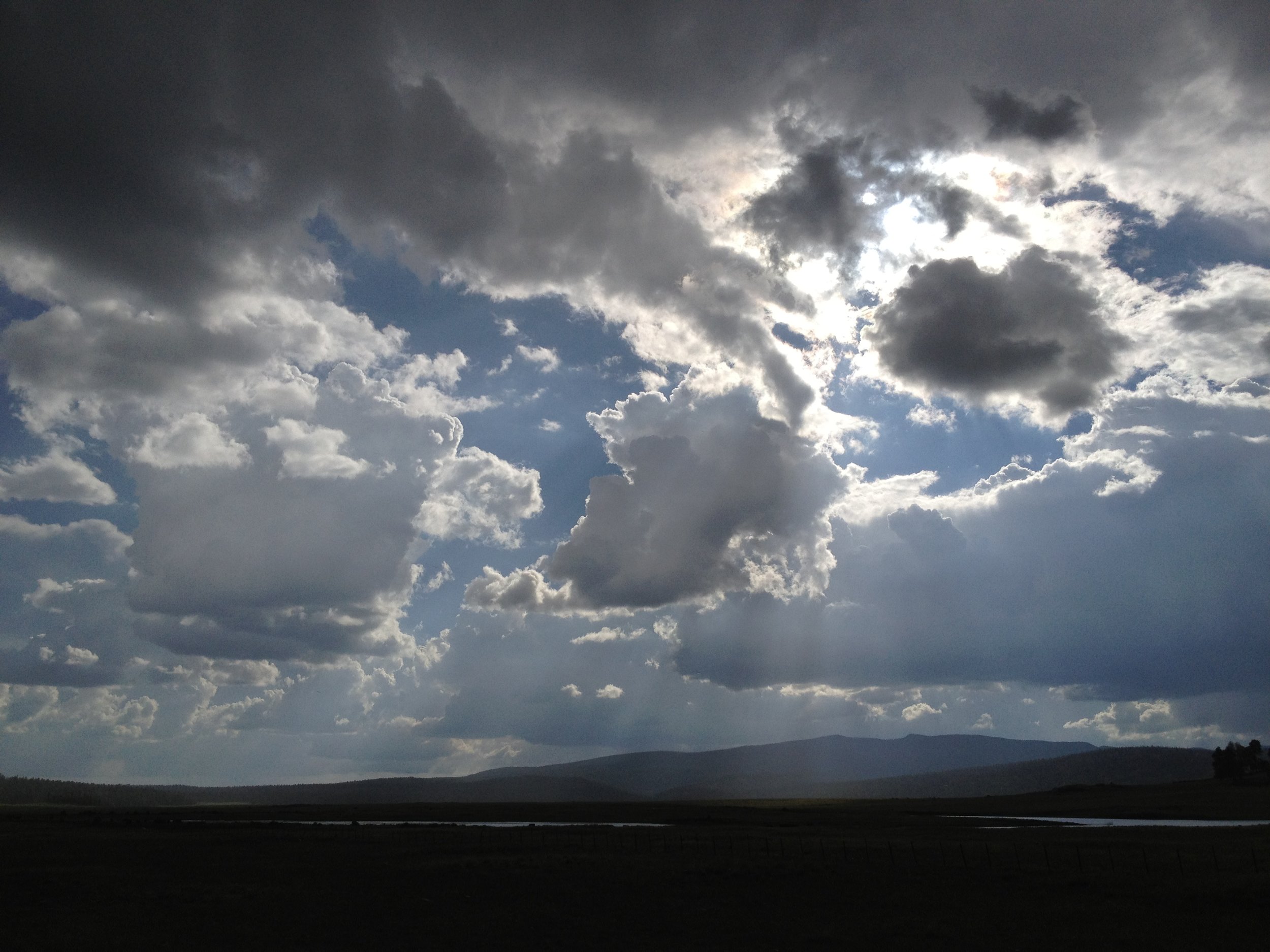
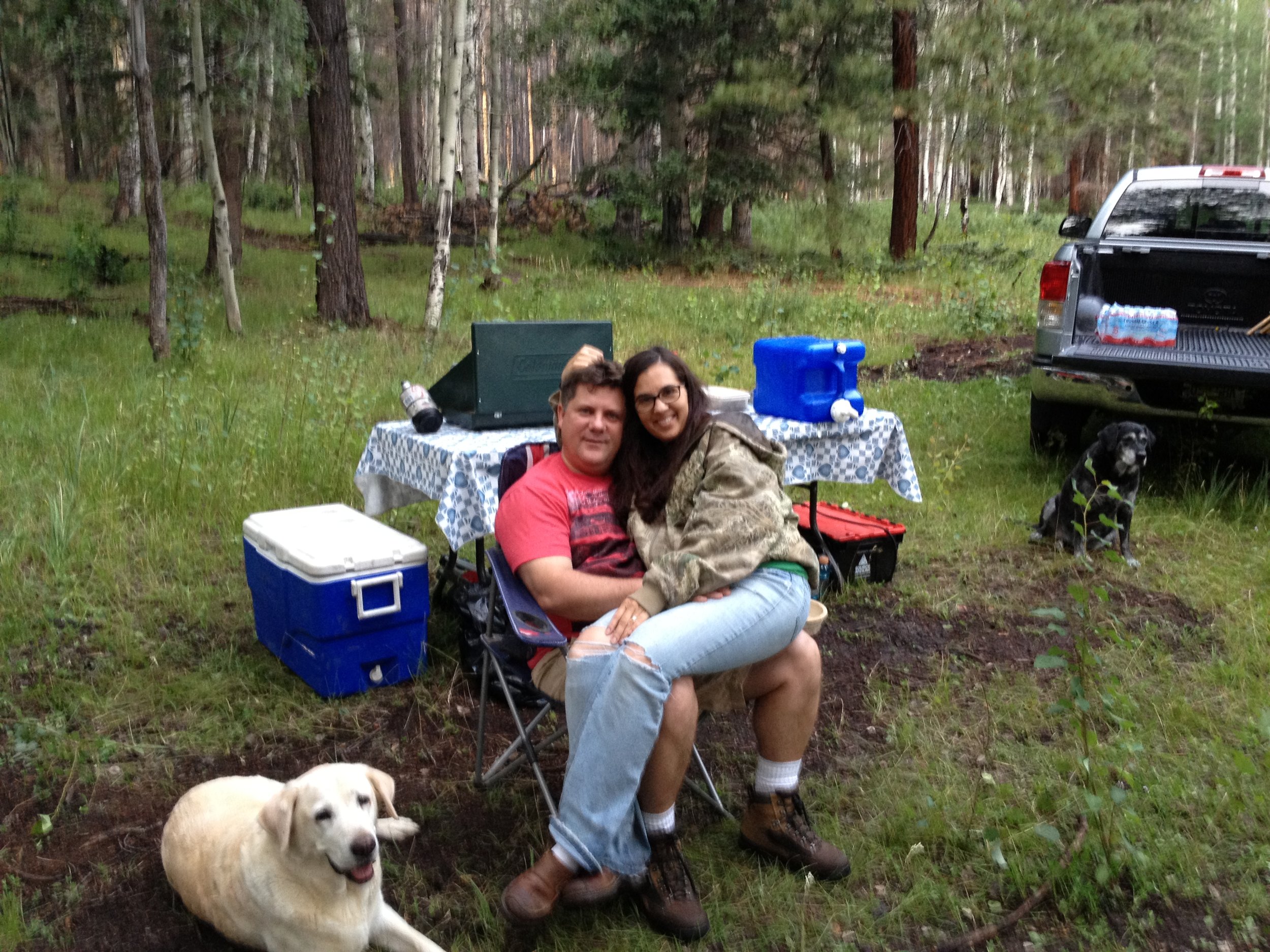

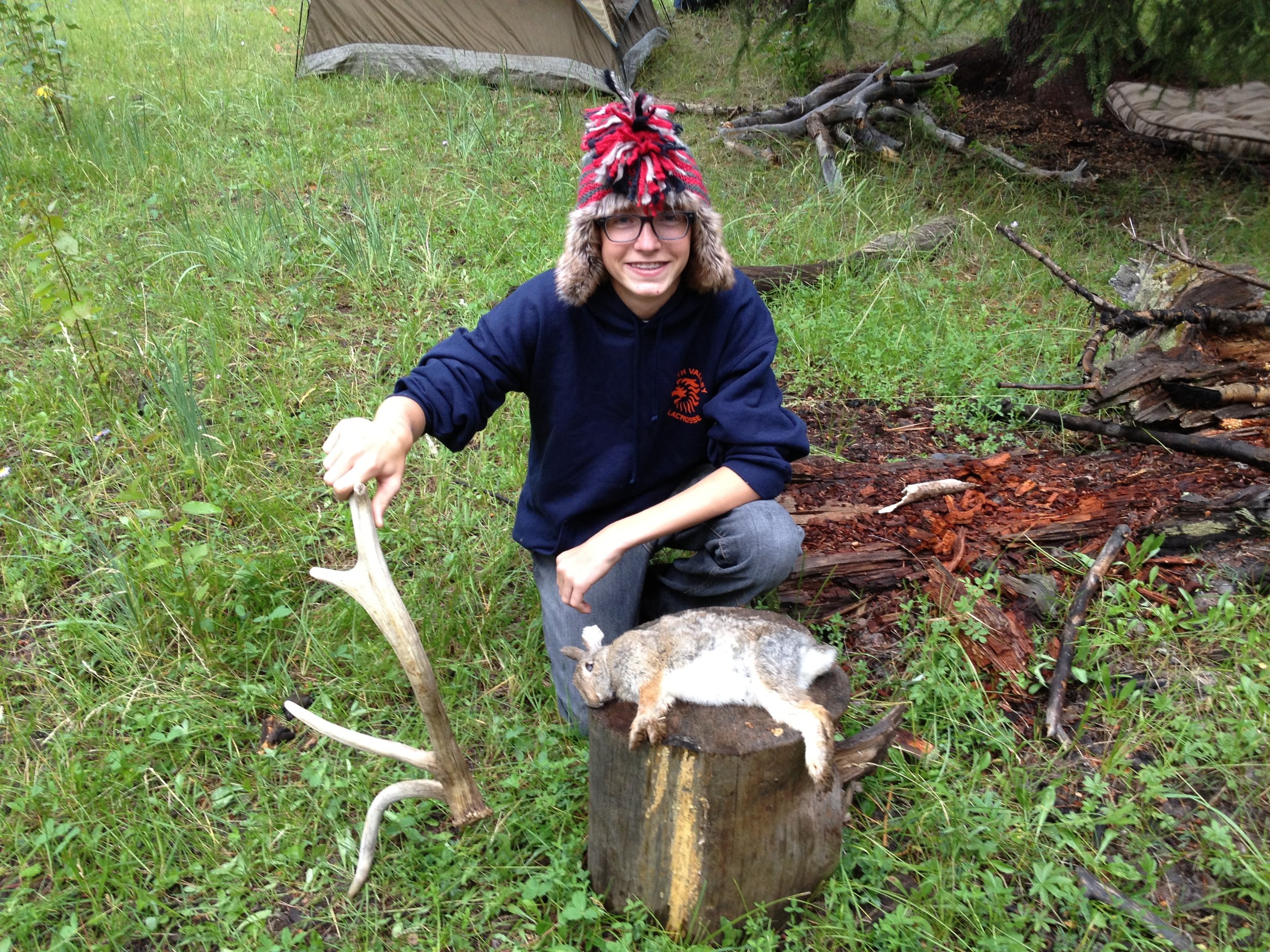


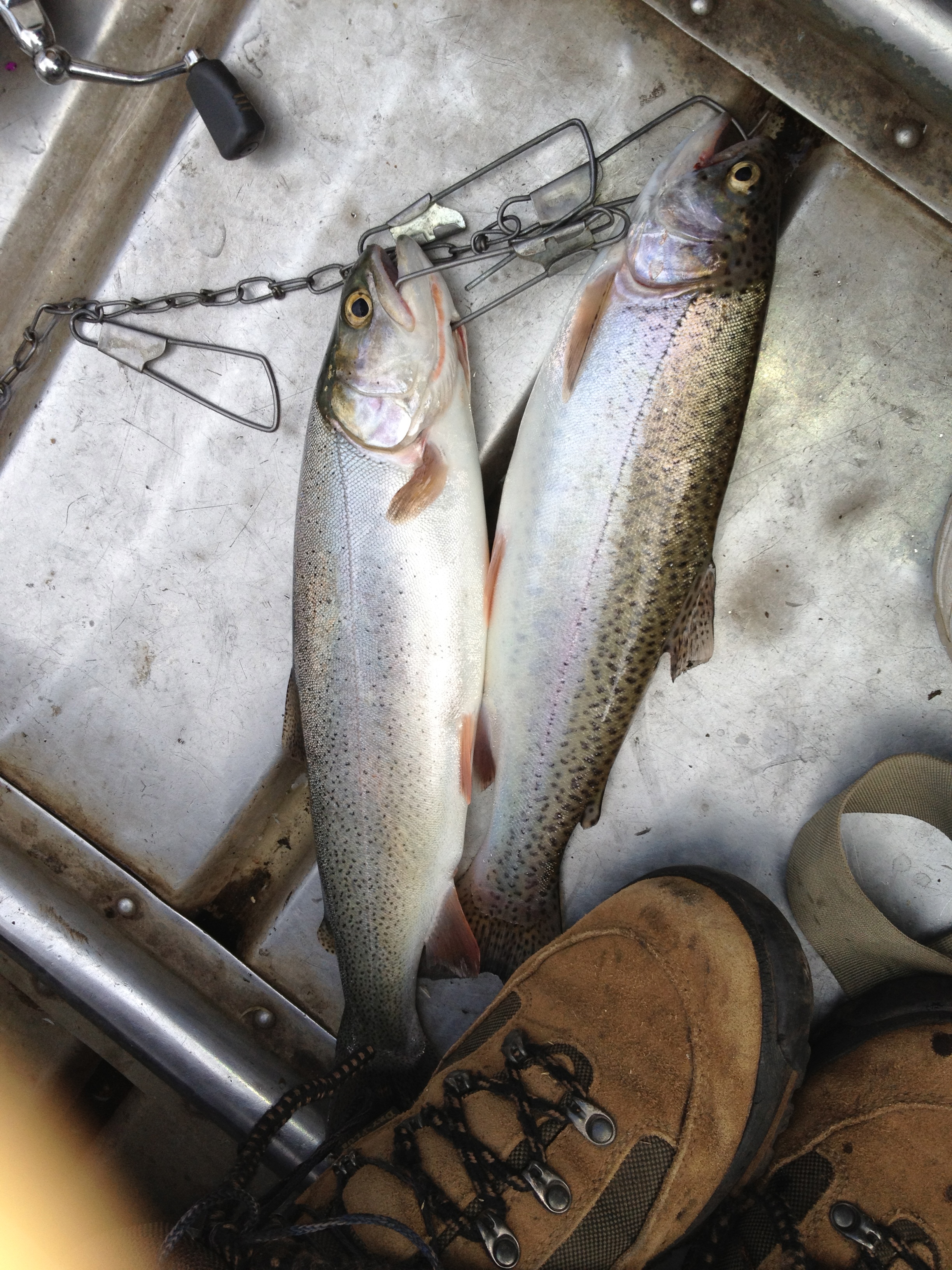

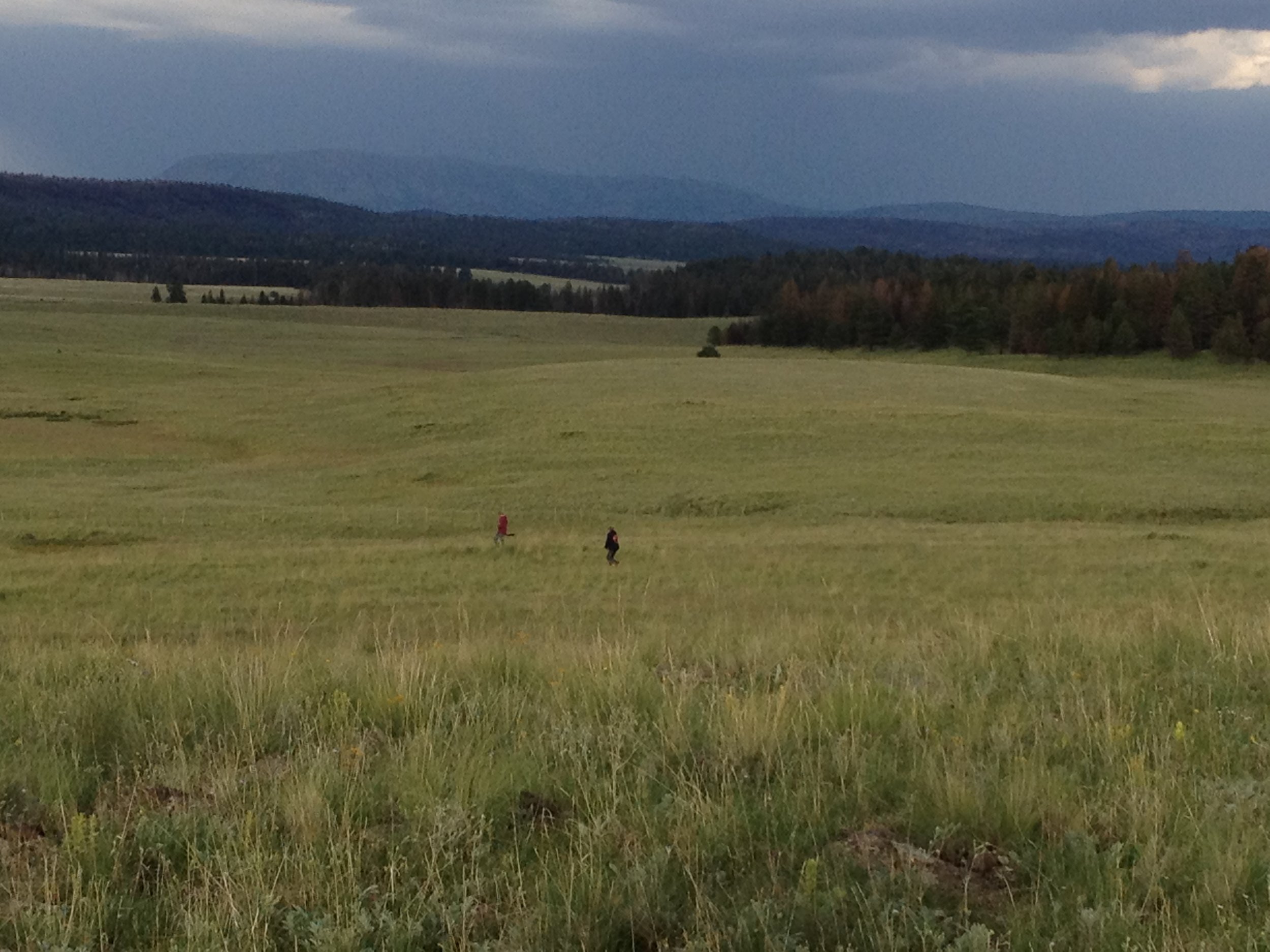

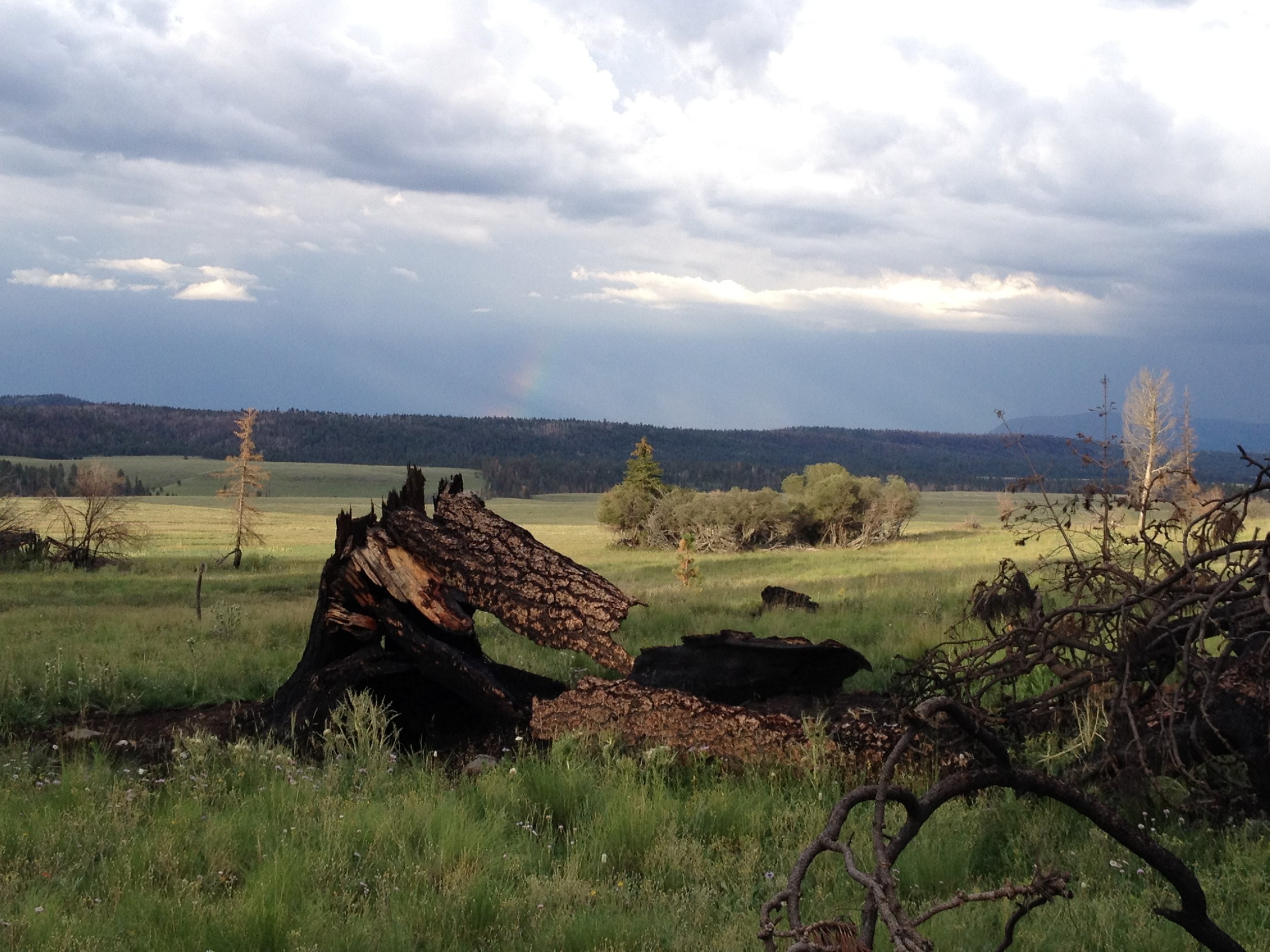

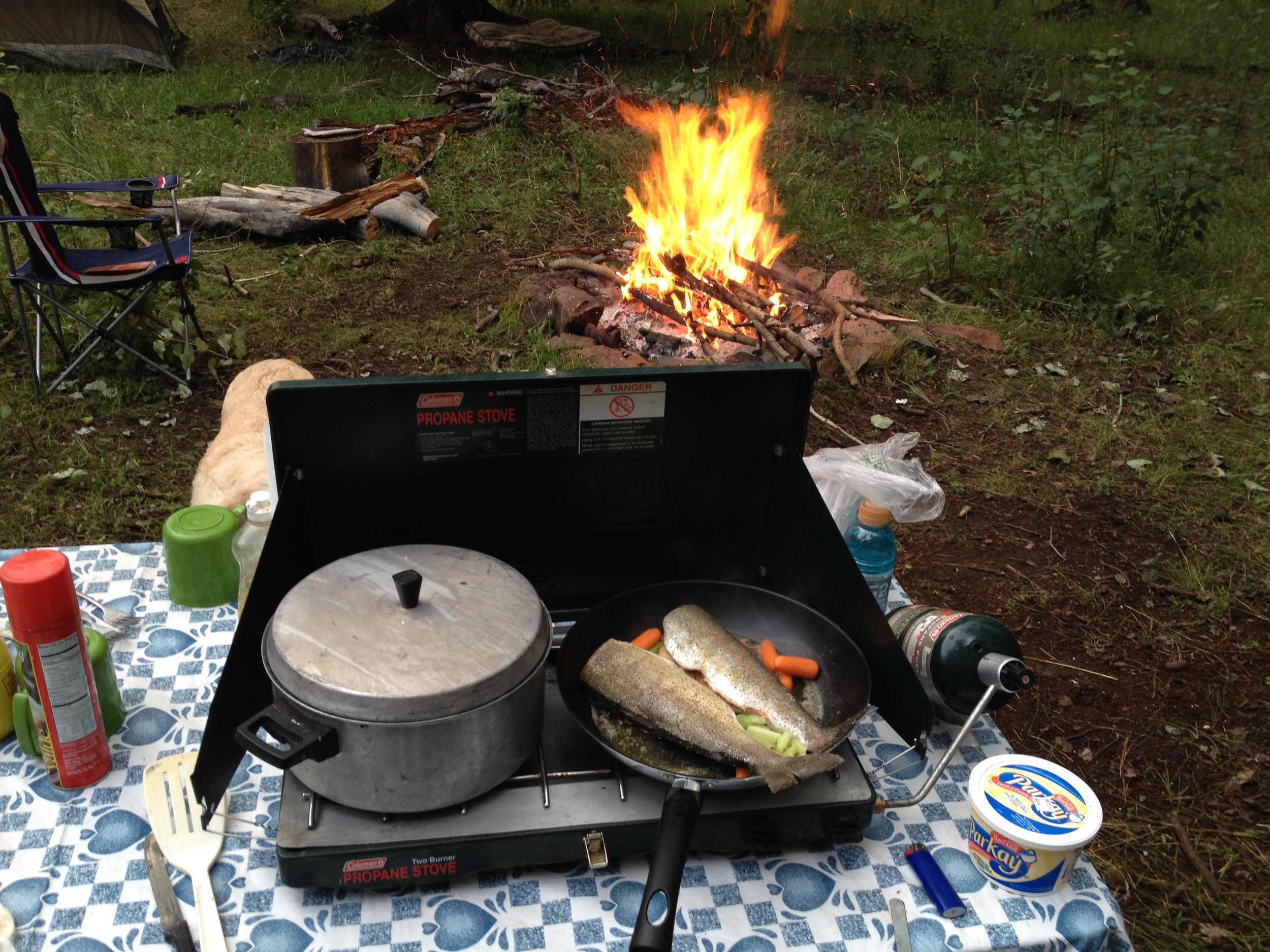
...and then my battery died.
The nice thing to know is that the area is bouncing back nicely. Fire kills forests, but in the ashes come new life. Grass is growing thick, and our camp spot had the biggest surge of baby Aspens that we've seen since we've been coming here. The wildlife will feed on the fresh new growth, and the whole cycle will begin again.
Thanks for coming along with us, and I hope each of you has a chance to get out and enjoy a nice weekend with your family.
Take care!
Heidi
I am Leo Hear Me Roar (or) Why I Quit My Job
I am a Leo. I totally connect with it. I've always loved cats, the color yellow, and the warmth of the sun on my face. And a big fluffy mane.I'm super-creative, super sensitive, I love being the center of attention. The biggest compliment you could give me is to appreciate something I've made or laugh at something funny I've said. It makes me happy to make others happy. And recognition. Just say,
Hey, Heidi, you did a great job.
In other words: I do it for the applause.
The biggest insult you could give me is to assume that I can't do something. In which case I will most likely treat it as a challenge to prove you wrong.I also have a cat named Leo. In this, my birthday month, a lot of changes have been taking place. First of all, I left my job as a magazine merchandiser. I have to say, it has been a great job for me the past three and a half years. The hours were flexible & the pay decent. I will miss the people at my two stores, the employees as well as the customers. Even though I worked for an outside vendor, the people at the store always made me feel I was part of the team. I absolutely LOVED making sure all of the magazines looked JUST SO: perfectly spaced, stacked evenly, and easy for the customer to browse, and appealing to buy. It helps to be crazy-detail-oriented and slightly OCD when making a magazine rack look so AWESOME.
In this, my birthday month, a lot of changes have been taking place. First of all, I left my job as a magazine merchandiser. I have to say, it has been a great job for me the past three and a half years. The hours were flexible & the pay decent. I will miss the people at my two stores, the employees as well as the customers. Even though I worked for an outside vendor, the people at the store always made me feel I was part of the team. I absolutely LOVED making sure all of the magazines looked JUST SO: perfectly spaced, stacked evenly, and easy for the customer to browse, and appealing to buy. It helps to be crazy-detail-oriented and slightly OCD when making a magazine rack look so AWESOME.
 But my greatest pleasure of the job was helping a customer finding something to read. I love selling books.
But my greatest pleasure of the job was helping a customer finding something to read. I love selling books. My biggest frustration with my job is that I had absolutely no control over what books we stocked. They came pre-ordered, shipped in cardboard boxes every week. Most were your big-name sellers: James Patterson, Nora Roberts and the like. We did get a few literary treasures, and I did my best to help guide people to new and noteworthy authors, and try new genres (like YA! - see my little YA section in the front there?)But every week, I'd have folks asking for something that we didn't carry. And I'd read Publisher's Weekly, hear about all of these great new titles out there, and on our shelves, in pre-plan-o-grammed slots, stood the same sorry old titles, month after month, collecting dust. Why? Is it someone meeting a sales quota? Does Nora Roberts have evil geniuses hitting the "buy" button at distributing warehouses? Who knows. All I know is, in the great scheme of things, I was simply the schlub unpacking the box in the backroom, and getting merchandise out to the sales floor. And then I'd walk into Barnes & Noble or even (shudder) Costco, and see the titles that PW wrote about that week. I mean, even the book page in People magazine had better titles than we had a t the store. Ugh.Once I had a customer ask me:
My biggest frustration with my job is that I had absolutely no control over what books we stocked. They came pre-ordered, shipped in cardboard boxes every week. Most were your big-name sellers: James Patterson, Nora Roberts and the like. We did get a few literary treasures, and I did my best to help guide people to new and noteworthy authors, and try new genres (like YA! - see my little YA section in the front there?)But every week, I'd have folks asking for something that we didn't carry. And I'd read Publisher's Weekly, hear about all of these great new titles out there, and on our shelves, in pre-plan-o-grammed slots, stood the same sorry old titles, month after month, collecting dust. Why? Is it someone meeting a sales quota? Does Nora Roberts have evil geniuses hitting the "buy" button at distributing warehouses? Who knows. All I know is, in the great scheme of things, I was simply the schlub unpacking the box in the backroom, and getting merchandise out to the sales floor. And then I'd walk into Barnes & Noble or even (shudder) Costco, and see the titles that PW wrote about that week. I mean, even the book page in People magazine had better titles than we had a t the store. Ugh.Once I had a customer ask me:
Are you the book BUYER?
I wish.Besides my frustration at my limited amount of input, I began to have physical problems. Today, in fact, I am going in for an MRI so the doctor can see a nice pretty picture of the disk in my neck that has bulged out enough to pinch a nerve, causing numbness and tingling through my arm to my fingertips, and a baseball-sized knot in my shoulder. Ouch.Thanks, in part, to:
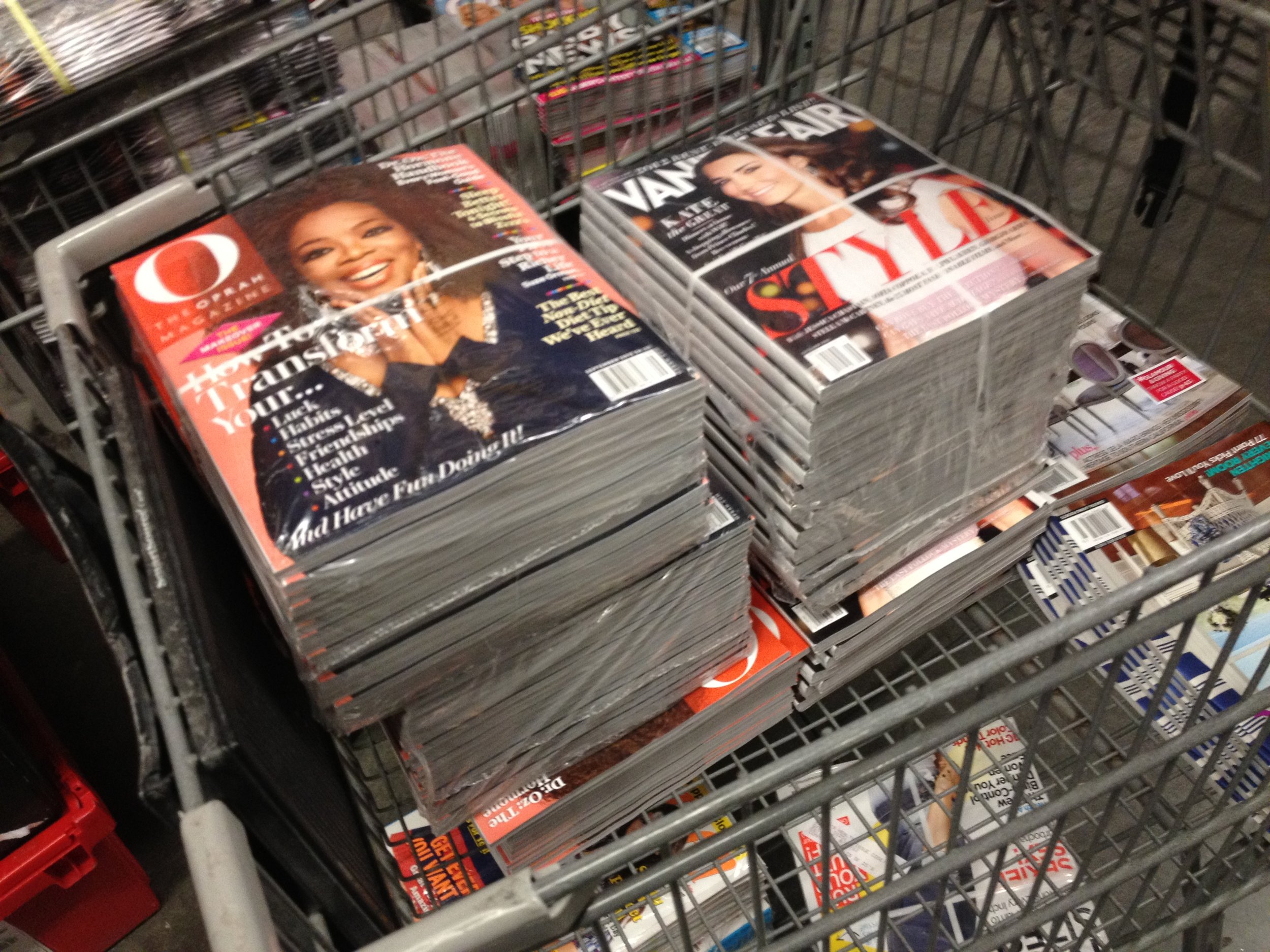 This is how magazines come shipped to the store. Each of those bundles* weighs approximately 25 lbs. They get delivered in these red plastic totes, and each tote weighs 40-50 lbs each. A typical delivery at my biggest store averaged 25-30 totes. I figured on a good day, unpacking new magazines, lifting and stacking the totes, and carrying stacks and stacks of magazines to the checkouts and the main aisle and then packing up all of the old magazines, for about 6+ hours, I would move about 1,500 lbs of merchandise in a day.
This is how magazines come shipped to the store. Each of those bundles* weighs approximately 25 lbs. They get delivered in these red plastic totes, and each tote weighs 40-50 lbs each. A typical delivery at my biggest store averaged 25-30 totes. I figured on a good day, unpacking new magazines, lifting and stacking the totes, and carrying stacks and stacks of magazines to the checkouts and the main aisle and then packing up all of the old magazines, for about 6+ hours, I would move about 1,500 lbs of merchandise in a day.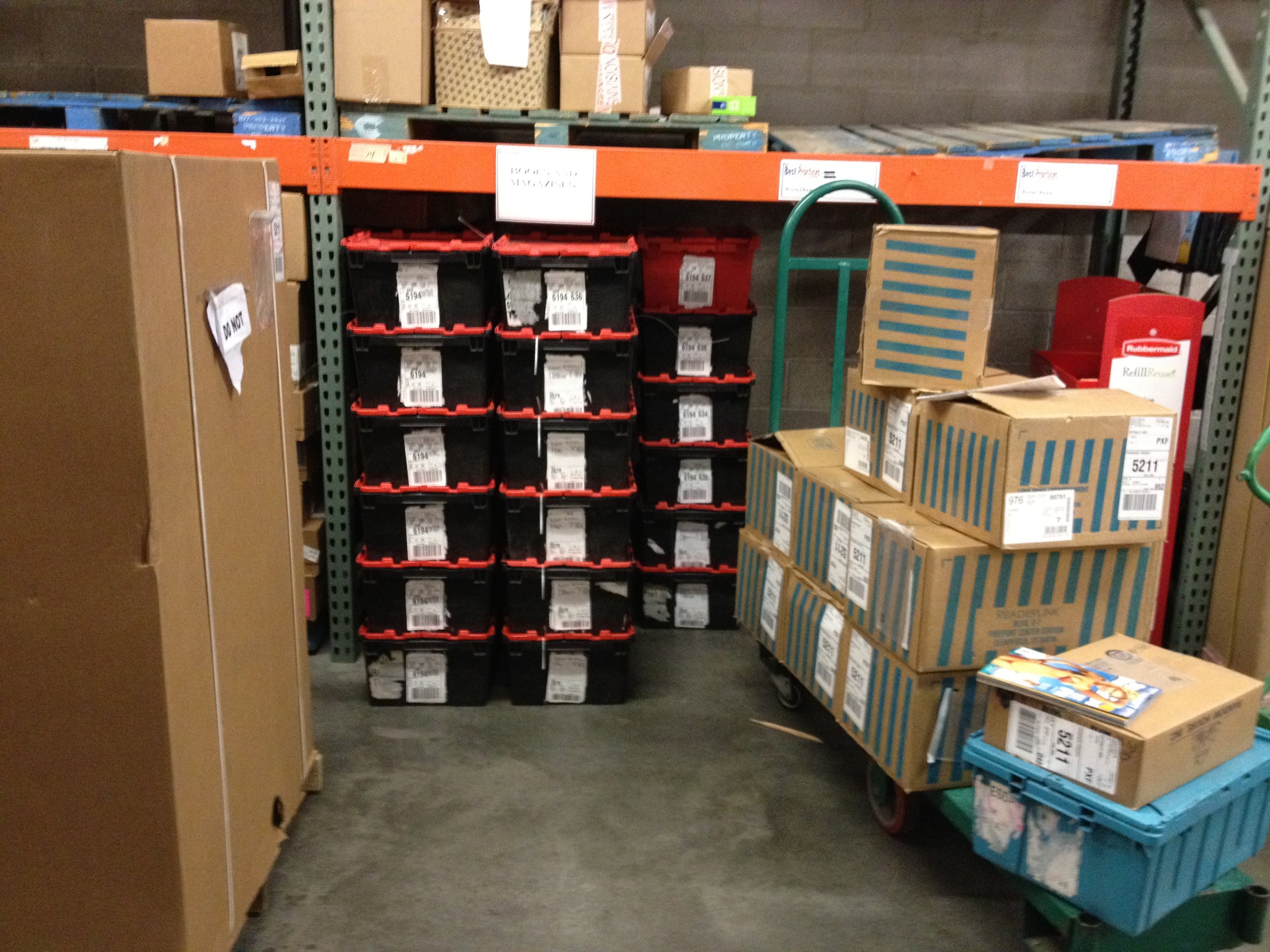 So, while it is a very good workout, it's also a little hard on the ol' bod. And when my company announced that they were no longer going to have the accounts of the stores I serviced, I figured the timing was just as well. So I decided to move on. But I am very grateful for the experience. I learned so much in the past three years—not only about work, but about people, and a lot about myself.I do have a couple of ideas in mind about where I want my future to go, career-wise, but for the immediate future, I'm going to concentrate on some yoga & physical therapy, get back to nesting, being a mom, playing with my horses and writing a lot. (Insert happy face here)
So, while it is a very good workout, it's also a little hard on the ol' bod. And when my company announced that they were no longer going to have the accounts of the stores I serviced, I figured the timing was just as well. So I decided to move on. But I am very grateful for the experience. I learned so much in the past three years—not only about work, but about people, and a lot about myself.I do have a couple of ideas in mind about where I want my future to go, career-wise, but for the immediate future, I'm going to concentrate on some yoga & physical therapy, get back to nesting, being a mom, playing with my horses and writing a lot. (Insert happy face here) Which brings me to the last thing I wanted to share with you: pictures of our latest outing. You may recognize one of our favorite get-away spots in the mountains.
Which brings me to the last thing I wanted to share with you: pictures of our latest outing. You may recognize one of our favorite get-away spots in the mountains.
✢✢✢
*BTW: Shame on Oprah. For some reason, her magazines are some of the heaviest. I like Oprah, I think she does some really great stuff. But for someone who preaches how to make everything better all the time, she should really be printing her magazine on recycled paper. REAL SIMPLE is printed on recycled paper, AND they don't use that heavy-duty plastic wrapping either, and they are the lightest weight magazine I have stocked. THANK YOU, REAL SIMPLE! Rachael Ray also prints on recycled paper. Oprah, your magazine needs to get in shape.
✢✢✢
 P.S. In brief: In recognition of one of the true pioneers of the feminist movement, and the founder of Cosmopolitan magazine, Helen Gurley Brown, who passed away this week at the age of 90.Here's a piece from NPR.
P.S. In brief: In recognition of one of the true pioneers of the feminist movement, and the founder of Cosmopolitan magazine, Helen Gurley Brown, who passed away this week at the age of 90.Here's a piece from NPR.
Meet the Writer - Deborah J. Ledford
An author interview on the craft of writing, with mystery/thriller writer Deb Ledford.
An author interview on the craft of writing.
Featured Writer: Deborah J. Ledford
Books: Snare, Staccato (more info below)
Buy Deborah's books:
Intro, from Heidi:
I met Deb on my 36th birthday. I had been writing furiously, collecting odd thoughts, dialogue and ideas in various notebooks, and had absolutely no idea what to do with any of it. It was the first time in my life I ever looked at writing as something fun to do instead of a chore, like all of those school book reports. Plus it was about the only thing keeping me sane.At that time, I was coming out of a pretty deep depression, and my therapist (brilliant woman that she is) suggested writing. Just writing. All those ideas floating around in my head, bumping into all the other things that I needed to do, cluttering up the joint—get them out of your head and down on paper! Best advice I ever got.But what to do with these notebooks, now half-filled with half-formed ideas? I looked at my local library flyer and noticed an open writer's group, and the meeting happened to be scheduled on my birthday. I went, as my present to myself. I haven't looked back since.Deborah J. Ledford, affectionately known as Deb by our ramshackle gang of misfit writers, was the moderator then, and for several years she shuffled our papers around the table, monitored everyone's allotted time, and made thousands of edit notes.I learned some of my most valuable writing lessons from Deb, and for that I will be forever grateful:
Get rid of all those WASes and JUSTs!
Just yesterday, I browsed the new releases at Barnes & Noble and picked up a title that I'd been hearing so much buzz about: Chris Colfer's The Land of Stories. It looked promising, and had an impressive imprint (Little, Brown), but after I counted at least 7 "was"es on the first page, I had to put it back. Too bad this promising young talent didn't have Deb to edit his book! It does look like a fun read for middle-grade kids though.I'm honored to have helped Deb edit her two books, Staccato and Snare, and to host her here on my blog. Enjoy the interview! And take notes.
Deb Ledford:
On Craft:
-
How old were you when you started writing?
I can’t really remember not writing. I was a shy girl and always had my nose buried in a book, or a pen in my hand. I began to express myself through artwork, starting out painting oil on canvas, scratchboard and pen and ink. My love for movies and rockin’ dialogue is what got me interested in writing screenplays, which then led to novels and short stories (after Hollywood broke my heart).
-
Where do you write?
At my dining room table. I need a lot of space to spread out my research materials and other items that keep me motivated. I’ve found that a room with 4 walls, facing a wall does not work creatively for me. The space is wide open and the window where I sit looks out on the front yard.
-
When do you write?
My most creative time is in the late afternoon to very late at night. My background is in technical theatre as a professional scenic artist therefore I usually didn’t begin working until after 10:00 PM. I start my day with emails (so many!), then edit other writers’ pages. I find that I need to take a break and begin to switch gears to my own work. Then I’ll read the previous day’s writing and go from there.
-
What helps you write—music, pictures, maps, journals, etc.—what gets you into that mindset?
Music, all the time I’m at the keyboard. The songs or artist depend on the scene as well as the characters I’m working on. If it’s a climax I’ll go with a rock group like The Killers, Within Temptation, Muse, and Evanescence. When I’m working on a Native American location I prefer Robbie Robertson and Robert Mirabal. But I’m hooked on contemporary Broadway Musicals and always have a soundtrack going. My current favorite is Next to Normal, Spring Awakening and Book of Mormon.
-
What are some things that stand in your way? Logistically as well as creatively?
The lack of time to write. This year I’m the current President of the Sisters in Crime Desert Sleuths Chapter which is the Arizona chapter of an international writers organization, and also the lead editor for the 4th anthology, SoWest: Desert Justice, written by member of our group. These tasks take quite a lot of my time, but I’m honored and thrilled to be associated with so many professionals. Our main goal is to be supportive of one another.
-
What do you do when you "hit a wall?"
I try to avoid this! But what works for me is to read what I’ve already written. That usually kick starts me, or at least gives me ideas of what else needs to be implemented.
-
How do you draft/revise? (i.e. do you just get it out in one big "dump," then revise, revise revise, or do you revise and edit as you go)
I write chapter by chapter. Not always consistent with chapters’ timeline. During the “first draft” I focus on one chapter per day. Pound out the highlights, then print it out and make notes on the hardcopy, go back and flesh out those elements, print out again, repeat over and over until I’m quite happy with the chapter. I prefer this method as the version tends to be more of a seventh draft, which is much easier for me to deal with when it comes time to “final” edits of the entire manuscript.I tend to write front to back, but absolutely have to know the first 5 chapters, 2-3 climax points and the ending before I know I’m ready to dive full-force into a new project. It’s also crucial to know the 3-4 lead characters inside and out—complete biography details and most importantly their psychological drive which helps me with their motivation. I need to know that I love the concept and characters because I’ll be living with them for months on end. This process is somewhat the same for writing short stories. I work out 90% of the piece in my head and through notes before I sit down at the keyboard to compose a draft.
-
What are some tools that you use? (reference guides, manuals, websites—a favorite pen/notebook/computer)
I’m also a professional content editor, so I need to stay up on current Industry Standards for formatting and what is “acceptable” when approaching agents and editors. I rely on the Chicago Manual of Style and A Pocket Style Manual by Diana Hacker. PublishersMarketplace.com is the best site for researching agents and editors. I work on an Acer laptop, but hook it up to a full-size keyboard and large monitor.
-
Do you use critique groups? How did you find them?
Until fairly recently I was the moderator of the Scottsdale Writers Group through the public library. I met loads of excellent writers at this group (including you, Heidi!) and am still in touch with them. I’m a current member of a small intense group with four other highly motivated professional writers. Their advice and support is invaluable and I couldn’t do this without them. I highly advise any dedicated writer who intends to submit their work for publication to find a critique group. After reading our own words for the 100th time, we don’t see the problems anymore. Objective, fresh eyes are crucial when polishing your work.
On your current project:
-
What was your inspiration for this book?
I always wanted to be a rock star, which is where the idea for SNARE originated. Sounds a bit silly, but that’s what is fascinating about being a writer—we can do whatever we want. I was a screenwriter and filmmaker in my previous profession and so was able to be creative on many levels. However no other medium, other than writing, can one be not only the writer but also the casting director, location scout, composer, director, editor, costume designer…essentially everything. Which is why research is so important.
-
What kind of research did you do for this book? And, were you surprised by something that you learned in your research?
So much research for STACCATO and SNARE. The first book focused on two world-class pianists and finding the proper classical pieces was instrumental in showing their world. SNARE was much different as the location and mind-set of the Taos Pueblo Indians is what I needed to convey. Once I decided on the Tribe to focus on I came into contact with the communications director on the Taos Pueblo in New Mexico. Floyd “Mountain Walking Cane” Gomez read every word of the manuscript as I composed each draft. He either approved scenes, characters and elements, or told me flat out “No, you cannot use this.” (He told me this a lot!) Elements Floyd wasn’t sure about were cleared by the Taos Pueblo Tribal Council.
-
How good did it feel to write that last line?
I always get a little down when I finish a novel—not that it’s ever truly finished. I allow myself a few days to grieve, then start thinking about the next project which is usually a new short story to keep me sharp.
On the business of publishing:
-
How did you find your agent/editor?
I was very fortunate that my publisher found me. I submitted STACCATO for “The Next Great Crime Writer” competition sponsored by CourtTV (now TruTV) which was featured on Gather.com. STACCATO finished 6th in the first round of more than 350 entries and was in the top ten for the semi-final round. Fortunately for me my publisher found out about this contest and was looking for talent.
-
How has self-publishing shaped your career as a writer? / What is your opinion of self-publishing?
I’m actually not self-published. My publisher, Second Wind Publishing, is a small independent publisher. This has been a good fit for me as I have very specific ideas regarding the overall “look” of my books. Second Wind has allowed me to provide input and final approval of the formatting and cover design for SNARE and STACCATO. Traditional publishers have their own staff to provide these elements. Quite a few of my writer friends have decided to go the self-publishing route—and I highly considered doing so for the third book of my Steven Hawk/Inola Walela series, but I decided to finish the trilogy with Second Wind. I do plan to write novellas in the future featuring characters from my books, as well as fleshing out some of my favorite published, award-winning short stories. I will self-publish these.
-
What can you share with our readers about marketing? (i.e. what, if any, support did you have from your publisher? Costs involved? Things that worked best/weren't worth it, etc.)
It’s never too early to start establishing yourself on the Internet. A website or blog is crucial—somewhere agents/editors can start their legwork on researching you. Yes, you will be vetted, especially when it comes time to a representative requesting your work. It takes loads of time establishing “friends” and followers on Facebook, Twitter and Goodreads, but I highly beginning this process even as you’re writing your first novel. Agents and prospective publishes need to be certain you are capable of promoting your work and the Internet is step one in being recognized.I’m with an independent publisher and a majority of the PR and market falls on my shoulders. This is happening more and more, even with big traditional publishing houses. Unfortunately time away from the keyboard, but the Internet truly is the only way to keep your name out there. Name recognition is huge, especially when you are about to release something new and want to get the word out. Do not over-promote. Blatant Self-Promotion (BSP) is a no-no.However, I do not advise spending too much time marketing online. Stick to your main goal: writing. The more you have written the better your chances of succeeding will be. I spent hundreds, if not thousands of hours promoting my debut novel, STACCATO and don’t believe this benefited me much. I scaled my hours online way back with SNARE.Be supportive of other writers, and find other avenues (rather than Facebook, Twitter, etc) where potential readers may be found. I’m still trying to figure out where to find readers so please give a shout out if any of you out there could provide clues to accomplishing this.
About You:
-
What is a trick that you've learned along the way that has made the writing process easier?
Stay focused. When I’m working on the first draft of a novel I push for 2,000 words per day. Sometimes this takes a few hours, other times eight. This helps me stay in the head of my characters and on top of what needs to happen next.
-
What do you like to read for enjoyment?
Literary fiction continues to be my “candy” and I read everything by Michael Cunningham, Pat Conroy, James Irving, Ann-Marie MacDonald and Isabel Allende. Due to the need to be current with crime fiction I now follow everything by John Hart, Cara Black, Karin Slaughter, Lisa Gardner and Gregg Hurwitz. I also love the British mystery novelist Kate Atkinson, who is quite literary with her lyrical prose. My favorite book continues to be Rebecca by Daphne Du Maurier. Up-and-coming author favorites are historical mysteries by Rebecca Cantrell and Kelli Stanley.
-
We all know that learning from our mistakes is part of the process of becoming who we are. As a writer, what's one lesson you've learned that you would like to pass on to others?
Don’t be shy! I lost out for years because I was so timid, preferring to stay on the periphery and watch rather than put myself out there. Go to writers conferences and approach published authors. Essentially hang out at the bar, which is where agents, editors and authors hang out. If you’re a fan of someone approach them.If you’re a crime writer, join Sisters in Crime (SinC). I’ve met so many big named authors by merely stating, “I’m also a member of Sisters in Crime.” Unlike so many organizations you don’t need to be a published author to join. I research who will be attending the conferences and make a point of seeking out authors I know, or want to know. Establishing these relationships are crucial when you reach the point where you are, or about to be published. Willing authors will provide back cover blurbs, which looks great to your publisher and potential readers. I’m also convinced that my relationship with SinC members is what led to becoming The Hillerman Sky Award Finalist for my latest thriller, SNARE.Also: read, read, read. Not only the genre you write. Debut novels are a great resource in discovering what agents and editors are currently publishing.
-
What's next for you?
Just about to submit Book Three of the Steven Hawk/Inola Walela series to my publisher. CRESCENDO wraps up the series—which is a bit sad. But I’m excited to move on and am about 10,000 words into the first book of a new mystery series. This one will be set entirely in the Taos, N.M. area and will feature a Native American female city cop and a different cast of characters. Also a Young Adult traditional mystery about a boy and girl who set off on their own to solve a rash of arsons in their small Oregon town. Another exciting project is Book Two of Rubicon Ranch. As with the first book, Rubicon Ranch: Riley’s Story, this is a collaboration with other Second Wind authors.What's the funniest thing you've seen online lately? (we'll take a link or image if you've got it)I absolutely love The Red Pen of Doom blog by the brilliant Guy Bergstrom—especially his “Evil Cat” posts. Favorite video is the dog talking about bacon, and the Mishka the Husky saying “I love you.”
Favorite Visual:
-
Where can we find you on the Internet?
My personal website is: www.DeborahJLedford.comYou can find all of my books and short stories at my Amazon Author’s Central page.Personal Facebook PageSTACCATO and SNARE Book Page on FacebookTwitter: @djledfordGoodreads One rock star sensation. Two men want her dead. Three others will risk everything to keep her safe. Who will be caught in a trap?Native American pop singer Katina Salvo embarks on her first live concert appearance. There’s one problem: someone wants to kill her.Katina and her bodyguard, Deputy Steven Hawk, are attacked during her performance, leaving her to wonder—could the assailant be a dangerous man from her youth? Or her estranged father recently released from prison?Performed against the backdrop of the Great Smoky Mountains of North Carolina, and the mysterious Taos Pueblo Indian reservation, SNARE pays homage to Tony Hillerman Native American mysteries and Lisa Gardner thriller novels.Please feel free to comment or leave questions below. Thanks for stopping by!- Heidi
One rock star sensation. Two men want her dead. Three others will risk everything to keep her safe. Who will be caught in a trap?Native American pop singer Katina Salvo embarks on her first live concert appearance. There’s one problem: someone wants to kill her.Katina and her bodyguard, Deputy Steven Hawk, are attacked during her performance, leaving her to wonder—could the assailant be a dangerous man from her youth? Or her estranged father recently released from prison?Performed against the backdrop of the Great Smoky Mountains of North Carolina, and the mysterious Taos Pueblo Indian reservation, SNARE pays homage to Tony Hillerman Native American mysteries and Lisa Gardner thriller novels.Please feel free to comment or leave questions below. Thanks for stopping by!- Heidi
Frampton Comes Alive, Food, and Divorce.
My brother and I have lived 1800 miles apart since I was a sophomore in high school. It's been hard to live so far away from one of the few people on the planet who knows you better than anyone else.
Remember albums? Listening to a whole collection of songs, from A side to B? When's the last time you listened to Frampton Comes Alive?
My brother John is going through his CD collection and rediscovering the joy of listening to an entire album uninterrupted. Recently I was lucky enough to be there for this classic, and while we jammed to Frampton, I put together a little nosh, and played with a new app: Evernote Food.
![]()
Evernote Food is an app for your smartphone. On it, you can document a meal: dinner out with friends, a new gourmet recipe you're trying, or just hanging out with your bro, like I did here. Click to see our amazing meal of crackers and fresh midwestern cheese:
Our Dinner in the Woods
I think the idea of the Evernote Food app is to document more expertly-prepared food, but I used it just to document our time together. Which we don't have often enough.If you've read this post about my brother, you know that he was diagnosed with a brain tumor last December. He and I have lived 1800 miles apart since I was a sophomore in high school. It's been hard to live so far away from one of the few people on the planet who knows you better than anyone else.It's even harder when you know you should be spending more time with them, being a part of their everyday life; a regular face among their crowd of friends gathered for drinks on a Tuesday night for no good reason. You should be a part of that.When somebody in the group says, "Hey, remember that time we ___?" You should remember it because you should have been there. But you weren't because you wound up six states away, one of the cons of your parents divorce.If it sound like I'm a little bitter, I am. Divorce is just one of those things. When you're a kid and it happens, you just have to make the best of it, like this scene from Talladega Nights:But as you get older, and are raising your own family, you begin to think of the decisions your parents made. Right around the time your kids get to be the same age you were when your own parents split up, you start looking at the situation with new eyes.You think, Would I have made the same decision? Would I have done things differently? Would I have split up my family?I don't know. It's over 30 years ago for our family, and the repercussions still echo. At least they do for me and John. It's hard. I mean, when you see people together who are obviously miserable, but are keeping it together "for the kids" sometimes you just want to tell them, oh give up already!But then you see those same kids at the airport, with their backpacks and boarding passes, off to see their other parent. The one they don't live with. The one who carries pictures in their wallet and shows the ladies at church or the guys at the work, "Here's my kid," in a wistful sort of I-wish-I-was-picking-him-up-at-the-schoolbus-stop-instead-of-the-airport sort of way.And you wonder: If this parent knew how it would be, would they re-think that divorce? Probably not. I know in our case it would not have been different. But I just wonder sometimes. It's hard not to. Wonder, I mean.So John and I will do what we've done for so long, and continue to make the best of it. We will visit whenever we can. And unlike some siblings who've been able to grow up together and as adults, do nothing but fight with each other, we cherish our time together. We eat cheese and apples and double-dipped chocolate malted milk balls and call each other disgusting names and rock out. To Frampton.http://youtu.be/DON-4ZubYbgWhat's YOUR favorite listen-all-the-way-through album? John can add it to his list - Leave it in the comments section below.
Get this App - Clearly
Distraction-free reading. It's a Good Thing.
I've been playing around with some apps lately, and I came across one I have to recommend: Clearly by Evernote. I'll be getting more into Evernote in another post, but for now, check out
Clearly
I wasn't too sure about it at first and was hesitant to try it since I don't like to clutter up my mac with things I don't need. But it's so simple and beautiful. here's what clearly does.
It will take a webpage that looks like this:
And make it look like this:
 No Clutter, no flashing ads. Easy-to-read content.
No Clutter, no flashing ads. Easy-to-read content.
And all it takes is putting a little extension button in your browser bar:
 So easy. Try it! Your eyes will thank you.Disclosure: I receive NOTHING from Evernote or Clearly. These are just my own un-paid recommendations. If you work for Evernote and want to send me presents, that would be awesome.:)
So easy. Try it! Your eyes will thank you.Disclosure: I receive NOTHING from Evernote or Clearly. These are just my own un-paid recommendations. If you work for Evernote and want to send me presents, that would be awesome.:)
Meet the Writer - Anne Tibbets
An author interview on the craft of writing, with YA writer Anne Tibbets.
An author interview on the craft of writing.
Featured Writer: Anne Tibbets
Book: Shut Up, contemporary YA fiction (more info below)
Buy it:
Intro, from Heidi:
As a new writer, one of the best how-to-be-a-writer sources I found is a fabulous series of author interviews by Steve Bertrand from WGN radio in Chicago. The podcast, Meet the Writers, is sponsored by Barnes & Noble and is available as a free download on iTunes. There is a hefty archive and if you are curious about the art of writing, I highly recommend a listen.Inspired by Steve, and by my writer friends who are newly published, I thought I'd offer a "New Author" interview platform. Most of the authors that get on Steve's show have already done pretty well for themselves, but what about the newbies? The writers that have been dog-earing copies of The Writer's Market, attending conferences, furiously editing and revising, and telling their critique partners, "I owe you one"?And then, after all of the hard work, time, and countless pots of coffee, these writers finally nab that agent or editor. Something clicked! They got a YES! How exciting!!! Now the real work begins. They have to sell. This is quite possibly the hardest part, and why, if you know anyone who's ever written a book, you should buy a copy, if only to be supportive.Because I see firsthand how tough it is to get started, and because there are still so many of us trying to reach that first step into publication, I want to give my friends the opportunity to tell their stories. I'm being selfish, too, because this is also a way for me to learn all of their secrets...Muah ha ha ha!!So, for our very first Meet the New Writer, I'd like to introduce you to my friend Anne Tibbets. If you are a regular reader, you've heard me mention her before (we go back). She's an amazing writer, and—take note—has done an amazing job of using blogging, book bloggers, and social media to self-market her books.
Anne Tibbets:
On craft:
-
How old were you when you started writing?
I started writing professionally in my twenties, although my earliest memory of writing was back in elementary school. After I had graduated college with a degree in Theater, which is pretty useless in the “real world,” I decided I had done enough starving in college and had no desire to be a “starving artist,” so I moved to Los Angeles with the intent on becoming a screenwriter. From what I’d heard, they actually made money. I took odd jobs as secretaries and assistants, even a Page on The Price is Right at one point, and read books on screenwriting, took classes at UCLA Extension, and wrote and wrote and wrote. Nothing I wrote on spec sold. Not a one. Eventually, after years of working in “the biz” I was hired as a writer’s assistant on a syndicated action hour and through the contacts I made there I sold a few scripts. Soon thereafter I had children, and with their arrival I put my screenwriting career on permanent hold and after suffering through the first few years of toddler-hood, I tried my hat at writing children’s books, and through a lot of trial and error, eventually settled on Young Adult.
-
Where do you write?
I have a desk in a downstairs bedroom in my house that we have deemed “The Office.” I’ve tried writing elsewhere but it doesn’t work well. I am determined to learn how to write while in public. But, it takes practice.
-
When do you write?
I do the bulk of my writing during the months of September through June while my kids are in school. From 9 am until I can’t take it anymore, or 2:45 pm, whichever comes first. During the summer months I work when the kids are at day camp and even hire a babysitter once a week to give me just a few hours of writing time, but they aren’t in camp every week so it’s very sporadic – I find if I don’t write, however, I go batty. Summer is a very cranky time for me.
-
What helps you write – music, pictures, maps, journals, etc, - what gets you into that mindset?
I wish I had a magic formula that works every time that would put me into the mindset to write, but I don’t. I have Attention Deficit Disorder so the moment I find one thing that works I tend to get bored of it pretty quickly, so I’m forever trying new ways to creatively stimulate my mind. I read a lot. Almost constantly. I listen to various kinds of music and will search for a “theme song” for each of the books I write. I find it helps to keep me grounded in the emotional tone of the piece.For Fantasy books I create maps and write out battle plans using chess pieces to signify characters so I can keep track of where they are during the battle, and I blog quite a bit about the process, as I am always trying to learn from my numerous mistakes. I’ve tried just about everything, but the #1 thing that keeps me focused is coffee. Lots of coffee, with flavored creamer and about a bucket full of sugar.
-
What are some things that stand in your way? Logistically as well as creatively?
This is going to sound horrible, so I apologize in advance to my offspring, but my kids are my #1 obstacle to writing. They sap my energy, they try my patience, they interrupt me every 6 minutes (I actually timed it one summer), and they demand my attention – it’s their job and they’re doing a bang up job of it. However, if I didn’t have my kids I can’t say I would feel as powerfully as I do about my work, so it balances out. A lack of time is my primary nemesis, and my secondary nemesis is my own distracted self. I lack focus at times and this bites me in the butt constantly.
-
What do you do when you “hit a wall?”
There are many writers out there that insist that in order to be at your peak you must write every day, even if it’s only a few words. In my mind, writing every day is a recipe for burnout. When I hit a wall, I take a few days off. Sometimes, I’ll even take a week off. I live life, I catch up on housework, I pay attention to my family, I regroup – and then, in a week or few days (depending), I start to feel recharged and I’m ready to go back to writing. It works for me. Forcing myself to write when I am so over it only leads to crappy writing and a lot of revision later, so it’s really best for me just to walk away and come back when I’m ready.
-
Do you use an outline – do you know exactly how the arc will play out – or do you just let the story develop as you write? If so, how do you outline? (notecards, etc.)
I always outline. Always. If I didn’t, I would have a hard time keeping on track, and that’s the truth. I rather admire writers who can just sit down and let the story unfold but I need more focus than that to keep me grounded. I usually use bullet points - this happens, then this happens, then this happens – I keep track of plot and character arcs. But it occurs quite a few times while I’m writing that I realize there’s a “hole” in the outline where something is supposed to happen and there isn’t enough build up to it, or as I’m writing I realize it needs to go in a different direction, or that the character is supposed to be a nervous wreck by now and she’s only slightly bothered. In that case, I’ll go back to the outline and rework it to see if the change fits with my original intention. If it doesn’t, then I tend to stick to the outline. It’s my lifeline, but it’s bendable.
-
How do you draft/revise? (ie. Do you just get it out in one big “dump,” then revise, revise, revise, or do you revise and edit as you go?)
I’ve tried this both ways. I’ve dumped an entire book out in one draft, and spent the next year revising it. Others I have written a scene, revised, written another scene, revised both scenes, and then on and on. I have yet to determine a solid structure with this. It honestly depends on how it’s flowing. First thing I do when I have time to write is I will try to work on new scenes, but if I find I’m stuck with the “dumping” process I’ll spend my writing time revising what I’ve got. That’s just how I roll.
-
What are some tools that you use? (reference guides, manuals, websites – a favorite pen/notebook/computer?)
On my desk sit my favorite computer, an old Mac laptop that overheats if I don’t use my cooling tray, my thesaurus, a dictionary, and a “word” book that lists every word in the English language. (Psst, there are times when I’m like – “What’s that word, it starts with a ‘ste’…?” and I have to look it up!). I Google a lot, I search the internet, I watch video clips on YouTube and I cruise book stores and Amazon.com for reference material. And lately I’ve been trying a recording of a waterfall turned up so loud I can’t hear anything else, but the jury is still out on that particular tool.
-
Do you use critique groups? How did you find them?
I have two YA writer buddies that are kind enough to read my work, when they have time. They give awesome notes, and I try to do the same for them. Although that is technically a “Writers Group,” we are not organized, have no regular meeting times, or “rules,” so we don’t call ourselves a “group.” We meet socially every now and then to shoot the breeze, and attend writer’s events together. We met through SCBWI, which, if you are a children’s writer, you MUST join, it’s completely invaluable.
On your current project:
-
What was your inspiration for this book?
Shut Up came to me while I was working on a YA Fantasy. There was a crisis in my family and it called to mind several unpleasant memories that I had buried in the back of my brain from my childhood. They haunted me for days. In an effort to purge them, I wrote them down and put them away, but my mind would not let them go. So I wrote down a few more, then a few more, then a whole lot of them. Then I realized I had the outline of a book, but the memories by themselves were not solid enough to be an entire book, so I tweaked, twisted, warped and fictionalized it, and from that I ended up with the manuscript for Shut Up.
-
What kind of research did you do for this book? And, were you surprised by something that you learned in your research?
Since Shut Up was based on my childhood, there wasn’t much in the way of research that I had to do. I was there, and I knew most of what happened. What I didn’t know, I would call my mother and ask her about. However, after I had changed the book significantly I came to realize the characters had lives of their own and the main character was deeply depressed and suicidal, so I researched childhood depression, the treatment of it, and how the symptoms manifested. If I was surprised by anything it was the fact that even though my mother knew I was writing a book about my childhood, she still answered my questions.
-
How did it feel to write that last line?
I had a horrible time working on this book. I wish I could say it wasn’t, but the subject matter of depression, is well, depressing. I’d work for three weeks, stop a few weeks, and work again. My emotions were all over the place and I often needed alone time to remind myself that I wasn’t Mary, the main character. So, when I wrote that last line on the last revision on that last day, I cried with relief.
On the business of publishing:
-
How did you find your agent/editor?
I found my agent the old fashioned way. I wrote a book and I researched agents, and then I queried her. She did not respond right away, but several months later, at which point she sent me a list of her notes on my manuscript and an offer of representation. I loved her notes so much, and we got along so well on the phone, I accepted. I am lucky to have her, her name is Bree Ogden and she’s at D4EO Literary, and she’s an absolute doll.
-
Has self-publishing shaped your career as a writer? What is your opinion of self-publishing?
This is a double-edged sword. I know that if I hadn’t published Shut Up and my YA Fantasy The Beast Call with Premier Digital Publishing, which is in essence, a company that assists authors with self-publication, those books never would have gotten published at all otherwise, given that I had broken so many industry rules. So, I wouldn’t have a career at all if I hadn’t done that. However, getting the recognition in self-publishing is very, very difficult, especially now that anyone can self-publish.The market is flooded with tons of manuscripts and no matter how good, or bad, no one can voice an opinion about your work if they don’t even know it’s there. Self-publishing isn’t hard, it’s getting the word out that’s hard. And despite my 2,000+ followers on Facebook, and my 1,200+ followers on Twitter and my 13,000 hits on my blog – my sales figures continue to barely exist. So, I’m a little bitter sweet when it comes to self-publishing, at the moment. As of now, I have not made back my investment, but there are a number of self-published authors who have.
-
What can you share with our readers about marketing? (ie. What, if any, support did you have from your publisher? Costs involved? Things that worked best/weren’t worth it, etc.)
When I published The Beast Call and later Shut Up with Premier Digital Publishing, the most marketing support I received was a blog post on the publisher website announcing the book release, and a Tweet. That was all. Every expense, every free copy sent to bloggers and reviewers, my PR firm, my press release, my blog hops, my giveaways, my advertisements on Facebook, JacketFlap and GoodReads, I paid for completely myself. For a small digital and Print-on-Demand publisher, this is not abnormal.The best things that worked (for me) were the blog hops. If you are an author and you are invited to participate in a blog hop – do! Make the time. GoodReads ads are also cheap and effective, whereas Facebook ads will get you ‘Liked’ but does not generate sales. Twitter is fun but not an effective marketing tool unless you are attempting to drum up attention amongst the book blogging community. The only thing I haven’t tried is purchasing print ads in newspapers and magazines, and only because it is very expensive.
About You:
-
What is a trick that you’ve learned along the way that has made the writing process easier?
There’s a trick to make it easier? Ha! When you figure it out will you tell me? The only “trick” I can think of is to write something you love. If you are only writing a certain story because you think it will be popular and sell lots of books then you will get creatively blocked and have a hard time writing the book. Write a story you love, and it flows easier. At least, it does for me.
-
What writers inspire you?
This is going to sound smug and a little stuck up, but my answer is, “not many.” I’m not the kind of person who buys into the ‘celebrity’ aspect of the business. Yes, I loved the Harry Potter series and I think J.K. Rowling is an awesome writer, and would I like to sit with her and have a conversation about process, absolutely! But, would I ask for her autograph and take my picture with her? Probably not. It seems like an awful invasion of her personal space and she’s just a human being, like the rest of us. I positively LOVED The Book Thief, but if I met Markus Zusak, I don’t think I’d turn to jelly. I love his work, not him.So, I guess what my answer is, the books I find inspiring are Persuasion by Jane Austen, The Book Thief by Markus Zusak, The Thirteenth Tale by Diane Setterfield, and The Dark Elf Trilogy by R.A. Salvatore. If I can’t find a good book to read, I revert back to these, because they are just so incredibly crafted, I aspire to write something half as good.
-
What do you like to read for enjoyment?
I go on genre benders. For a while, I was reading only Sci-Fi, then I moved on to Historical Mysteries, then I would hit all the YA Dystopians, and then move on to High Fantasy. I read almost anything, although I must admit, I don’t find biographies or military books that interesting.
-
We all know learning from our mistakes is part of the process of becoming who we are as a writer. What’s one lesson you’ve learned that you would like to pass on to others?
I have been fortunate enough to have received this advice before it could have backfired on me, so I’m passing it along to you in the hopes it will prevent a great catastrophe in yours. The advice: Don’t respond to reviews. A good one, or a bad one. Say no more than ‘thank you’ (unless you are personally friends with the reviewer, and even then I don’t advise it). Don’t do it. You’ll want to. Believe me. But it does nothing but fuel bad publicity and creates terrible author backlash, and no matter if the reviewer was unprofessional, totally missed the plot of your book, or was just a raving a-hole, the one who comes out dirty on the other end is ALWAYS the author.There are a group of penguins in the movie ‘Madagascar’ who are trying to escape the zoo, but they must make the appearance before the zoo crowd and when they do, the Captain penguin always tells his crew, “Smile and wave, boys. Smile and wave.” And I expect the same from you. “Smile, and wave.” So zip your lip, I mean it!
-
What’s next for you?
I have a Social Sci-Fi awaiting approval from my agent and will soon be submitted to traditional publishing editors. I hope to have news within six months. We will see. In the meantime I am working on a YA Horror and having a great time scaring my own pants off.
-
and finally...What’s the funniest thing you’ve seen online lately?

Anne Tibbets Online:
- blog: Will Write for Coffee
- twitter: @writeforcoffee
- A post Anne wrote on how she got her agent, including a look at her successful query letter. Great info!
Bree Ogden:
- blog: This Literary Life
- twitter: @breeogden
- agency bio: D4EO Literary Agency
- formspring
Fell free to keep the conversation going in the comment box below. Thanks for reading.
Really Good Pizza
For a home cook who's still trying to figure things out, it's pretty damn good. And you know what? We never have leftovers...And if you ever say YUMMO around me, I will slap you.
This is my Grandma G, circa 1970-something. You can tell it was 1970-something because of the way she's rocking that paisley dress, and by my Uncle Tom's sideburns in the background. Check out his sweater vest.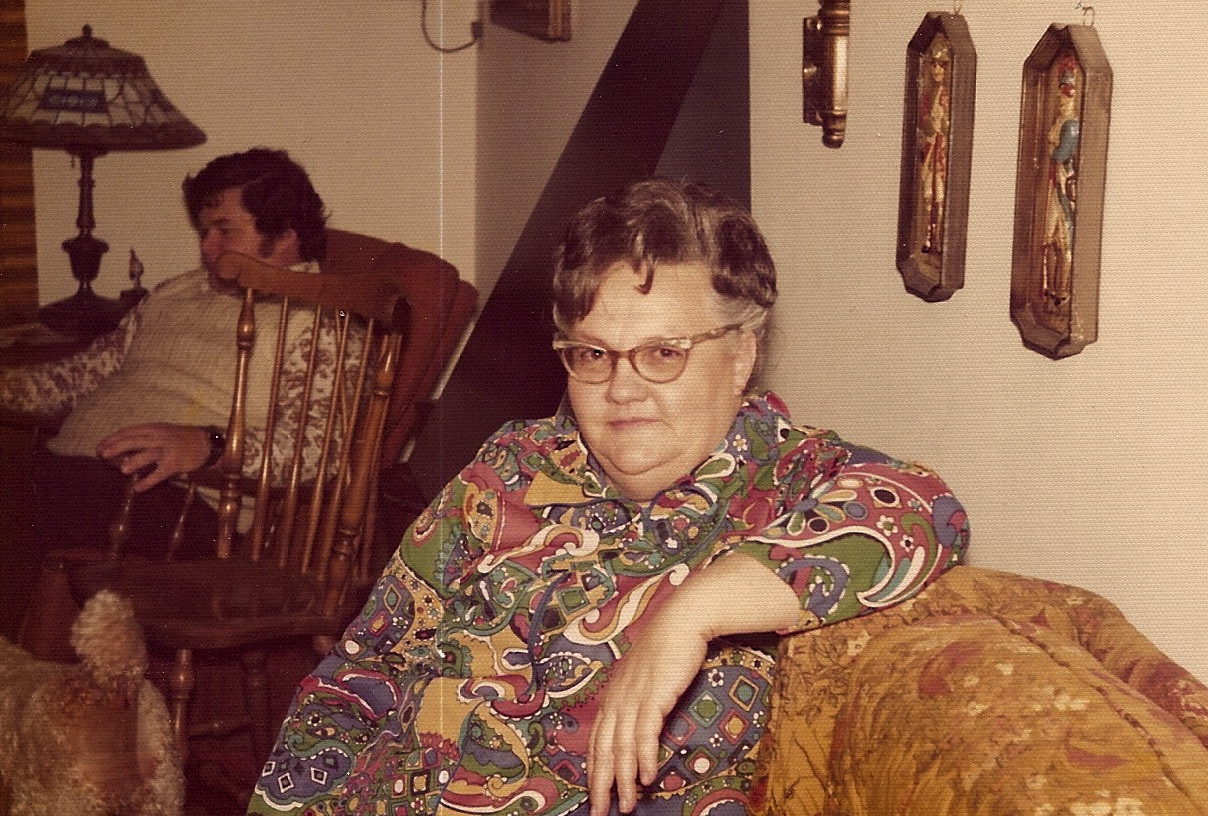 My cousins and my kids call her Nonna, her name is Lena (short for Angelena), but my brother and I have always known her as Grandma G. She was born in Chicago to immigrant parents, and didn't speak a word of English when she got to school. She said all the kids made fun of her and called her stupid and dirty and that's why, when my dad, aunt & uncle were little, she only allowed them to speak English. And that's why I don't know Italian. So don't make fun of people just because they don't speak the same language as you. It's mean and ignorant.Now, anyone who knows my grandma also knows that she used to make the best pizza on the planet. It's a fact. It's also a fact that no one is able to duplicate it. She has taught me so much about cooking over the years, and has even tried to teach me how to make pizza. And I tried. I really did. But I have come to this place in my life where I am accepting my limitations, one of them being I will never be able to make Grandma G's pizza. At least not like she does.And, believe me, it's not because she had some recipe hold-out. You know these cooks. There are some who will simply not share a recipe, or, if they do they leave out some secret ingredient or step, so that no one will be able to make whatever-it-is as good as they can. Grandma isn't like that, and neither am I. We like to share. We're nice people that way.Grandma G's pizza is made in a pan. You spread olive oil in the pan, stretch the dough out and add your ingredients—in a decorative and properly spaced fashion, so that each bite will get you something yummy. Here is a pretty good attempt, but still not quite the same:
My cousins and my kids call her Nonna, her name is Lena (short for Angelena), but my brother and I have always known her as Grandma G. She was born in Chicago to immigrant parents, and didn't speak a word of English when she got to school. She said all the kids made fun of her and called her stupid and dirty and that's why, when my dad, aunt & uncle were little, she only allowed them to speak English. And that's why I don't know Italian. So don't make fun of people just because they don't speak the same language as you. It's mean and ignorant.Now, anyone who knows my grandma also knows that she used to make the best pizza on the planet. It's a fact. It's also a fact that no one is able to duplicate it. She has taught me so much about cooking over the years, and has even tried to teach me how to make pizza. And I tried. I really did. But I have come to this place in my life where I am accepting my limitations, one of them being I will never be able to make Grandma G's pizza. At least not like she does.And, believe me, it's not because she had some recipe hold-out. You know these cooks. There are some who will simply not share a recipe, or, if they do they leave out some secret ingredient or step, so that no one will be able to make whatever-it-is as good as they can. Grandma isn't like that, and neither am I. We like to share. We're nice people that way.Grandma G's pizza is made in a pan. You spread olive oil in the pan, stretch the dough out and add your ingredients—in a decorative and properly spaced fashion, so that each bite will get you something yummy. Here is a pretty good attempt, but still not quite the same: This is a recipe I found online. The woman does a video tutorial and is just so...grandma-ish. You'll love her. Here's a link: MaryAhearn.com; John's favorite pizza.My grandma used to do this thing where, when the pizza was almost done, she would slide the whole thing out of the pan, right onto the oven rack, to make the crust crispy. I tried to do that once. It was a disaster. Don't ask.I think part of the problem, and this was Grandma's idea, is that the water here in the desert is different than it is in the Midwest. That and the whole humidity thing. Back in Chicago, you can make your dough early, let it rise, punch it down and let it rise again, form it into whatever bread or pizza you are making and then let it rise AGAIN before baking. Here, the triple-rise kills the dough. Or at least it does when I do it. I'm not a professional by any means, but I've been playing around with this whole dough situation for going on 20 years now.
This is a recipe I found online. The woman does a video tutorial and is just so...grandma-ish. You'll love her. Here's a link: MaryAhearn.com; John's favorite pizza.My grandma used to do this thing where, when the pizza was almost done, she would slide the whole thing out of the pan, right onto the oven rack, to make the crust crispy. I tried to do that once. It was a disaster. Don't ask.I think part of the problem, and this was Grandma's idea, is that the water here in the desert is different than it is in the Midwest. That and the whole humidity thing. Back in Chicago, you can make your dough early, let it rise, punch it down and let it rise again, form it into whatever bread or pizza you are making and then let it rise AGAIN before baking. Here, the triple-rise kills the dough. Or at least it does when I do it. I'm not a professional by any means, but I've been playing around with this whole dough situation for going on 20 years now. So I kind of gave up on trying to make Grandma's pizza, and went about how to make Heidi pizza. My inspiration came from the 2nd-best pizza on the planet: Red's Tavern in Harvard, Illinois. Bonnie (Red's wife) makes her pizza sooooo thin, it's like a crispy cracker. And its just soooooo yummy. I tried many, many times to make a crispy-cracker-thin pizza that was still yummy, and...I failed, many times. Until...
So I kind of gave up on trying to make Grandma's pizza, and went about how to make Heidi pizza. My inspiration came from the 2nd-best pizza on the planet: Red's Tavern in Harvard, Illinois. Bonnie (Red's wife) makes her pizza sooooo thin, it's like a crispy cracker. And its just soooooo yummy. I tried many, many times to make a crispy-cracker-thin pizza that was still yummy, and...I failed, many times. Until...
UNTIL...I found this magazine:
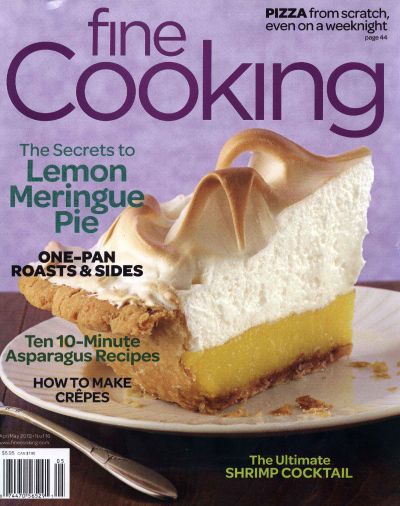 Forget the pie. If you find this issue in a yard sale or library bin, GRAB IT! It has the best pizza recipe EVER, and it's EASY! Better yet, here's the link: Fine Cooking Create Your Own Pizza Oh my gosh, you are going to love it, you are going to Thank me, so I will just say you're welcome now: You're Welcome.Their recipe is a "Create Your Own." They give you options, based on your personal tastes, and you make the pizza however you want. Here's the skinny on the crispy-thin crust, from my experience.
Forget the pie. If you find this issue in a yard sale or library bin, GRAB IT! It has the best pizza recipe EVER, and it's EASY! Better yet, here's the link: Fine Cooking Create Your Own Pizza Oh my gosh, you are going to love it, you are going to Thank me, so I will just say you're welcome now: You're Welcome.Their recipe is a "Create Your Own." They give you options, based on your personal tastes, and you make the pizza however you want. Here's the skinny on the crispy-thin crust, from my experience.
The dough:
- 1 ¾ Cup warm, not hot water (100℉)
- 1 Tbsp. Olive Oil (yes, EXTRA VIRGIN*) he he that olive oil is inexperienced.
- 2 tsp. kosher salt
- 1 ½ tsp. yeast (I just use a whole packet, which is 2 tsp., works fine.)
- 1 ½ tsp. sugar
- 4 ½ C. all-purpose flour (OK, here's where the dry air makes a diff. I had to cut this down to 4 cups)
Stir the salt, sugar and olive oil into the water, then sprinkle in the yeast, then—and this is the fun part—you can just dump all the flour in at once, and stir it up with a wooden spoon. Look gooey? Good. It's supposed to. Now cover loosely with plastic wrap (you can spray it with non-stick stuff so it doesn't stick to the dough later but no biggie). Let rise for 2 hours. OMG are you in a hurry? yeah, no sweat, this will work even if it doesn't rise that long. I've even made it right before I started cooking and it was fine. Doesn't get as bubbly and stuff, but it's still pizza. Get over it.The dough will rise and fall on its own, no need to punch it down. Then you can refrigerate before using, but again, you don't have to. (Do you get the feeling that I'm a make-it-at-the-last-minute kind of gal?) The dough keeps well in the fridge and, truth be told, it's even a little better after a day or two.
The Sauce:
- 1 28 oz. can of peeled tomatoes in juice (San Marzano style if you can get 'em, if not, just get the store brand)
Pulse tomatoes in a food processor—or right in the can, using a stick blender—and the dump in a saucepan and bring to a simmer. Reduce heat and maintain simmer, stirring occasionally for about 40 minutes til tomatoes are reduced, and super yummy. You can use the tomatoes that have the basil with them, it comes out pretty yummy.
"But Heidi, why do I have to use whole tomatoes and then dirty up my food processor? Can't I just buy puréed tomatoes and call it a day?"
Yeah, if you're a total wuss, and you don't like good pizza. I mean, why do you have a food processor to begin with? To make f*cking better food, that's why. Just man up and do it the right way.
The stuff:
You can put Whatever You Want on your pizza!! YAY!!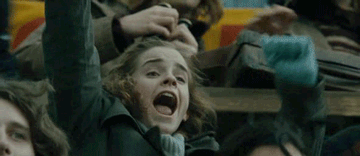 Really, you can put whatever you want on your pizza. I like good ol' cheese and sausage, some onions, maybe mushrooms. Just remember, with a thin crust you can't load it up too heavy or the dough will get weighed down, and won't slide off your pizza peel. Which leads me to...
Really, you can put whatever you want on your pizza. I like good ol' cheese and sausage, some onions, maybe mushrooms. Just remember, with a thin crust you can't load it up too heavy or the dough will get weighed down, and won't slide off your pizza peel. Which leads me to...
The Technique:
- flour
- rolling pin
- corn meal
- pizza peel (the wooden paddle)
- pizza stone
First, place your pizza stone in the oven and heat to 450°. You don't need an expensive stone. I got mine at Big Lots for 10 bucks. First time you use it, you have to heat it gradually—start the oven at 350, then work in increments until you can heat it to 450° for half an hour or so, the hotter the better. (Read the directions that come with your stone.)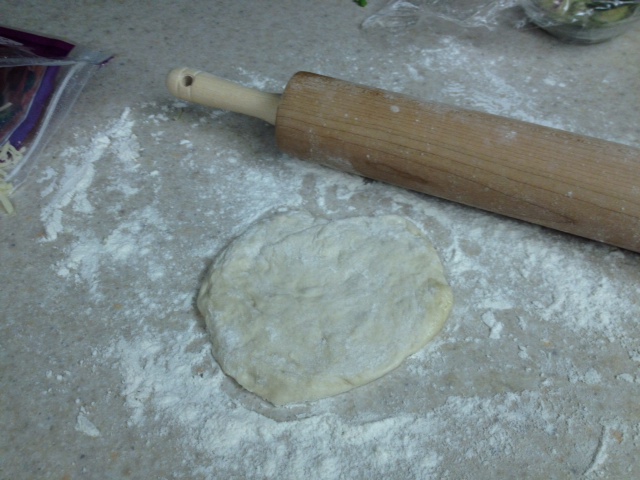 Ok, so you have your gooey dough. Grab a handful, about the size of a peach. Place it on your floured counter, and you will probably have to pat it down into a little circle, just like when you were a kid and played with your play-doh. Sprinkle more flour as needed, then roll out the dough with your rolling pin. Keep rolling and flipping your dough over, until it is super thin. You want to make sure to flip it over and move it around, adding flour as needed or it will stick to the counter.When your dough is about ⅛ inch thick or less, transfer it to your pizza peel which you have GENEROUSLY dusted with cornmeal. The cornmeal acts as a slider for the dough so it won't stick to the peel. Then you put your toppings on. Sauce, cheese, and whatever else. Don't put your toppings on before you have your crust on the peel!! You will have to just throw it all in the garbage.
Ok, so you have your gooey dough. Grab a handful, about the size of a peach. Place it on your floured counter, and you will probably have to pat it down into a little circle, just like when you were a kid and played with your play-doh. Sprinkle more flour as needed, then roll out the dough with your rolling pin. Keep rolling and flipping your dough over, until it is super thin. You want to make sure to flip it over and move it around, adding flour as needed or it will stick to the counter.When your dough is about ⅛ inch thick or less, transfer it to your pizza peel which you have GENEROUSLY dusted with cornmeal. The cornmeal acts as a slider for the dough so it won't stick to the peel. Then you put your toppings on. Sauce, cheese, and whatever else. Don't put your toppings on before you have your crust on the peel!! You will have to just throw it all in the garbage.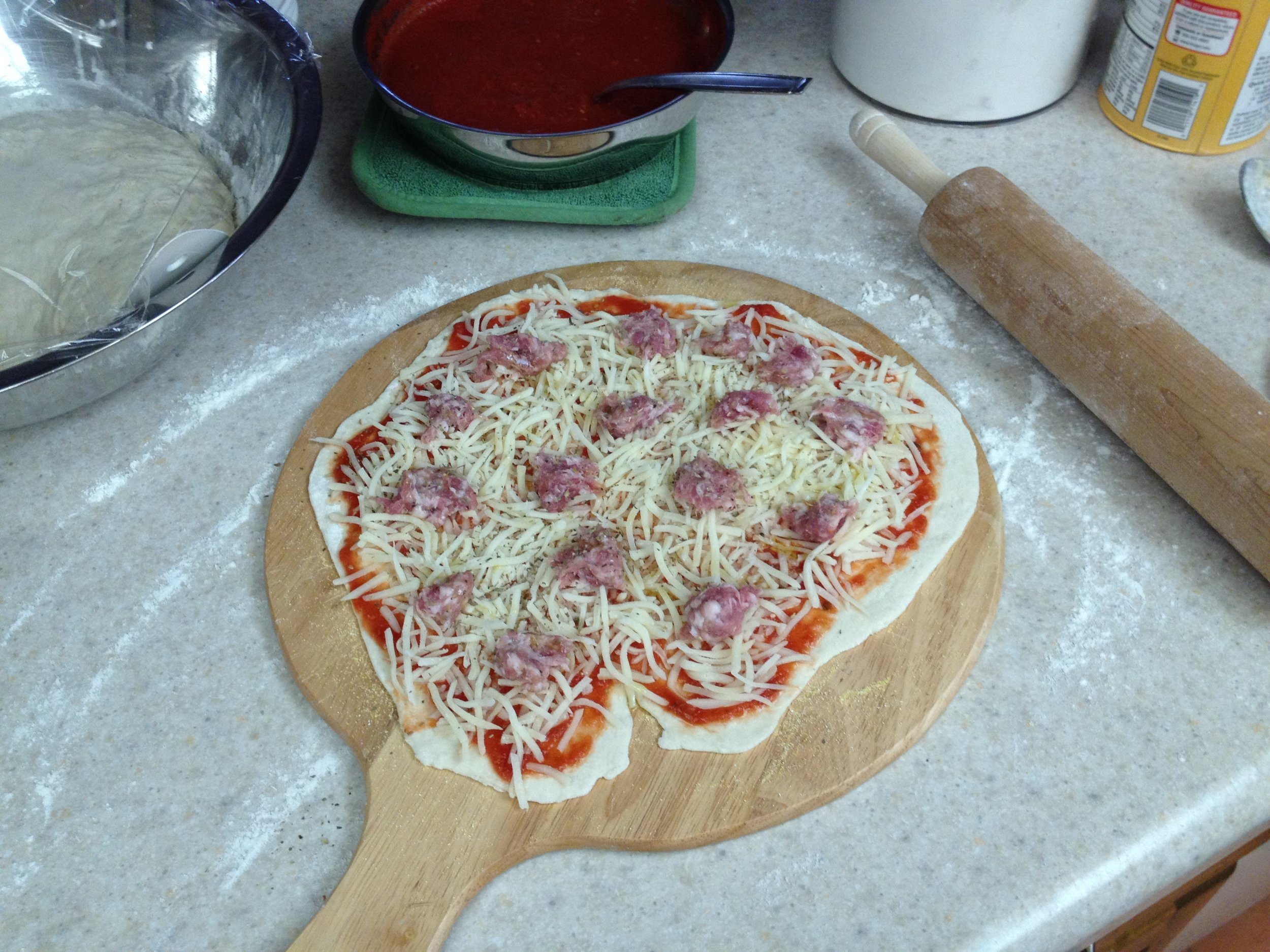 This is what happens when you don't have enough cornmeal, or part of the peel gets a little olive oil on it:
This is what happens when you don't have enough cornmeal, or part of the peel gets a little olive oil on it: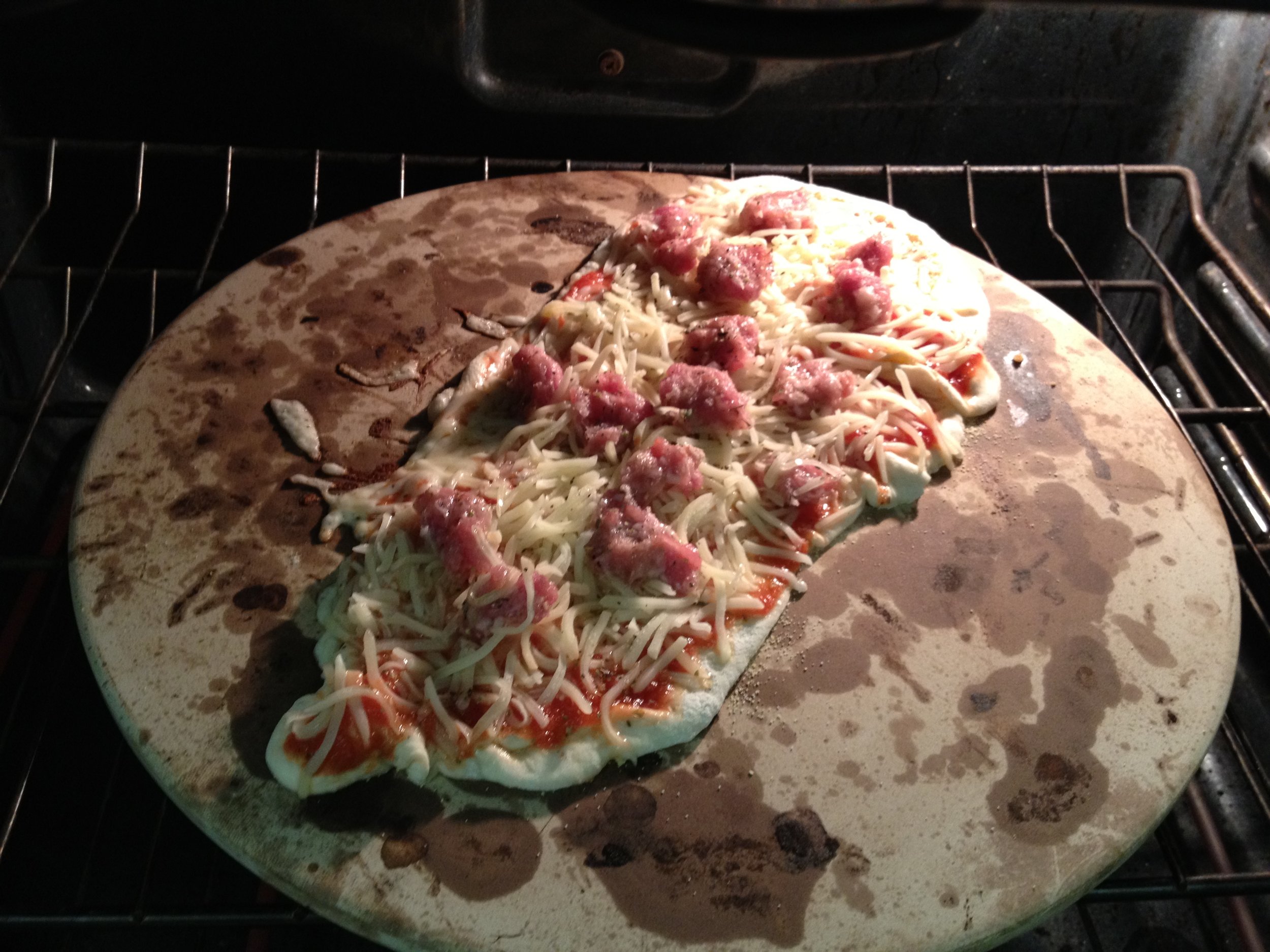 But we cooked it anyway, and even though it looked goofy, it still tasted good!
But we cooked it anyway, and even though it looked goofy, it still tasted good! The pizza will take about 12-15 minutes to get nice & crispy. I will say, it's still not as thin and cracker-y as Bonnie's, or my brother's favorite (and possibly a contender for best pizza ever): Pizza Bella in Palatine, Il., but, for a home cook who's still trying to figure things out, it's pretty damn good. And you know what? We never have leftovers.I'll be going to visit Grandma G. next week. She just turned 92! Here is a picture of her in her wedding dress:
The pizza will take about 12-15 minutes to get nice & crispy. I will say, it's still not as thin and cracker-y as Bonnie's, or my brother's favorite (and possibly a contender for best pizza ever): Pizza Bella in Palatine, Il., but, for a home cook who's still trying to figure things out, it's pretty damn good. And you know what? We never have leftovers.I'll be going to visit Grandma G. next week. She just turned 92! Here is a picture of her in her wedding dress:
And me in the same dress, 50 years later: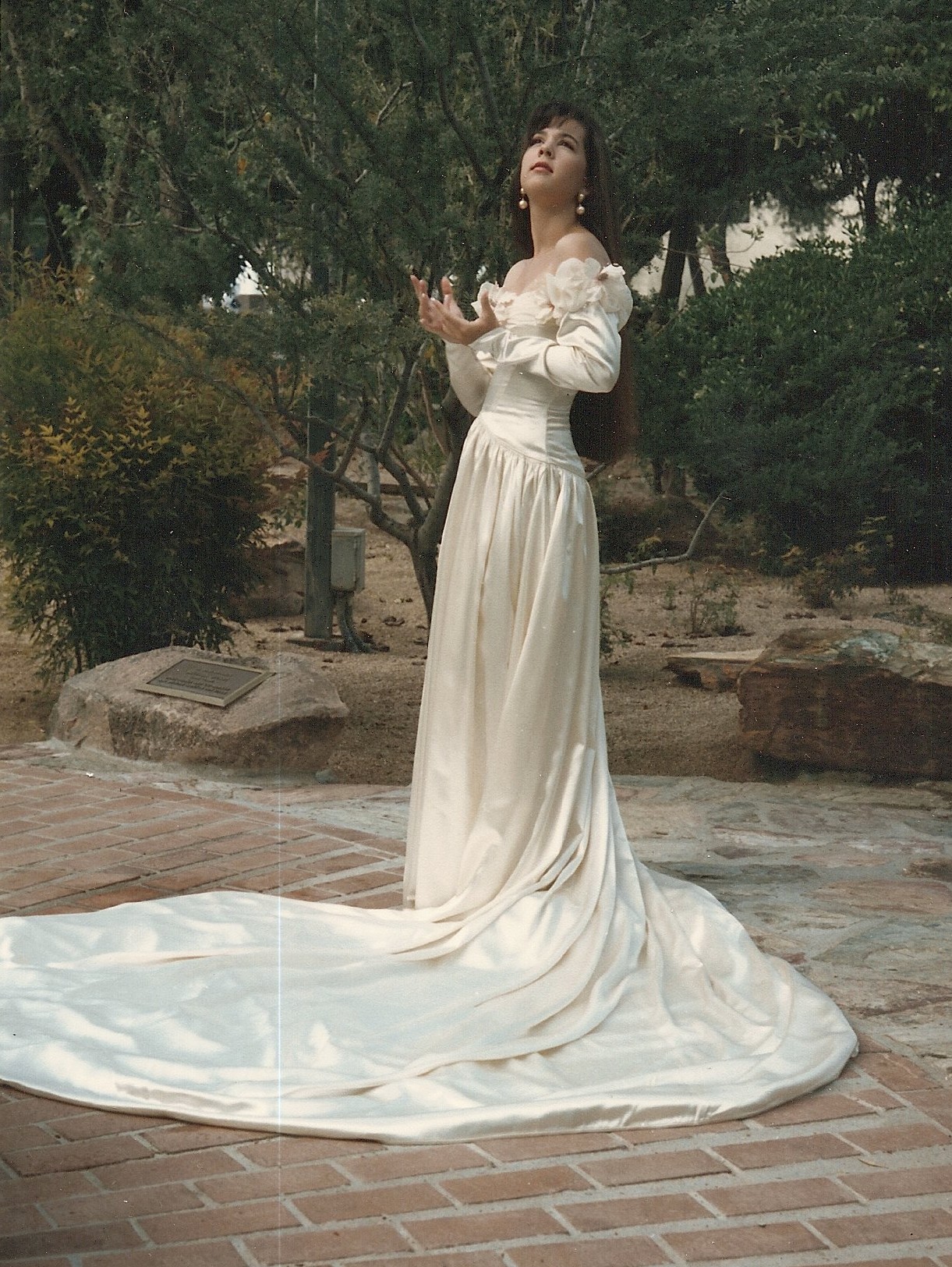 She's an awesome lady. If you have access to a grandma, I highly recommend giving her a hug and thanking her for everything she did. Because I'm sure you don't even know the half of it.If I get my act together and can do it on a day when I don't look like shit, I will have my kids video me making this so you can see the whole process. Until then, if you have any questions, leave them in the comments and I will be happy to be your pizza Dear Abby.
She's an awesome lady. If you have access to a grandma, I highly recommend giving her a hug and thanking her for everything she did. Because I'm sure you don't even know the half of it.If I get my act together and can do it on a day when I don't look like shit, I will have my kids video me making this so you can see the whole process. Until then, if you have any questions, leave them in the comments and I will be happy to be your pizza Dear Abby.
*about olive oil: don't call it E.V.O.O. Rachael Ray has some good recipes, and seems like a cool person but she bugs the shit out of me. And if you ever say YUMMO around me, I will slap you.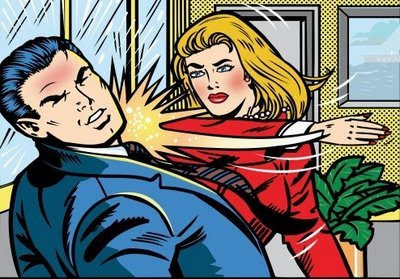 Comment! Comment! Comment!
Comment! Comment! Comment!




